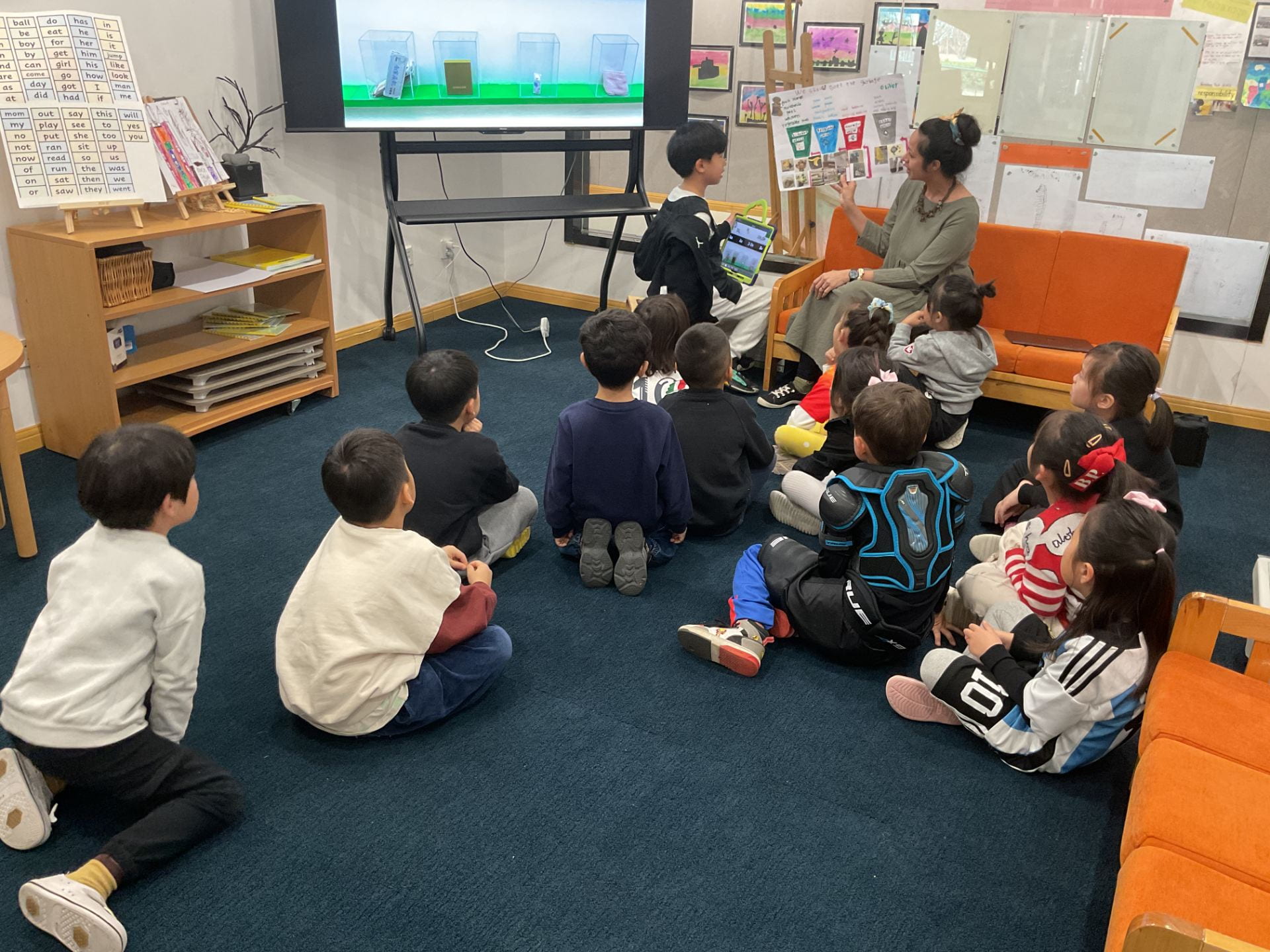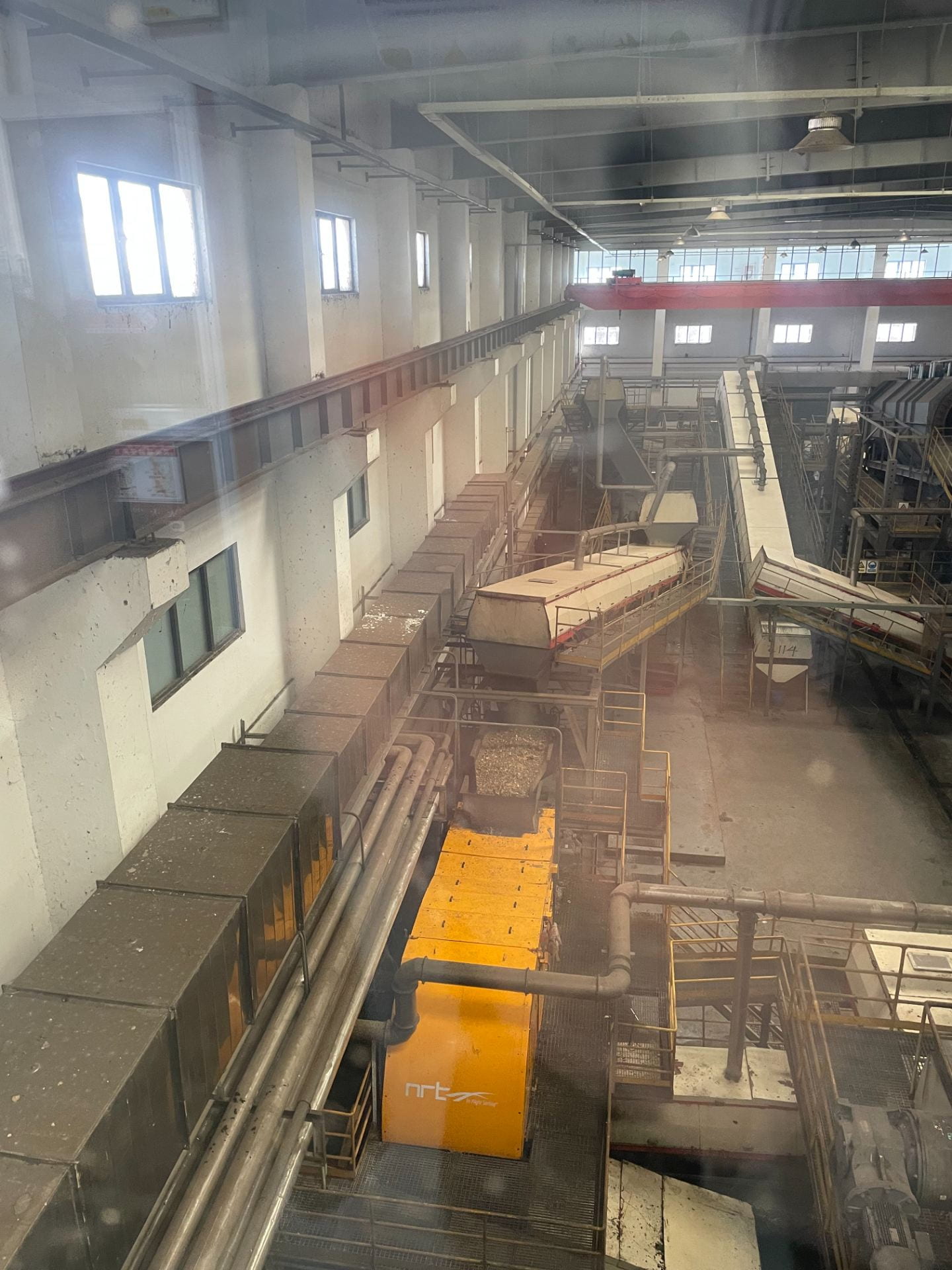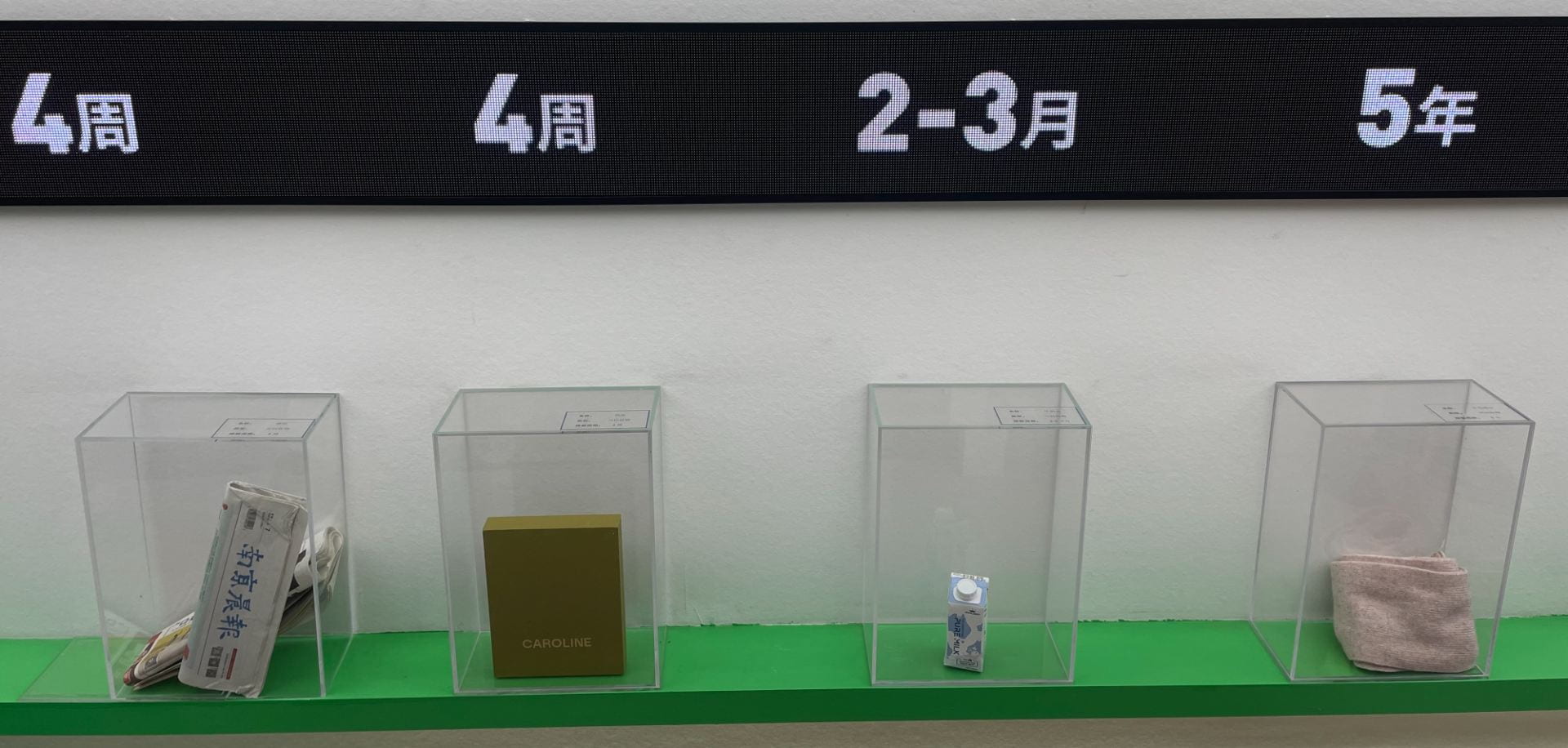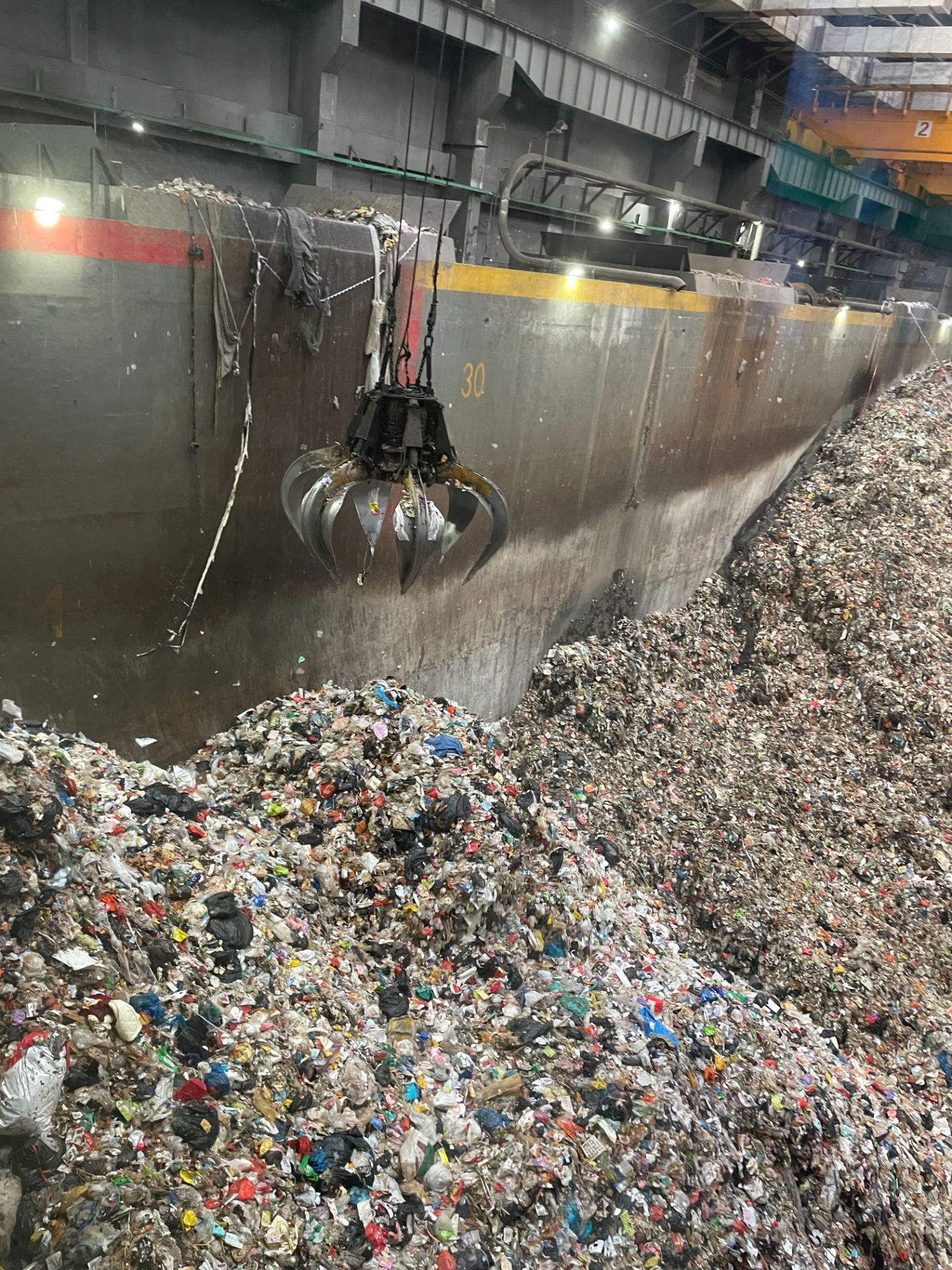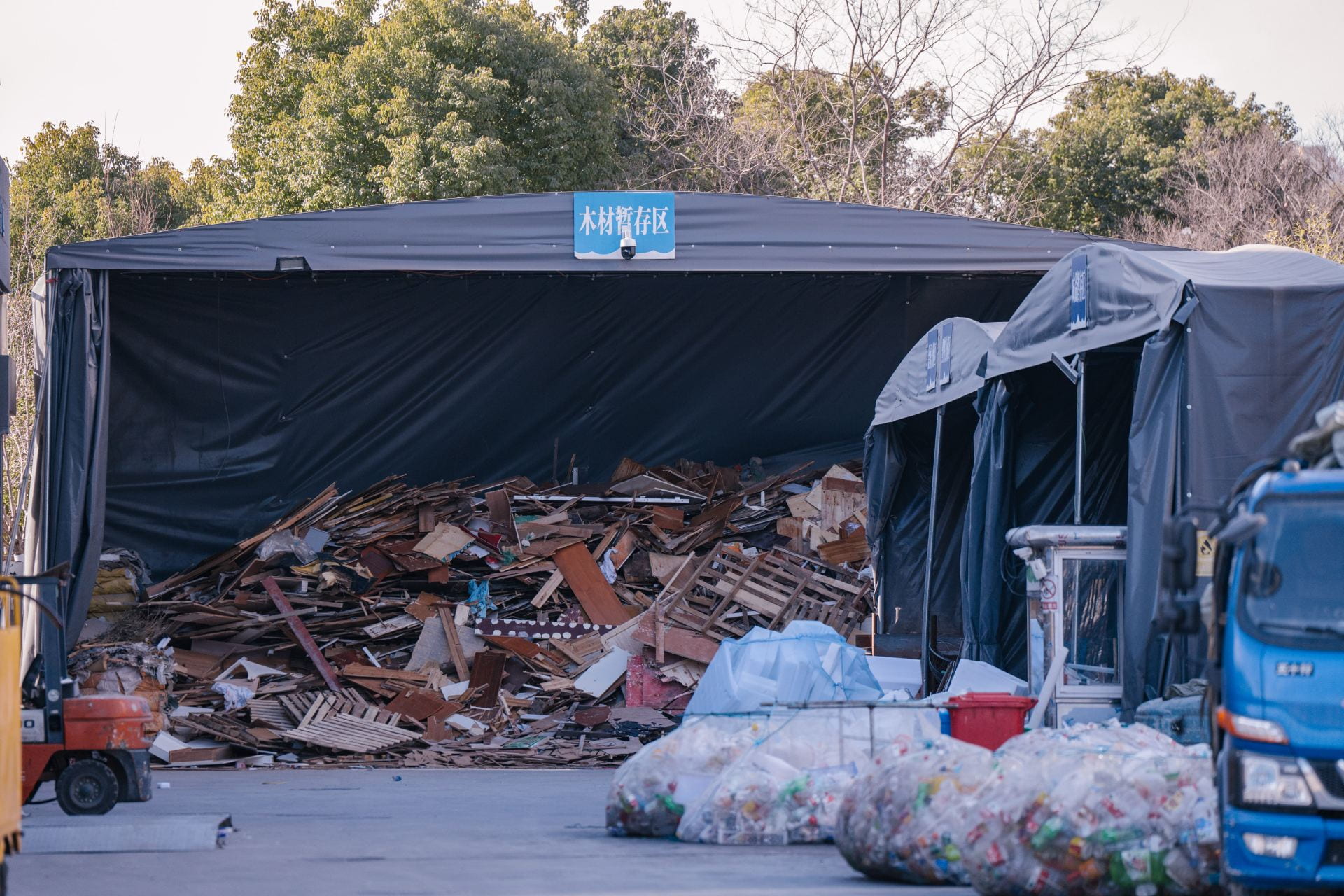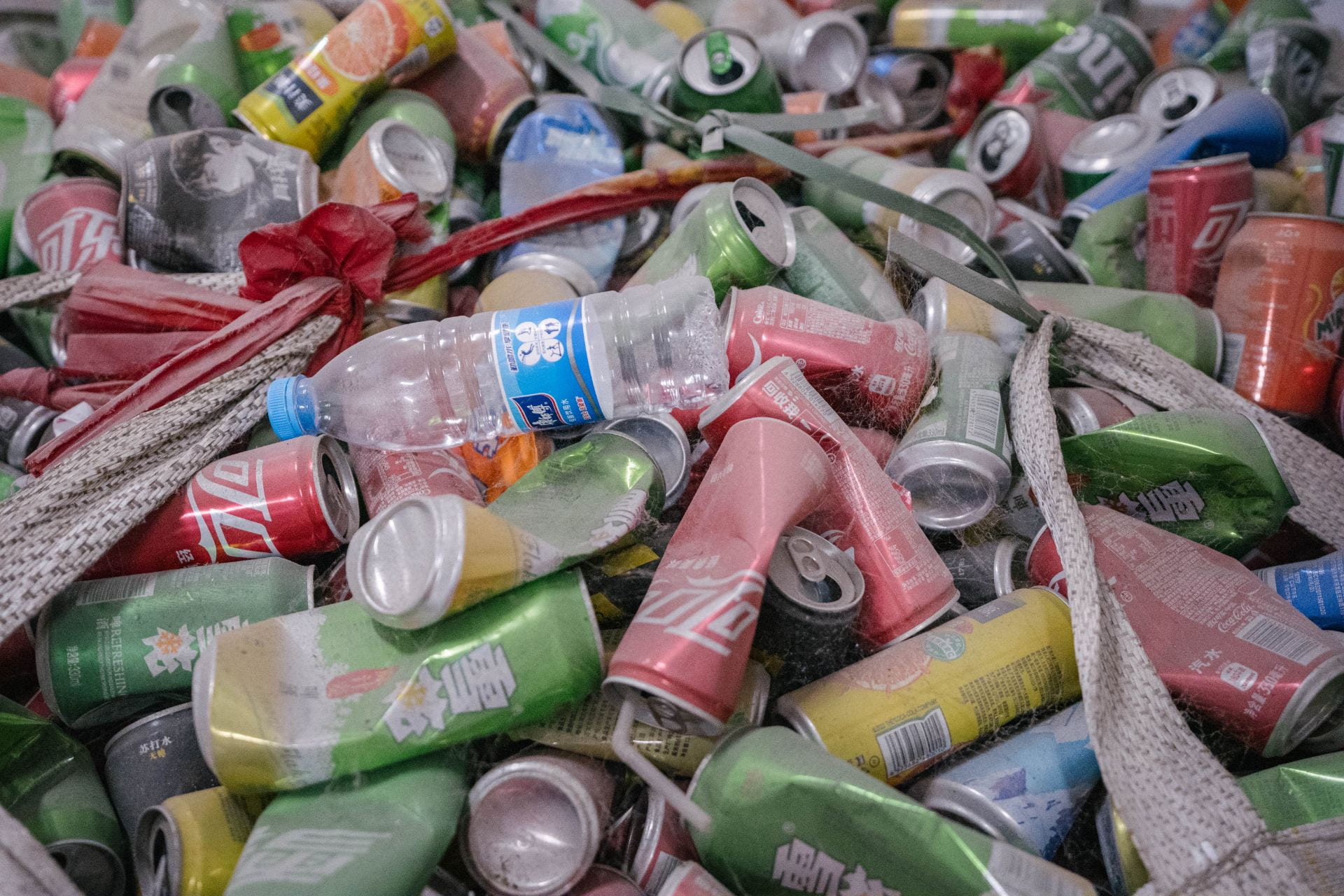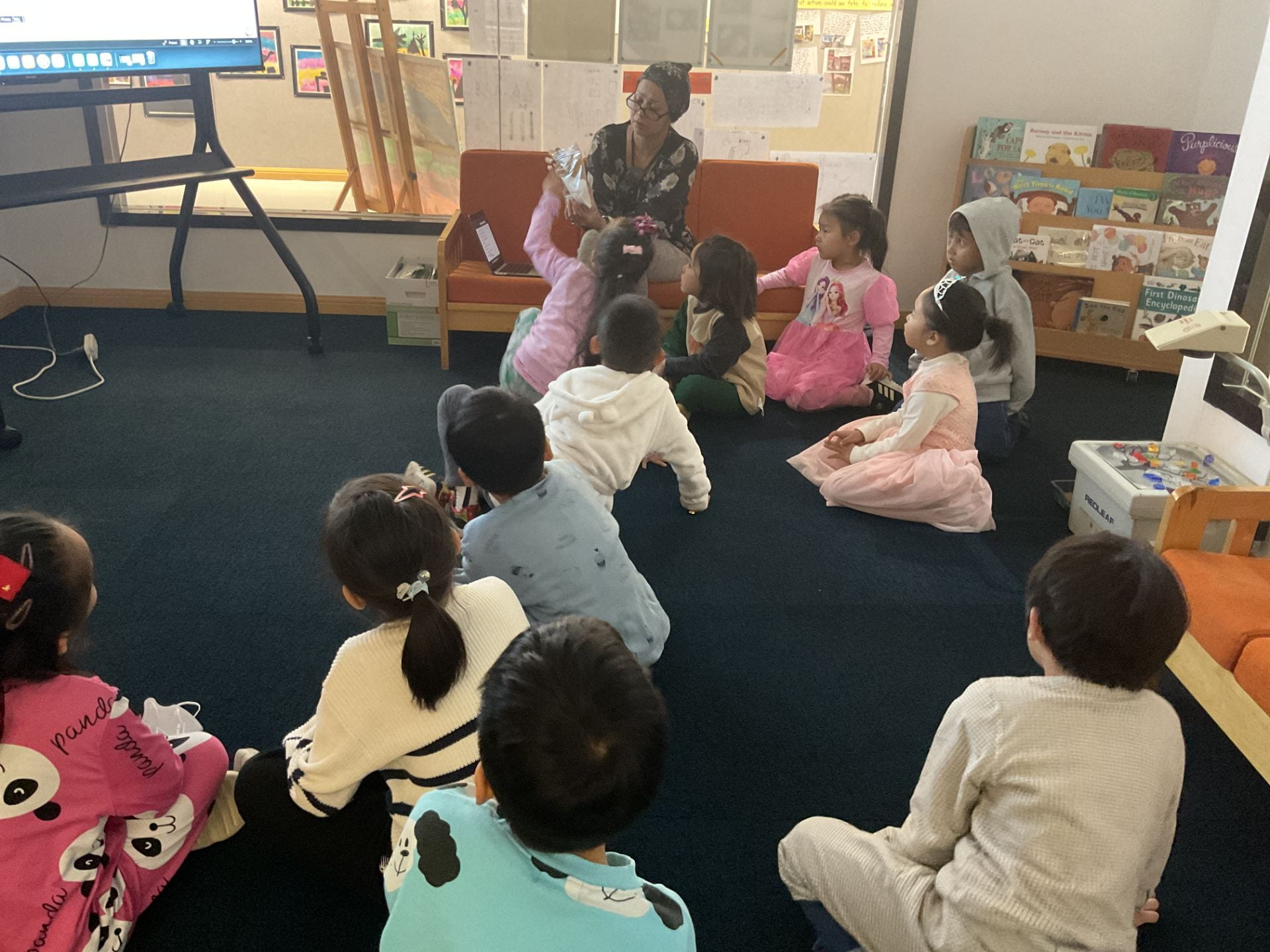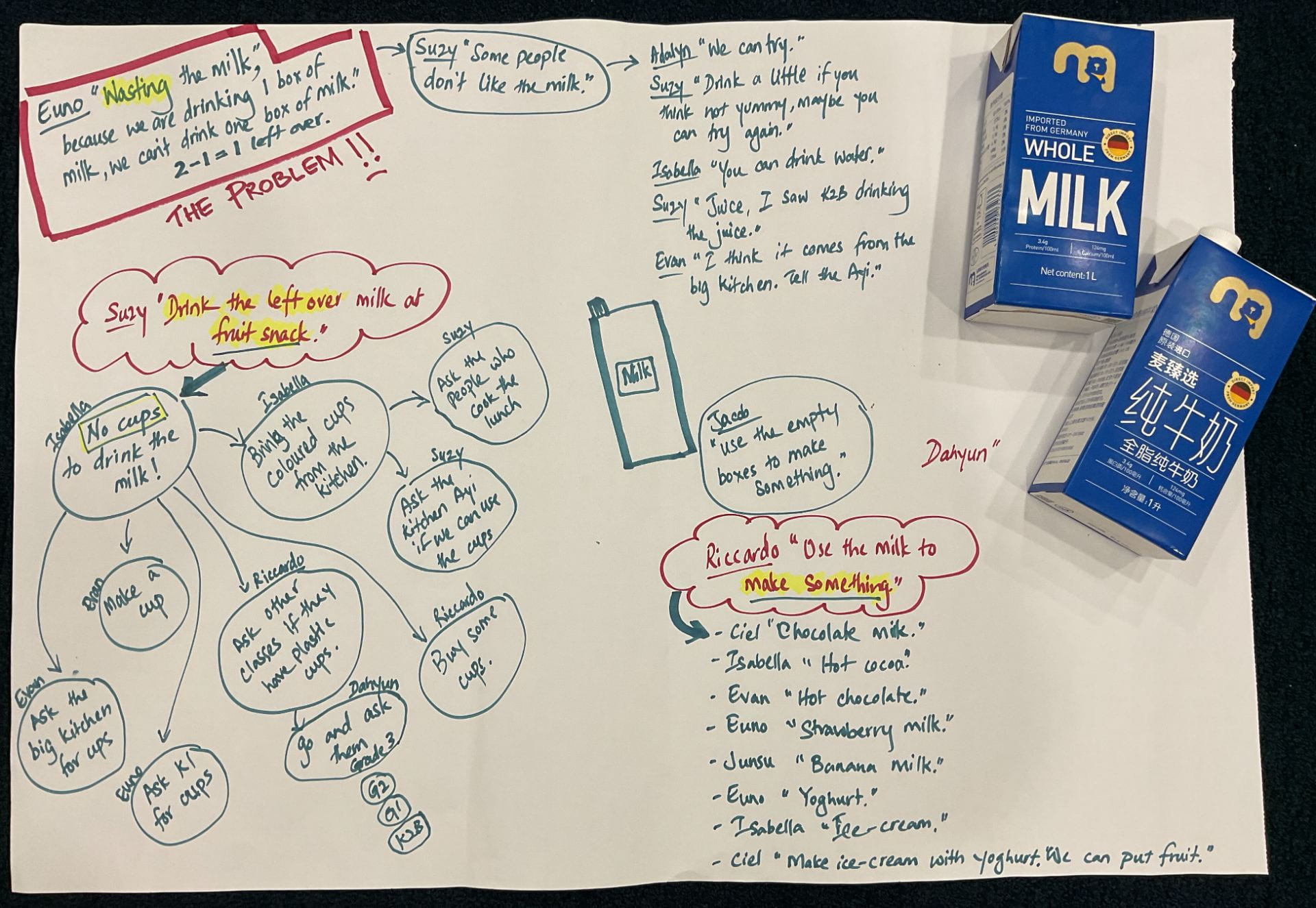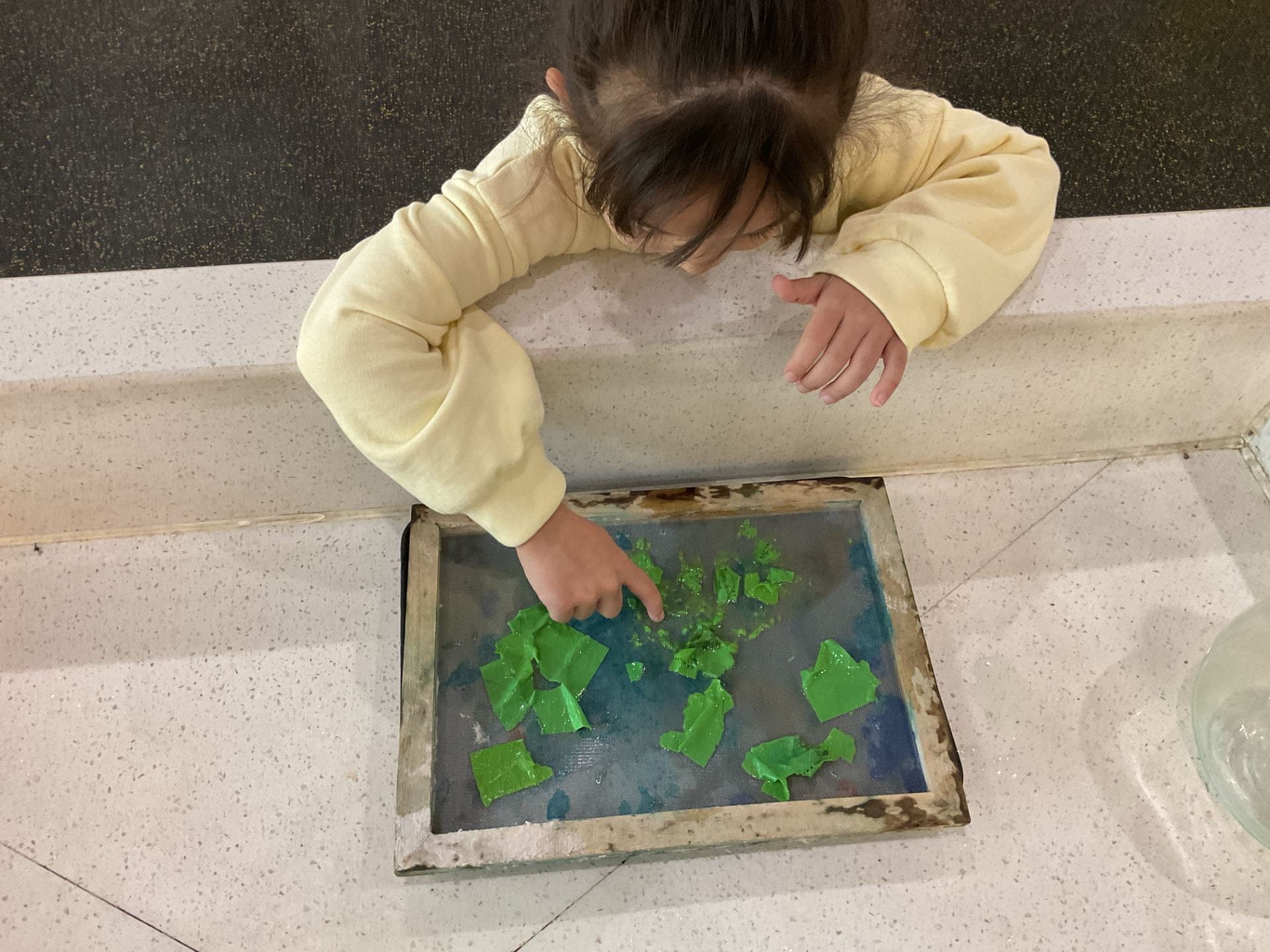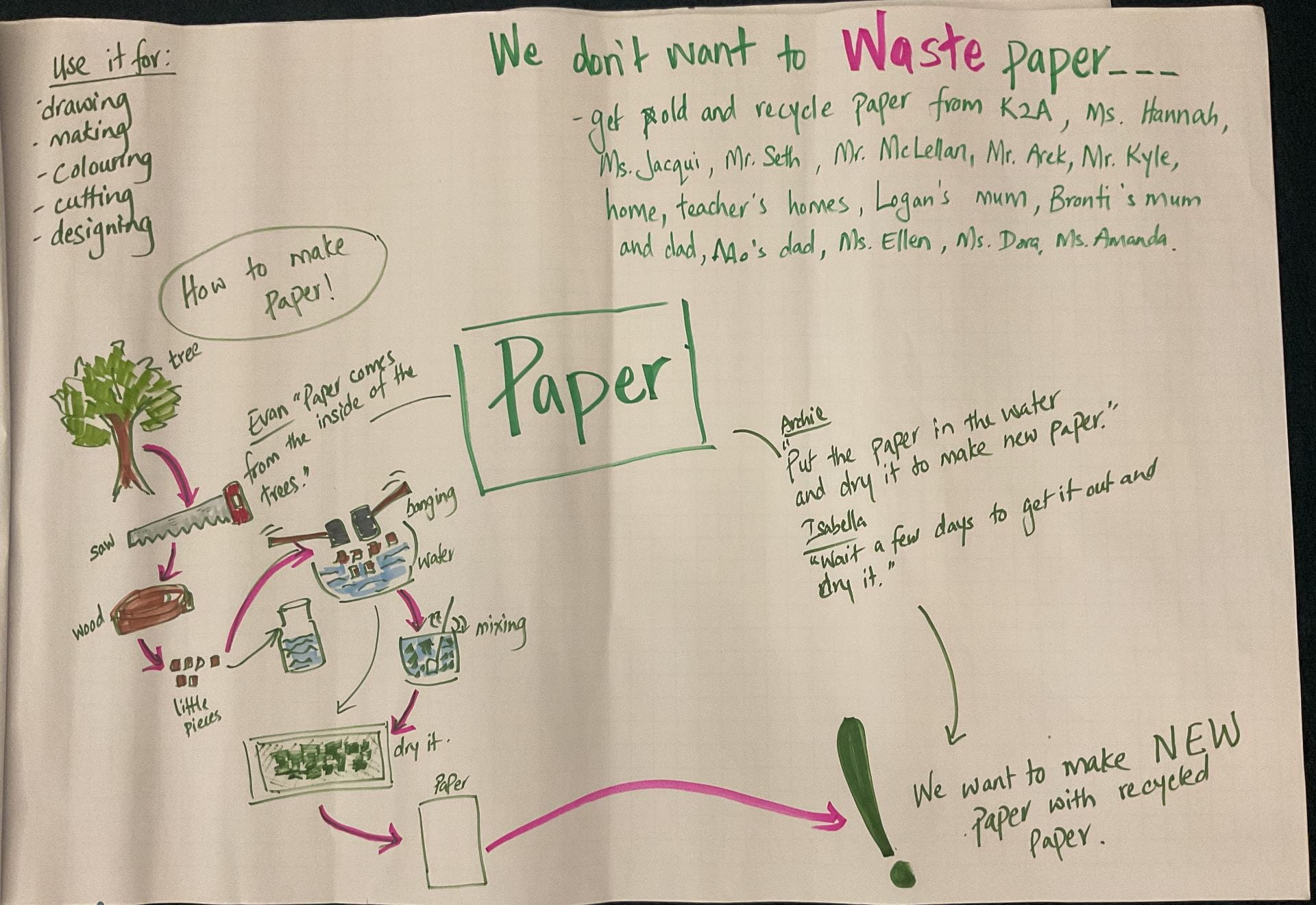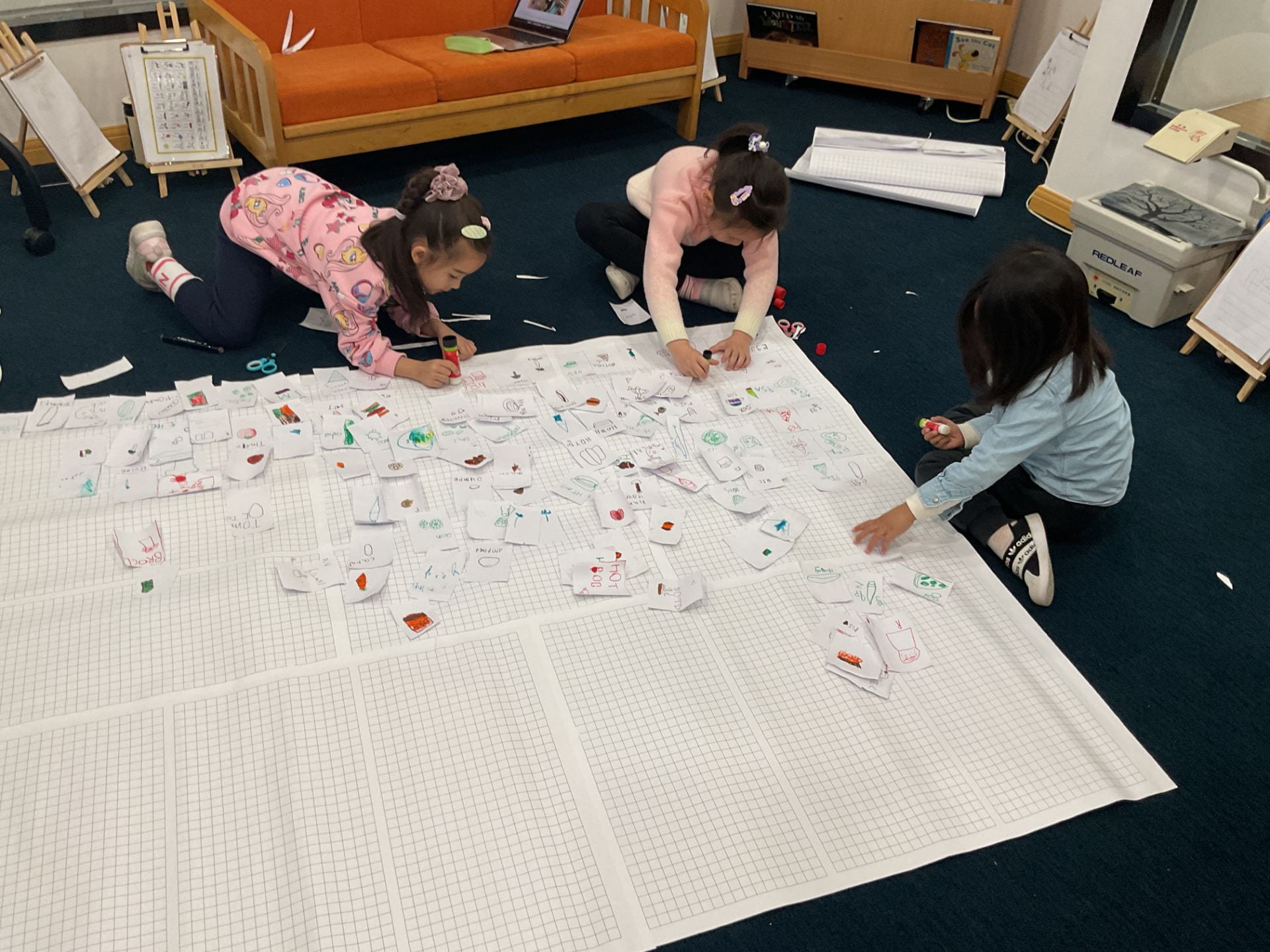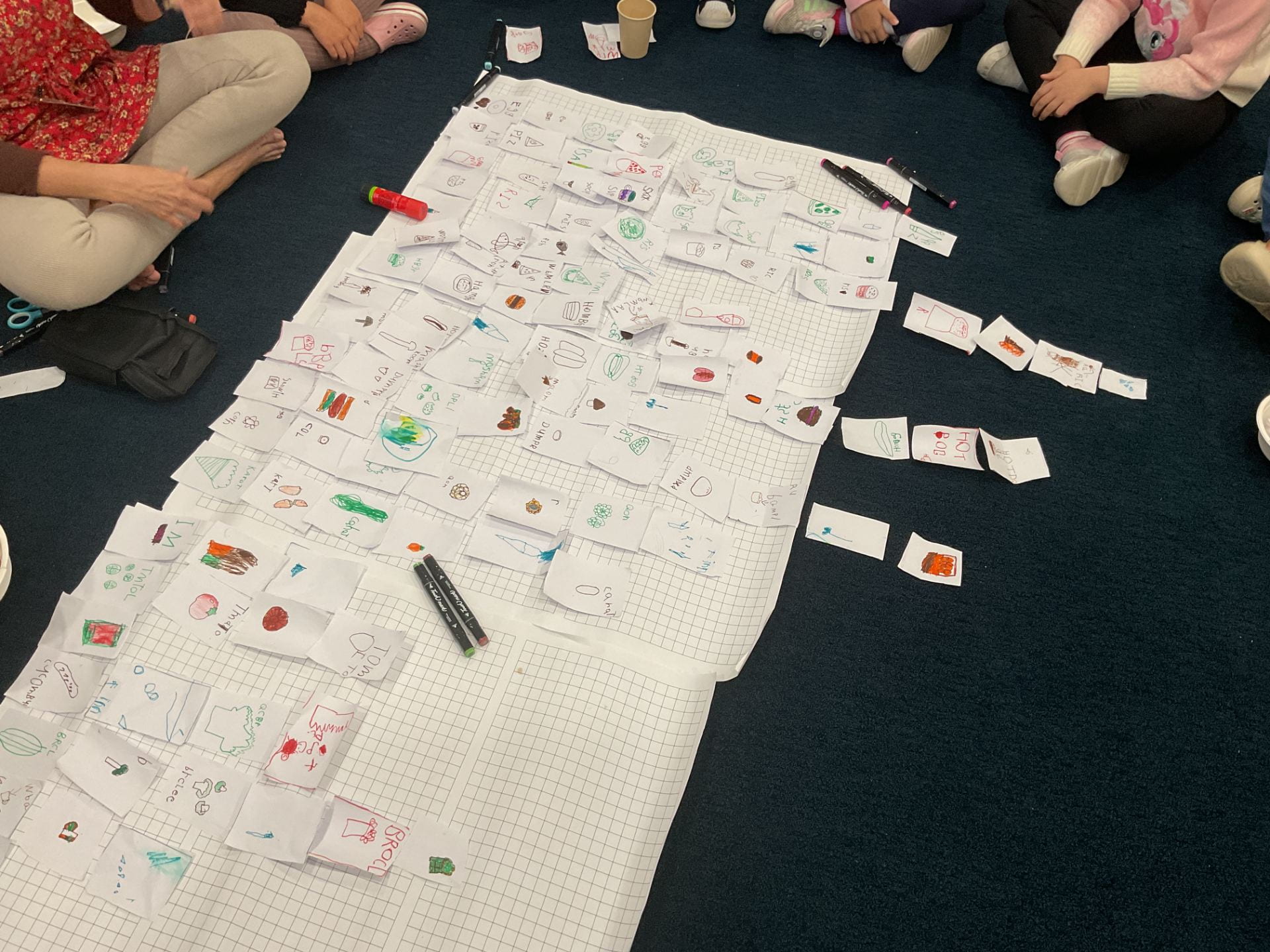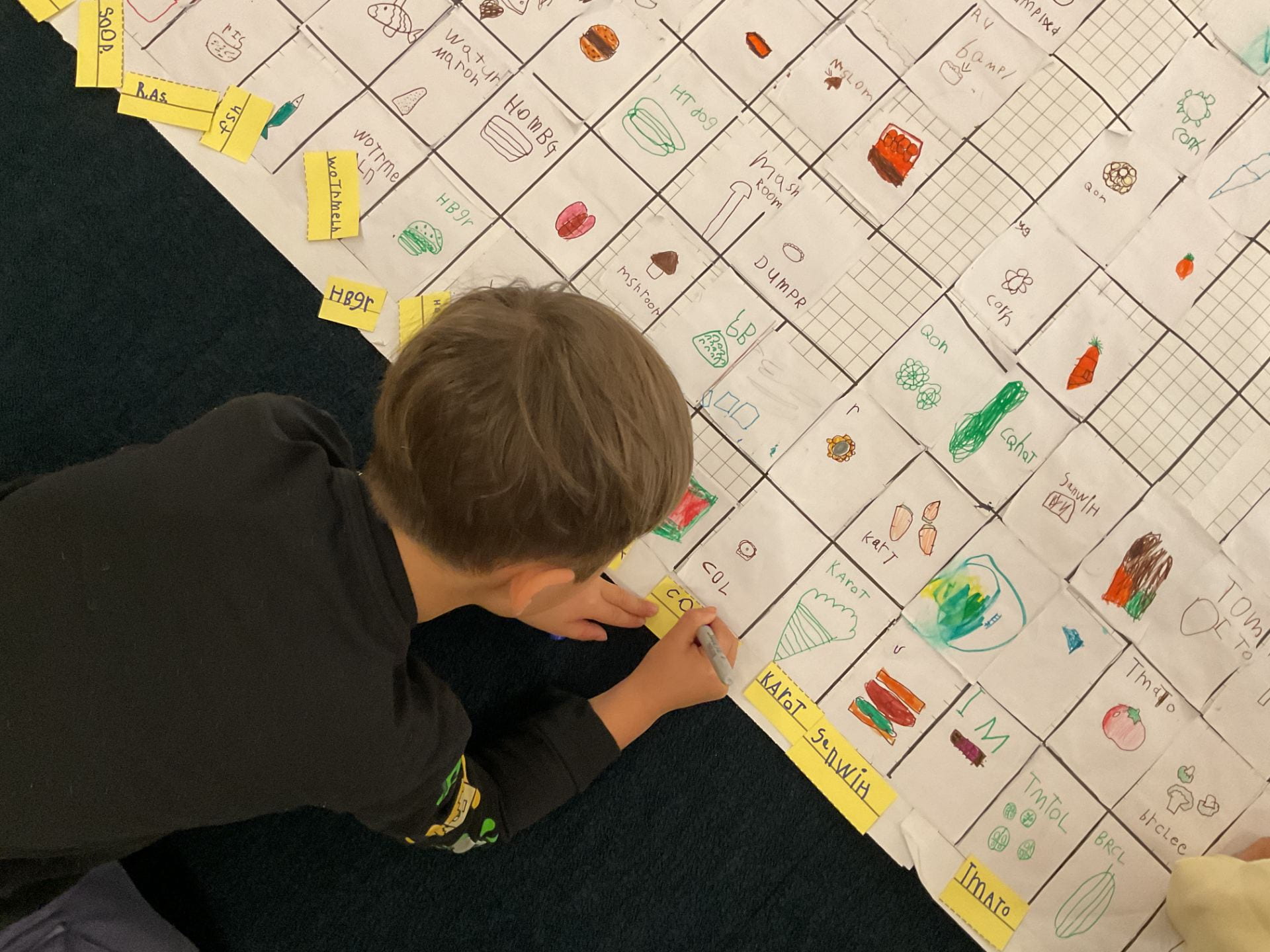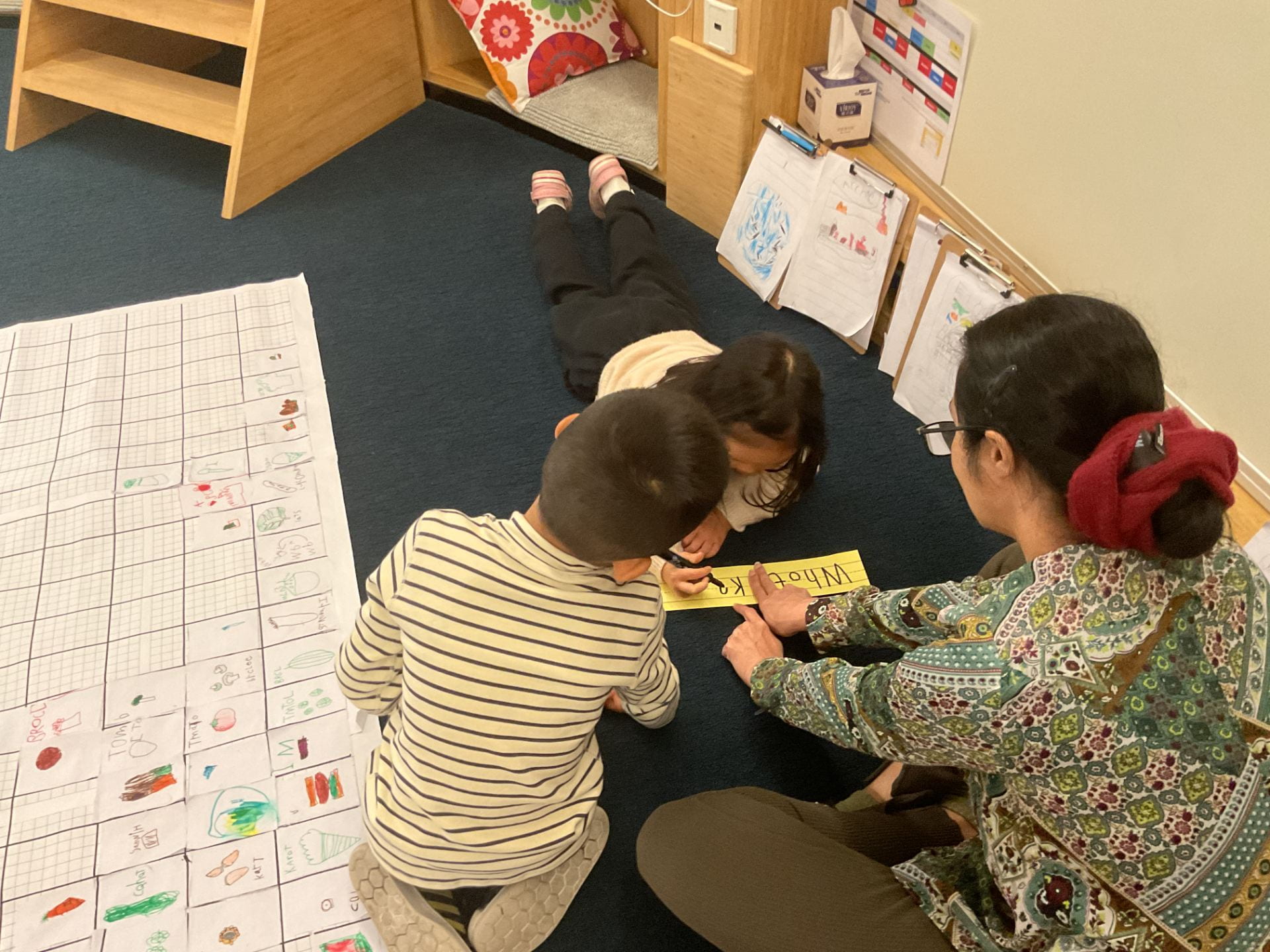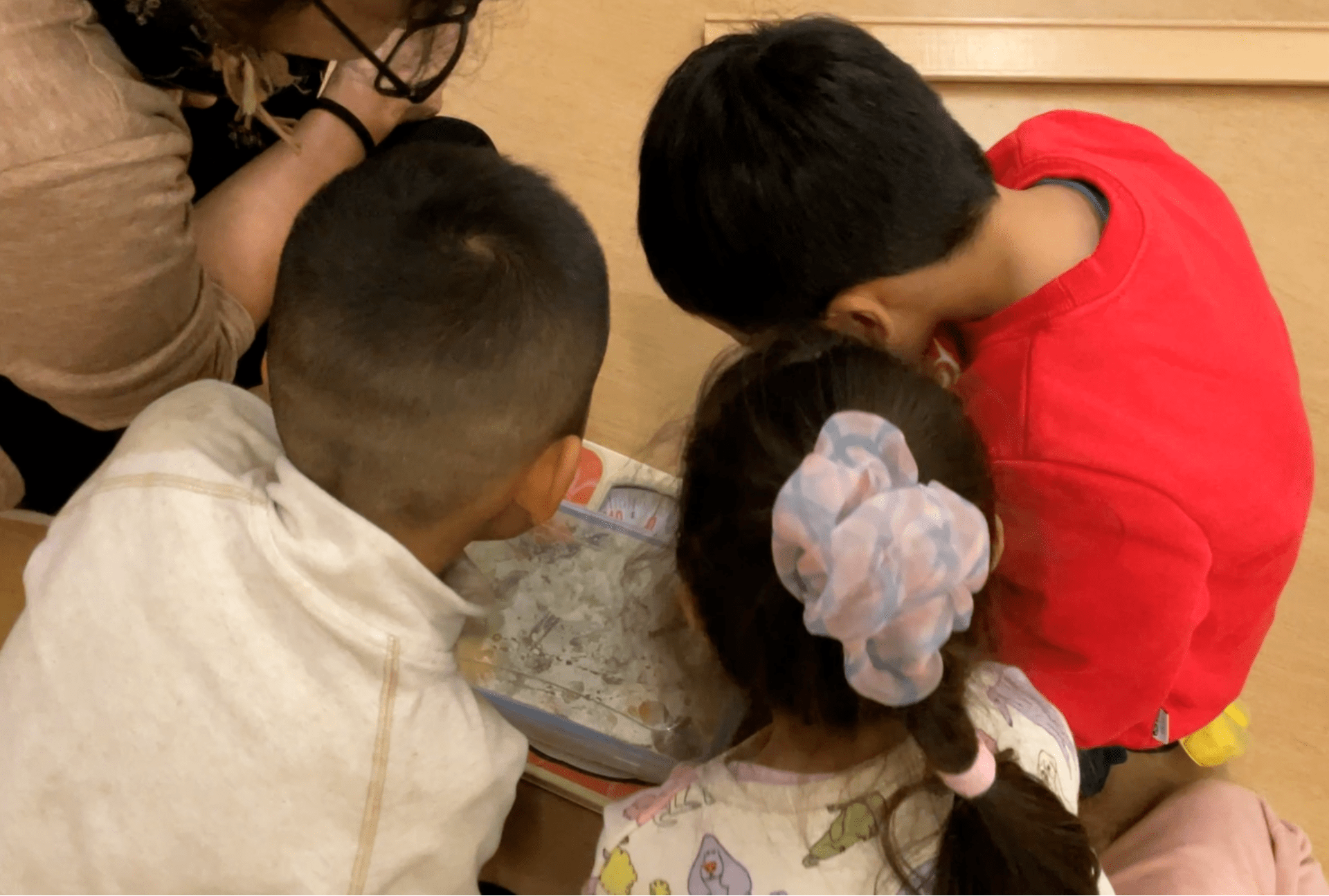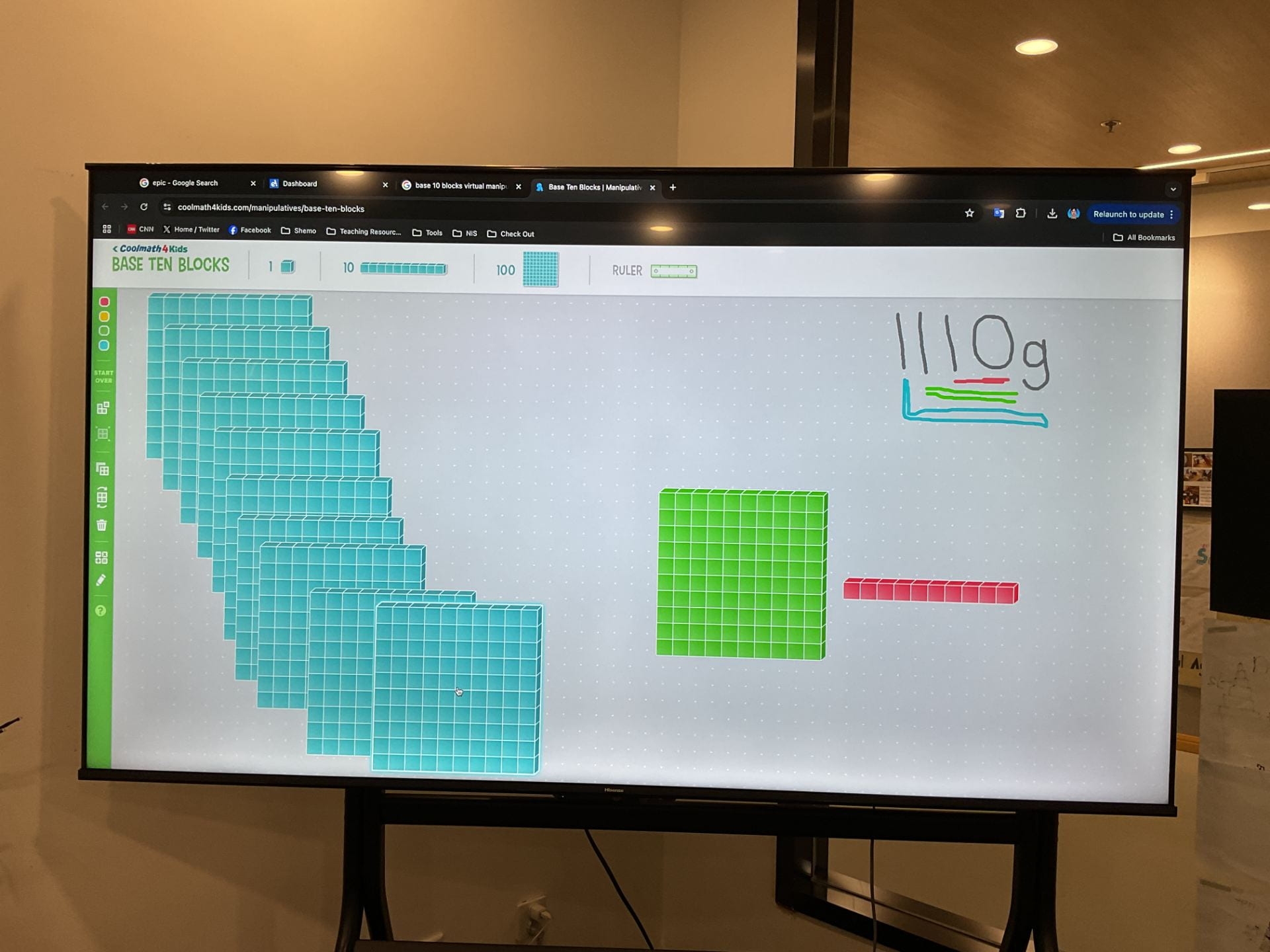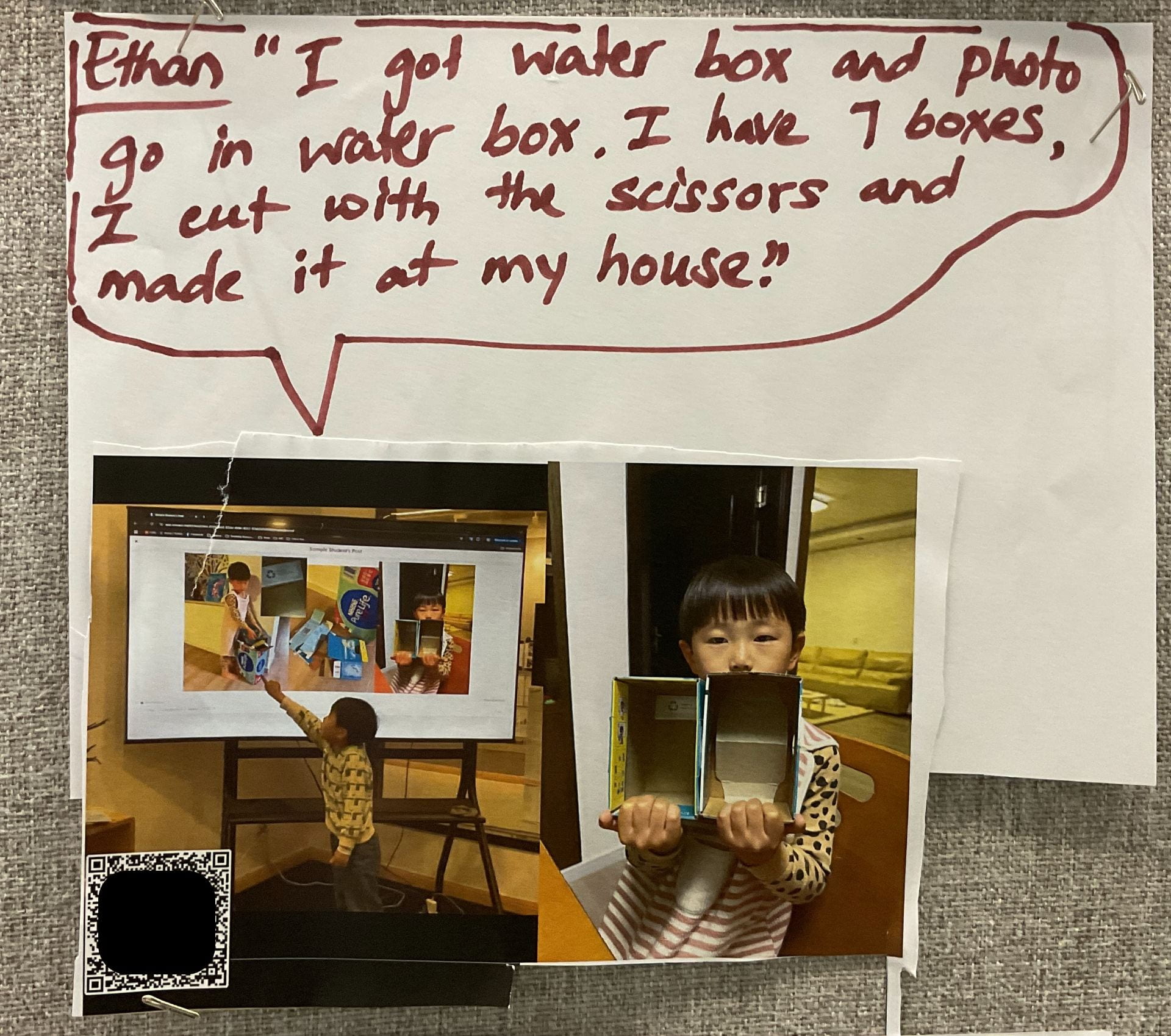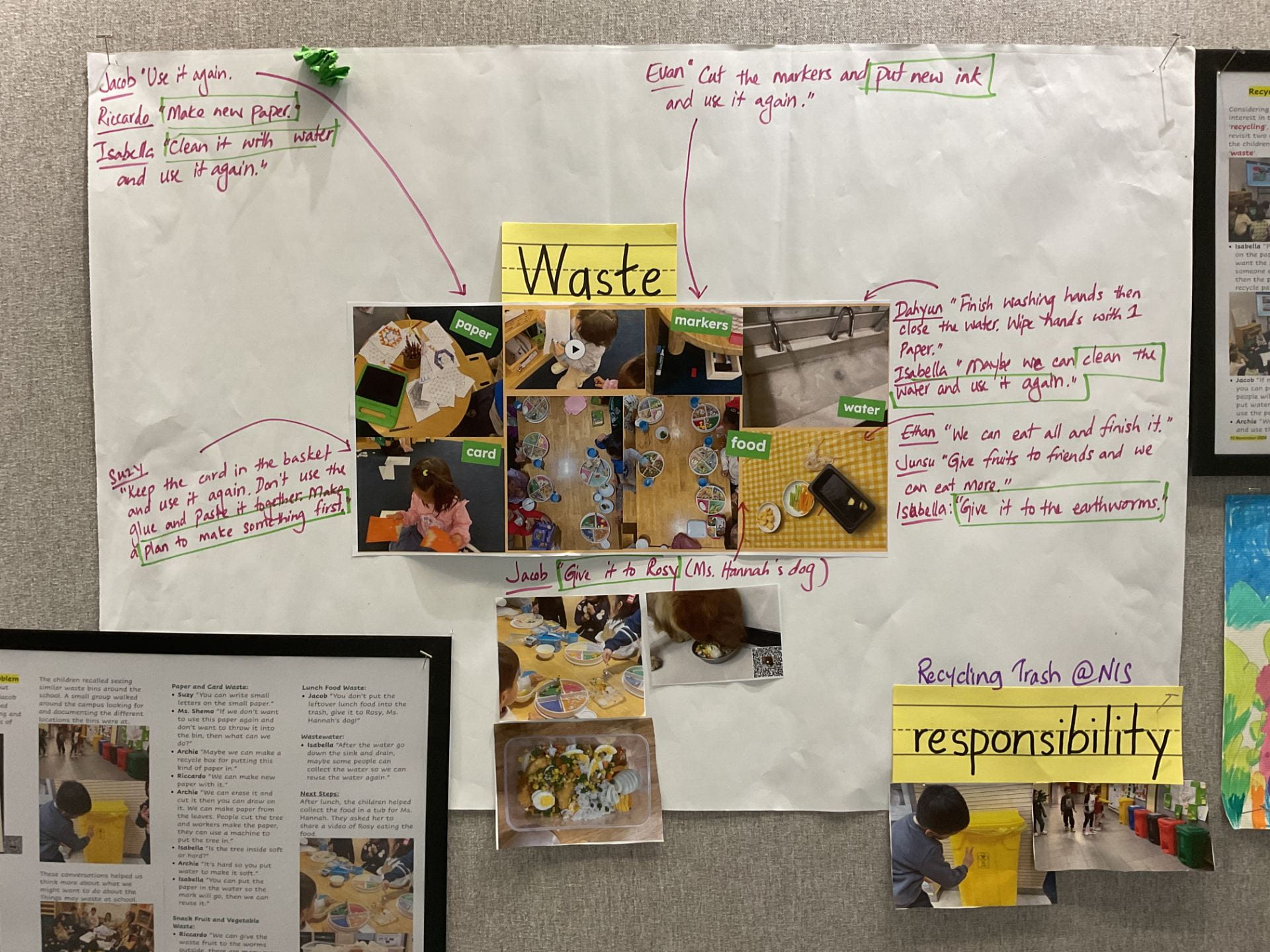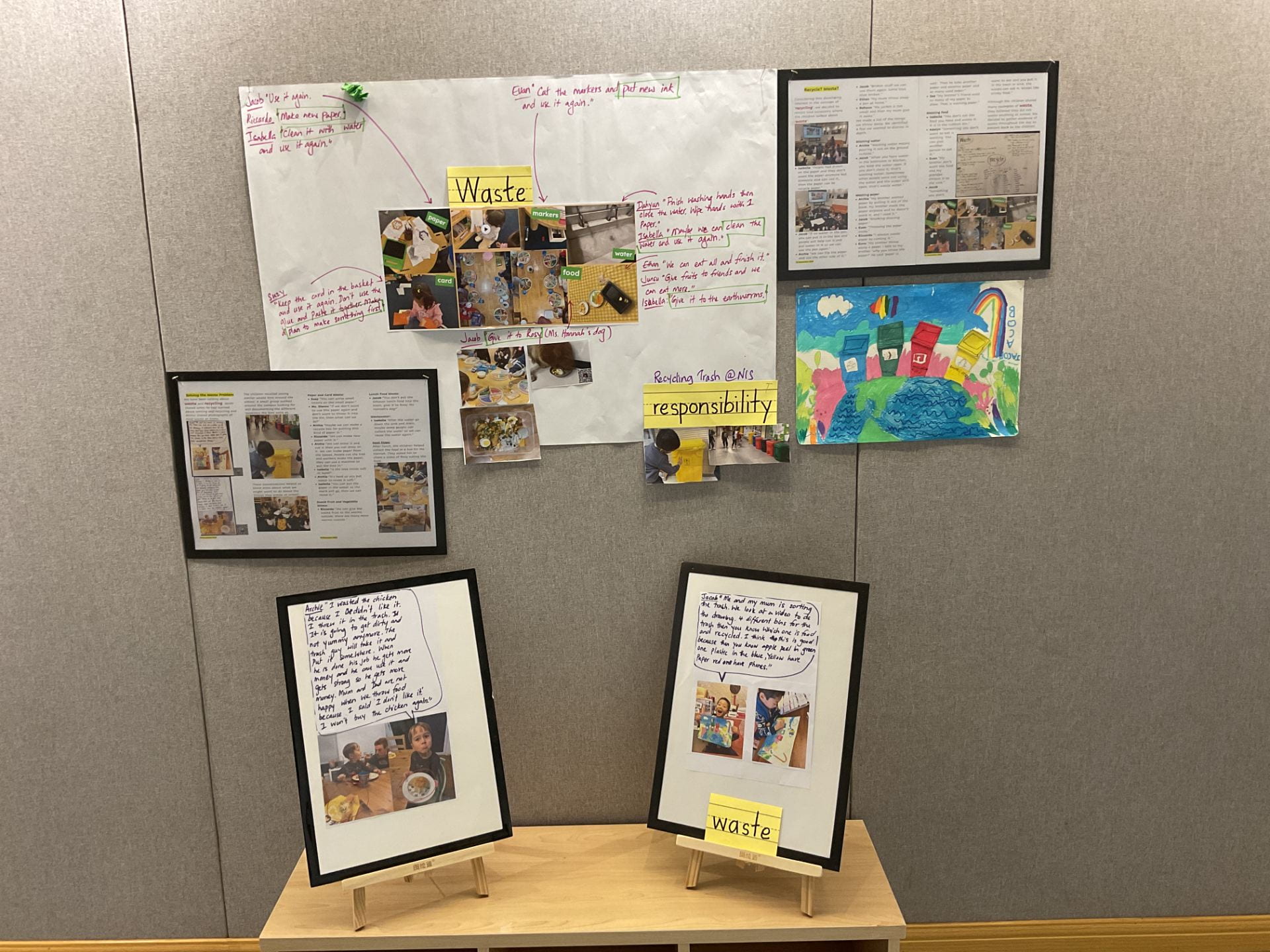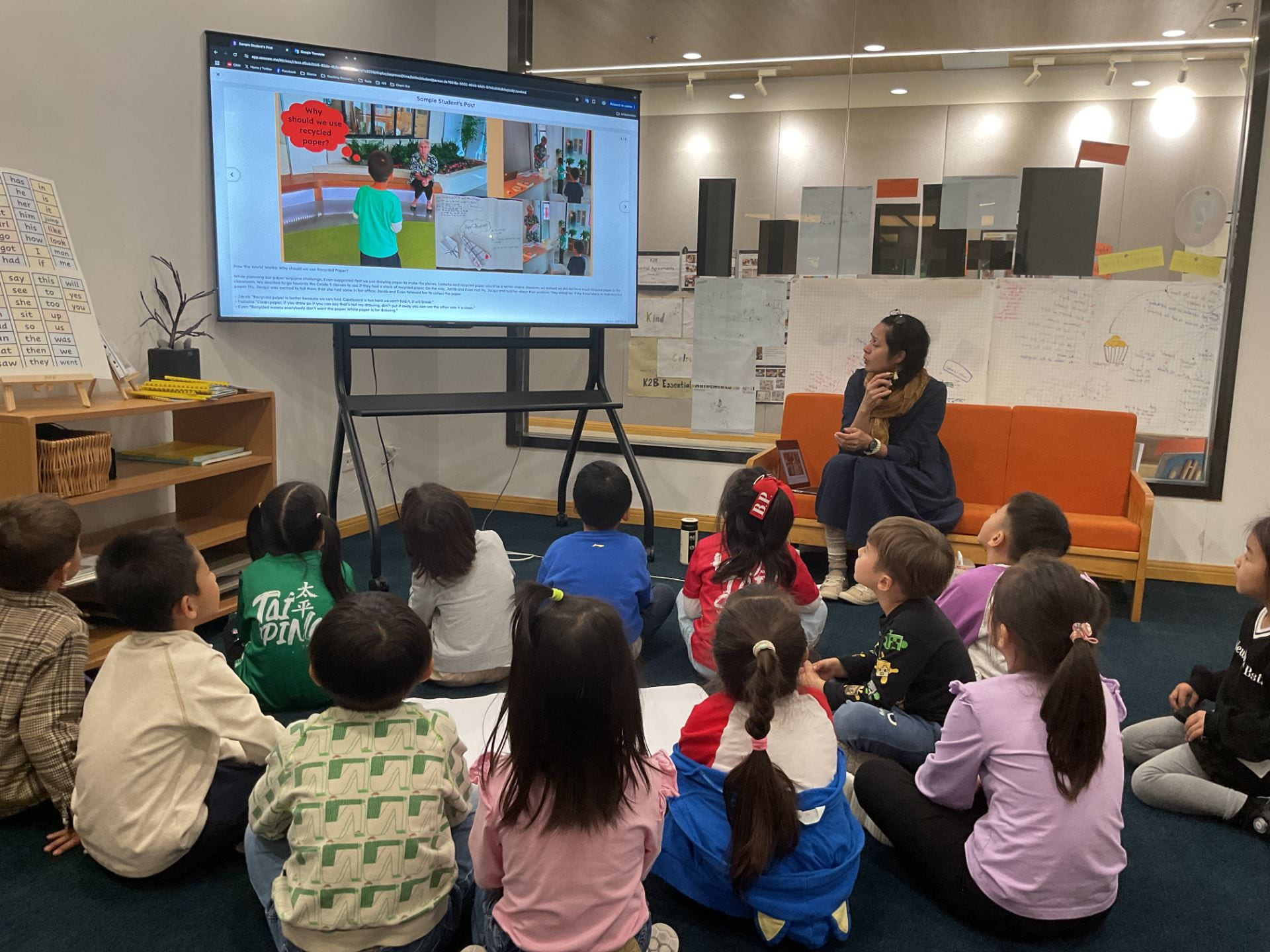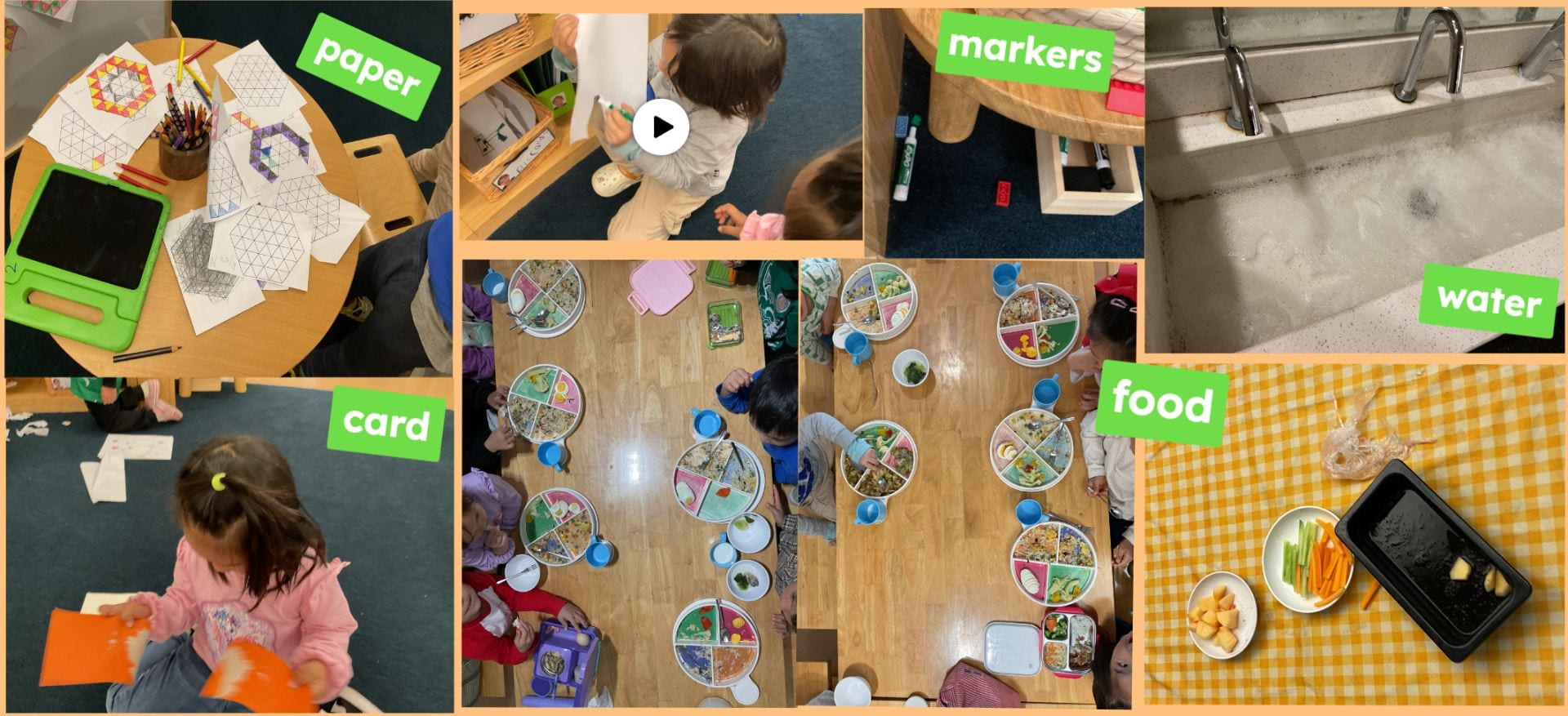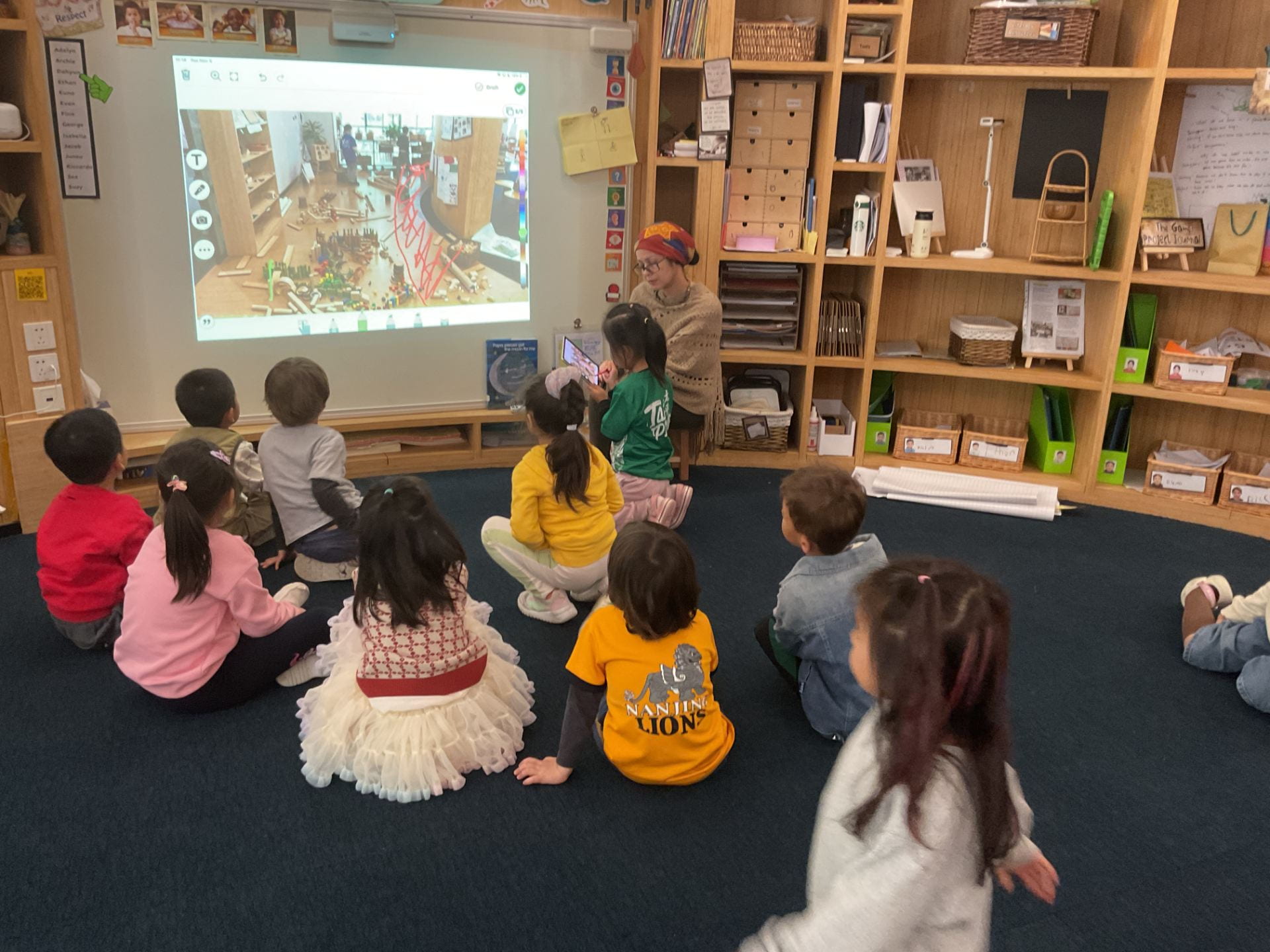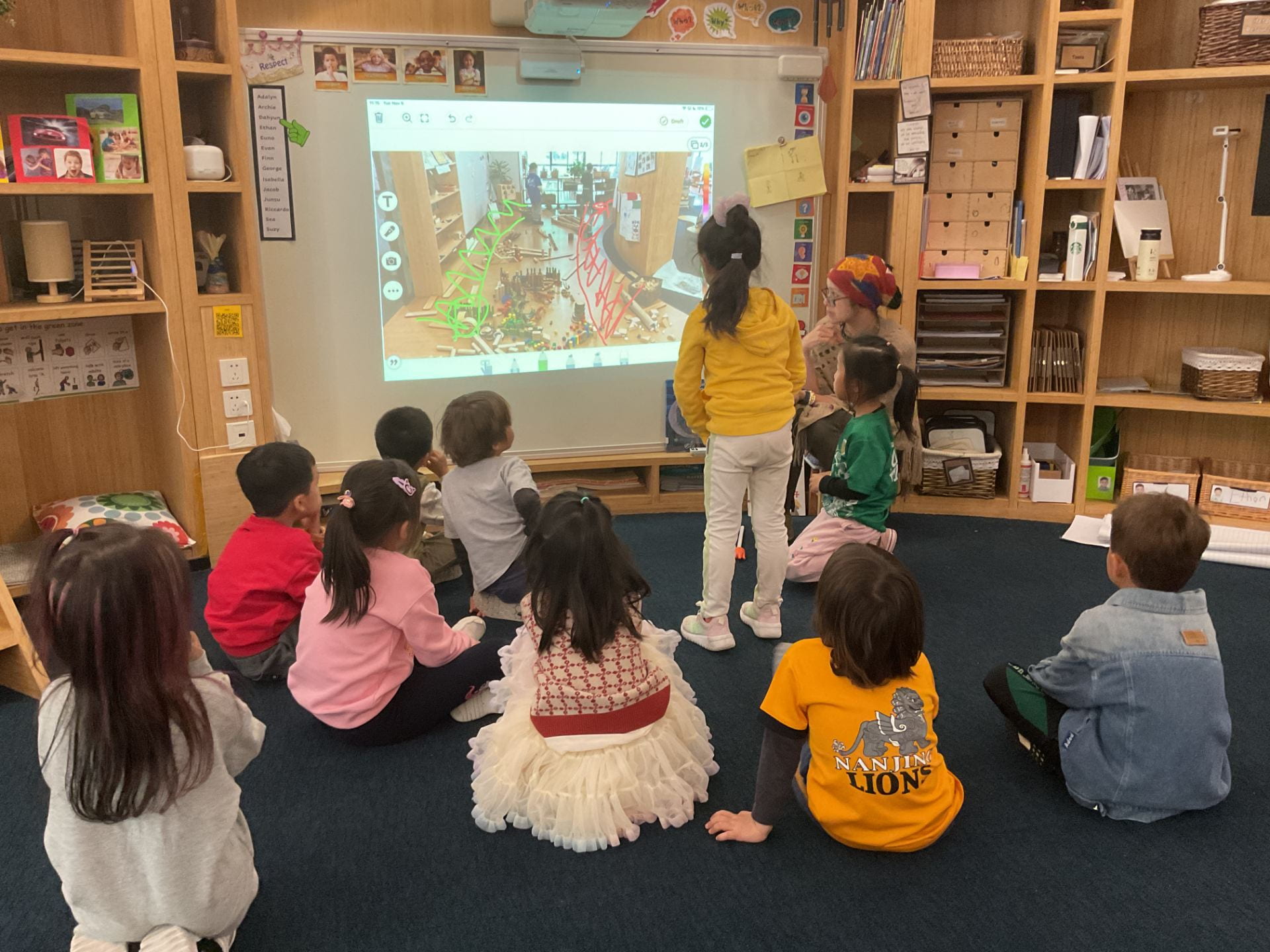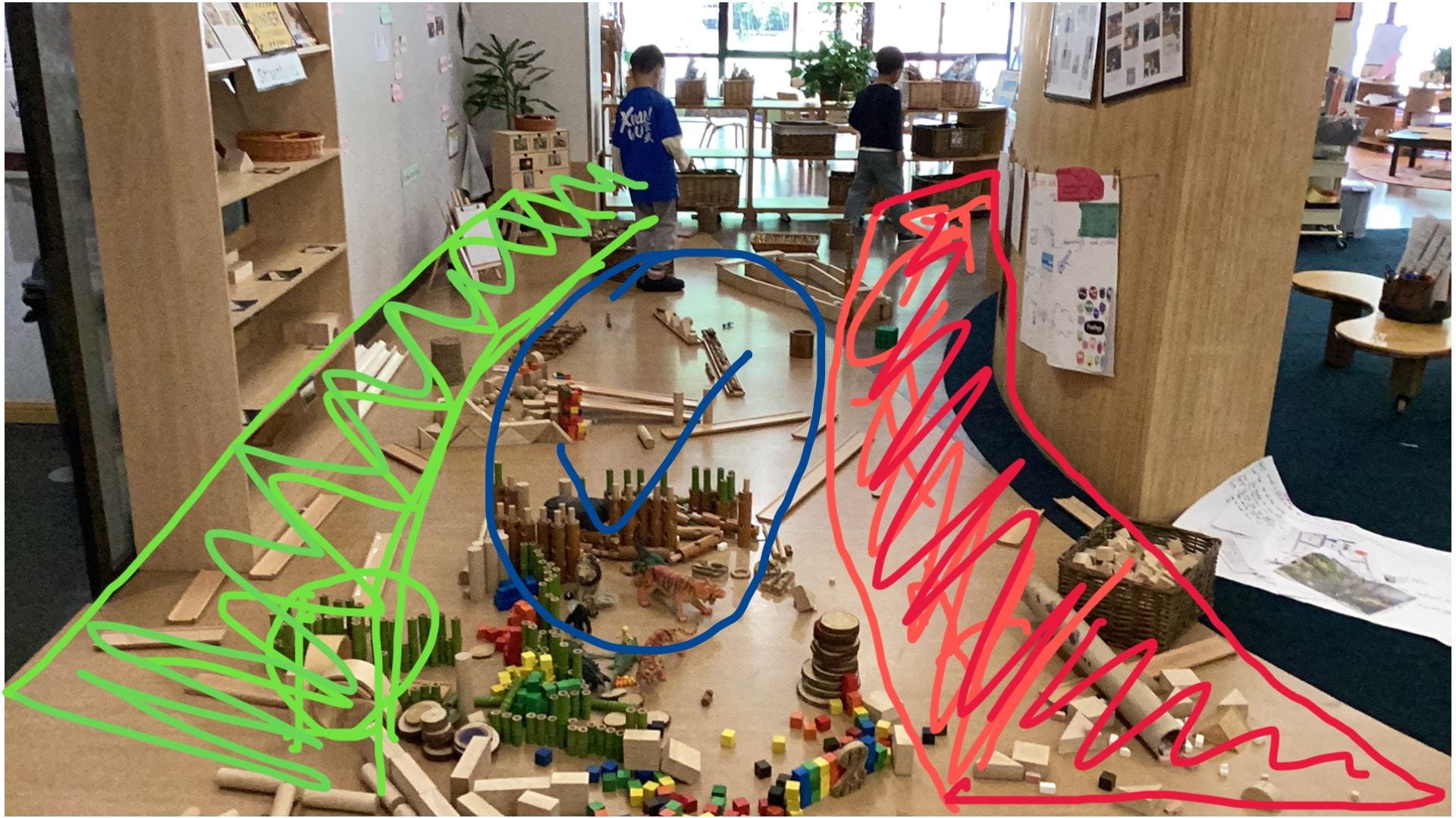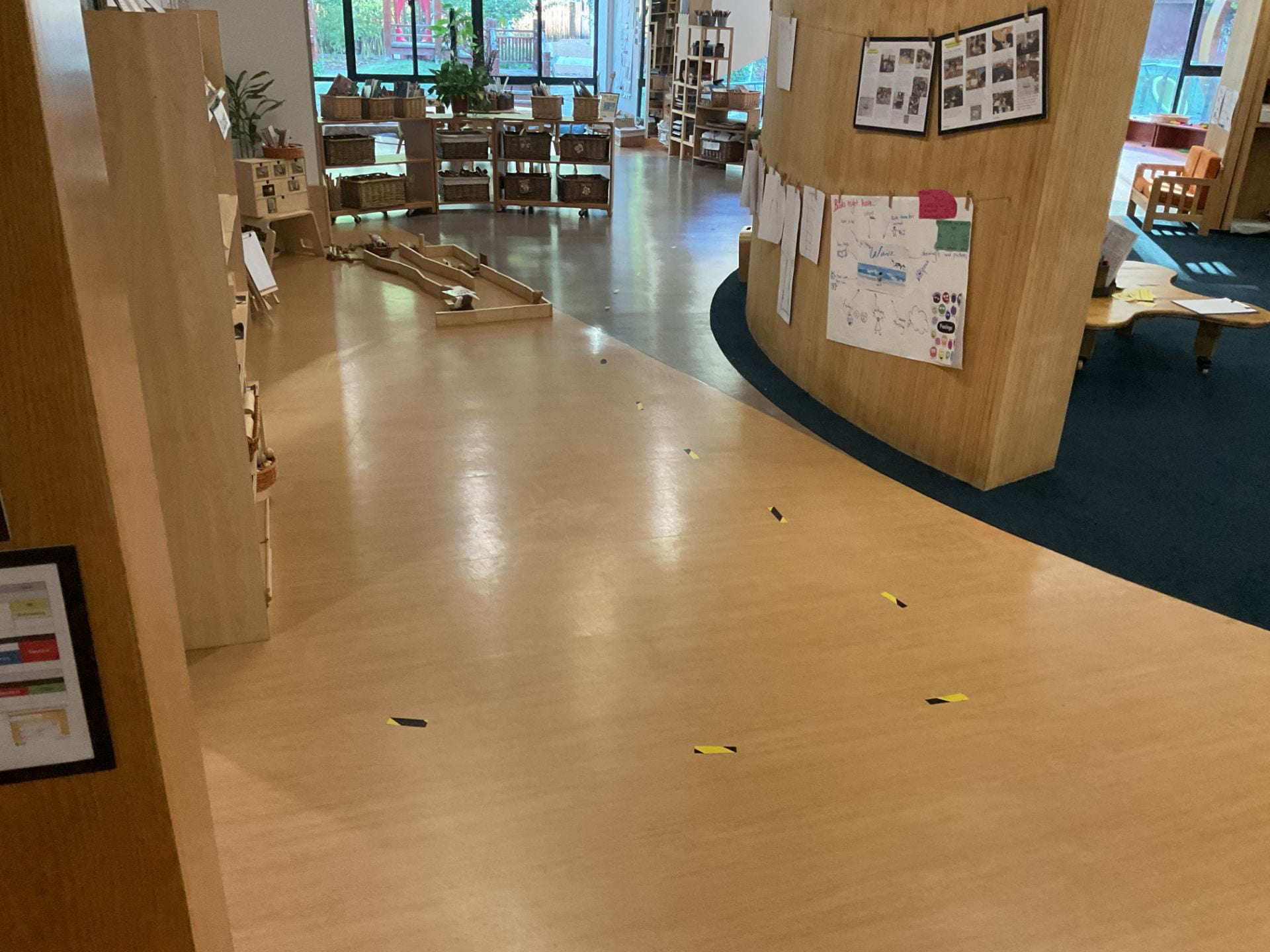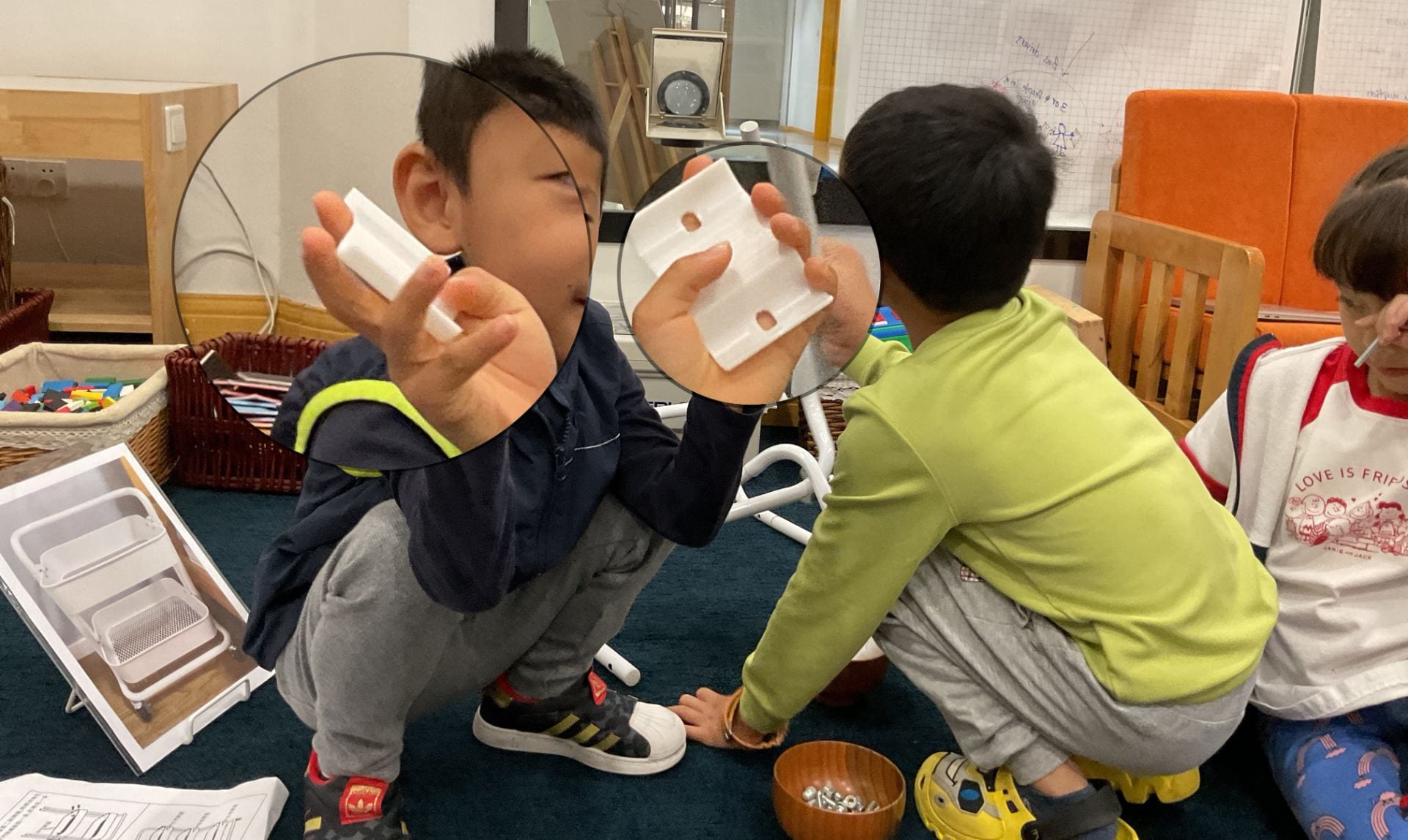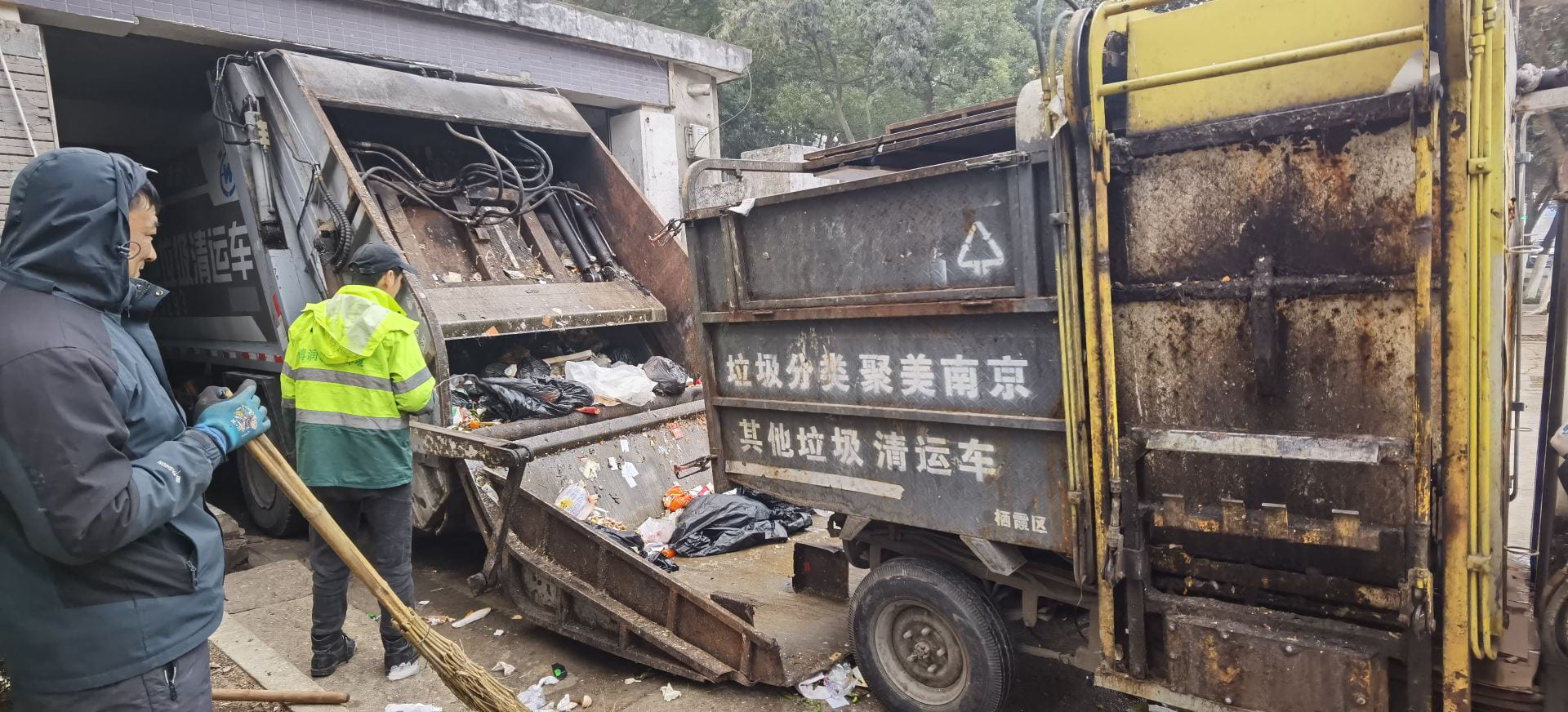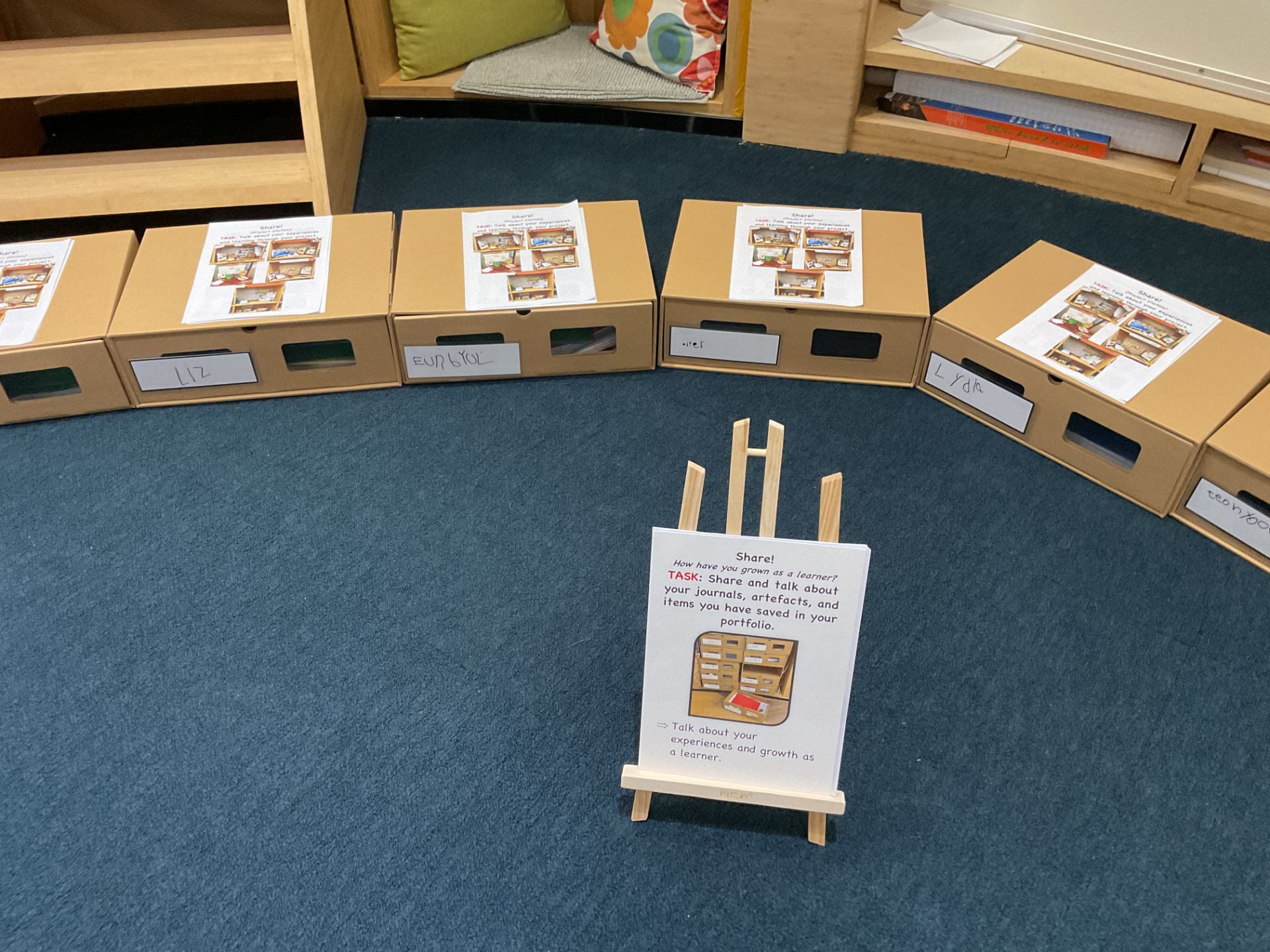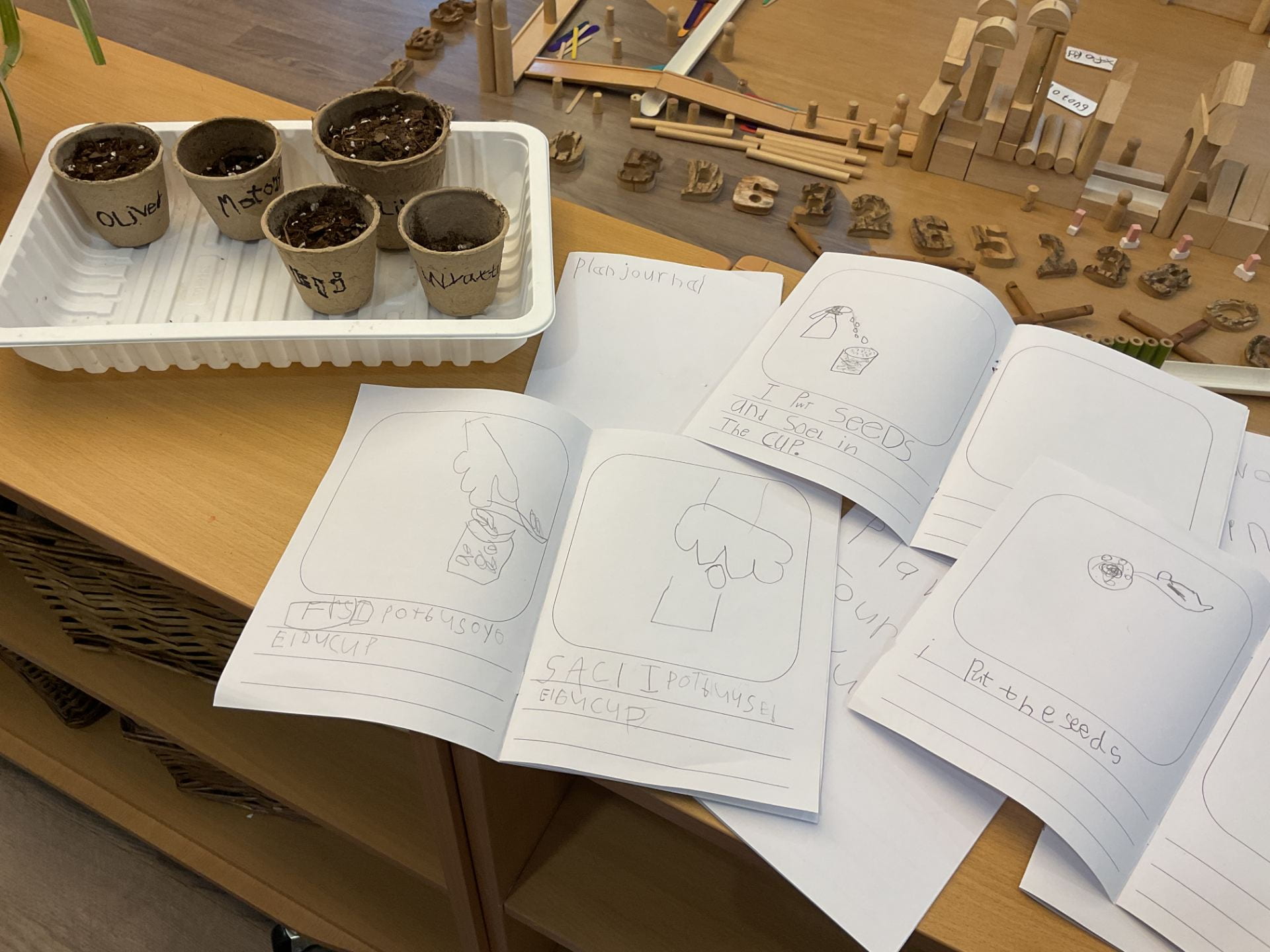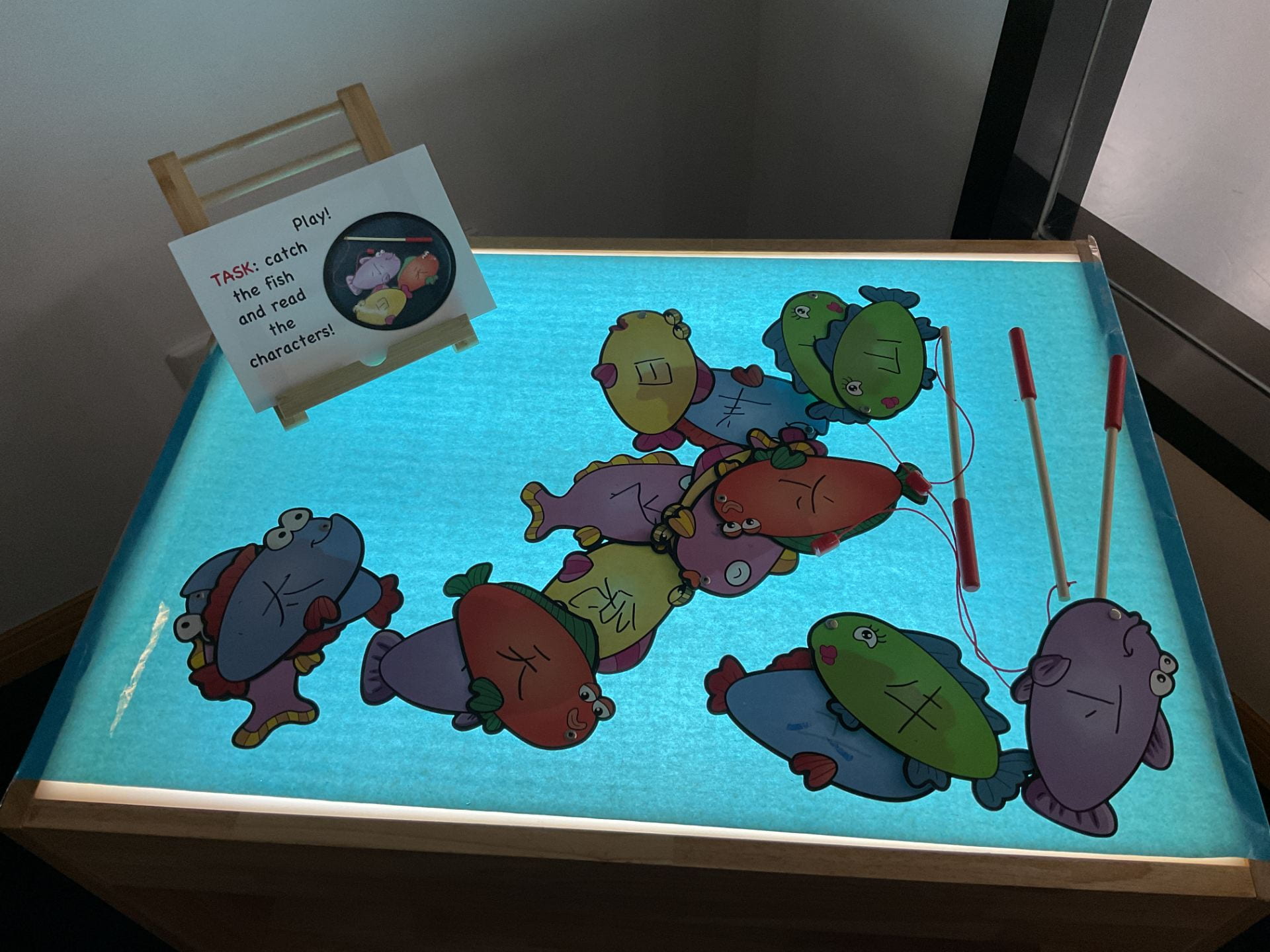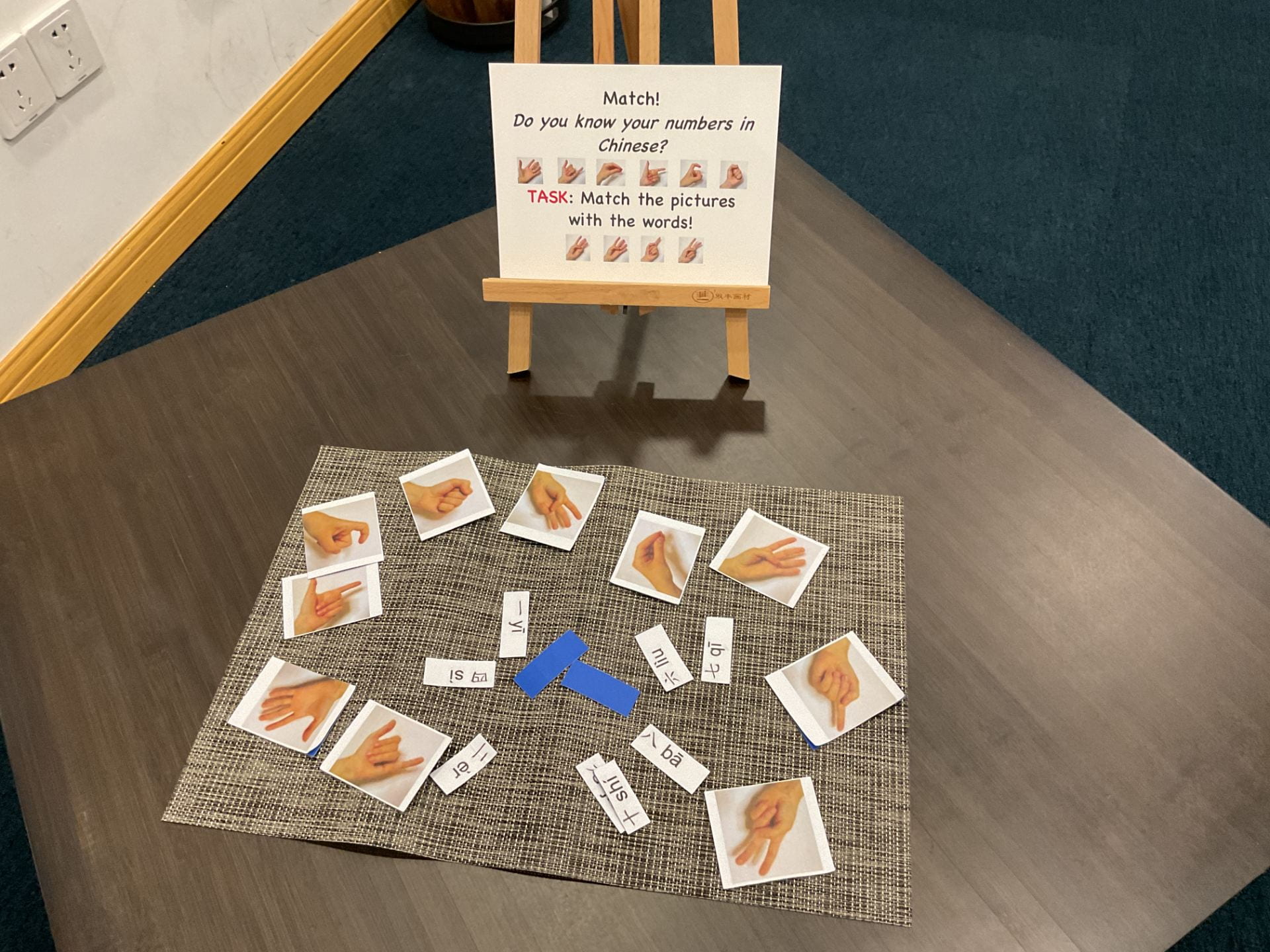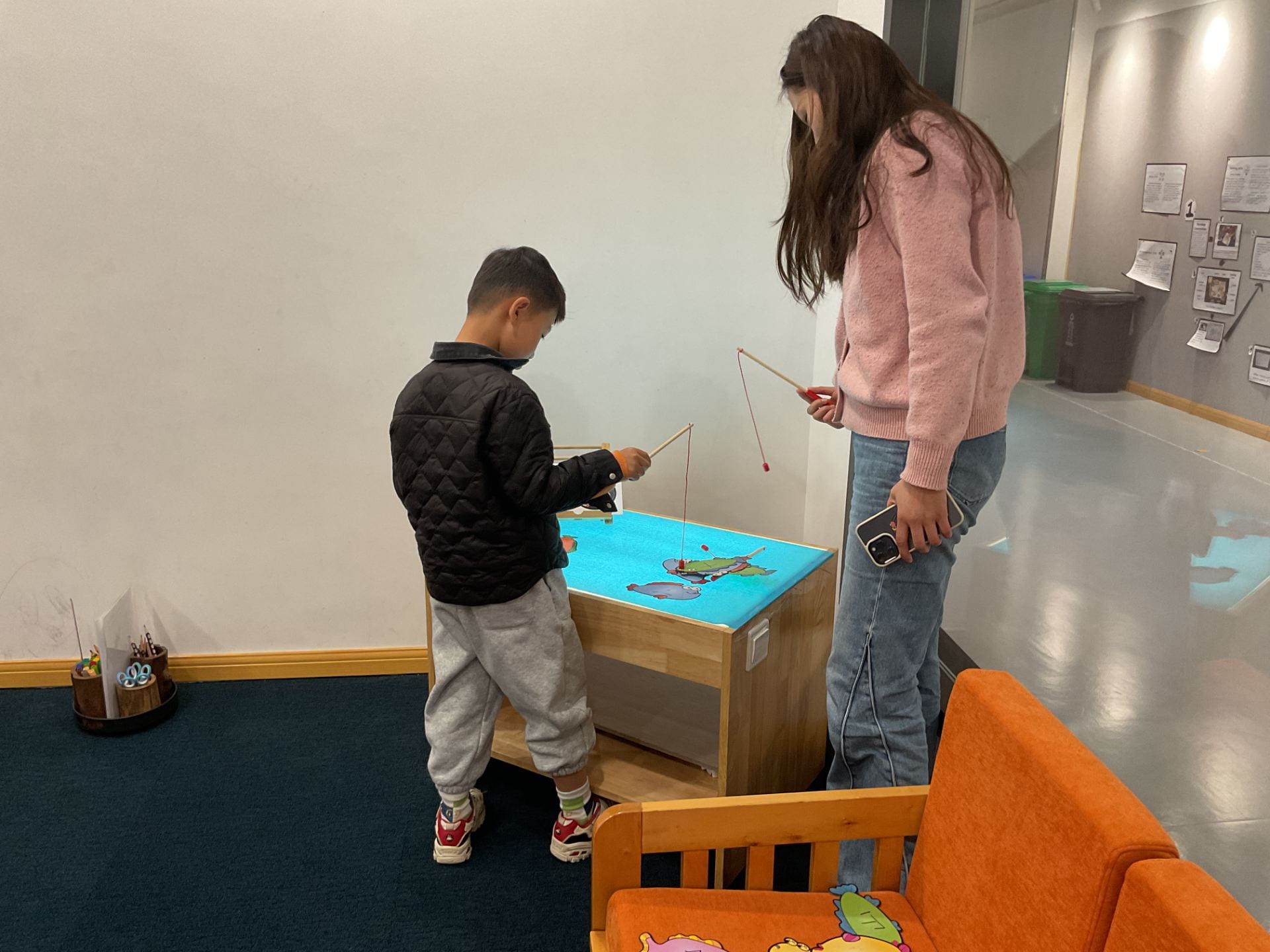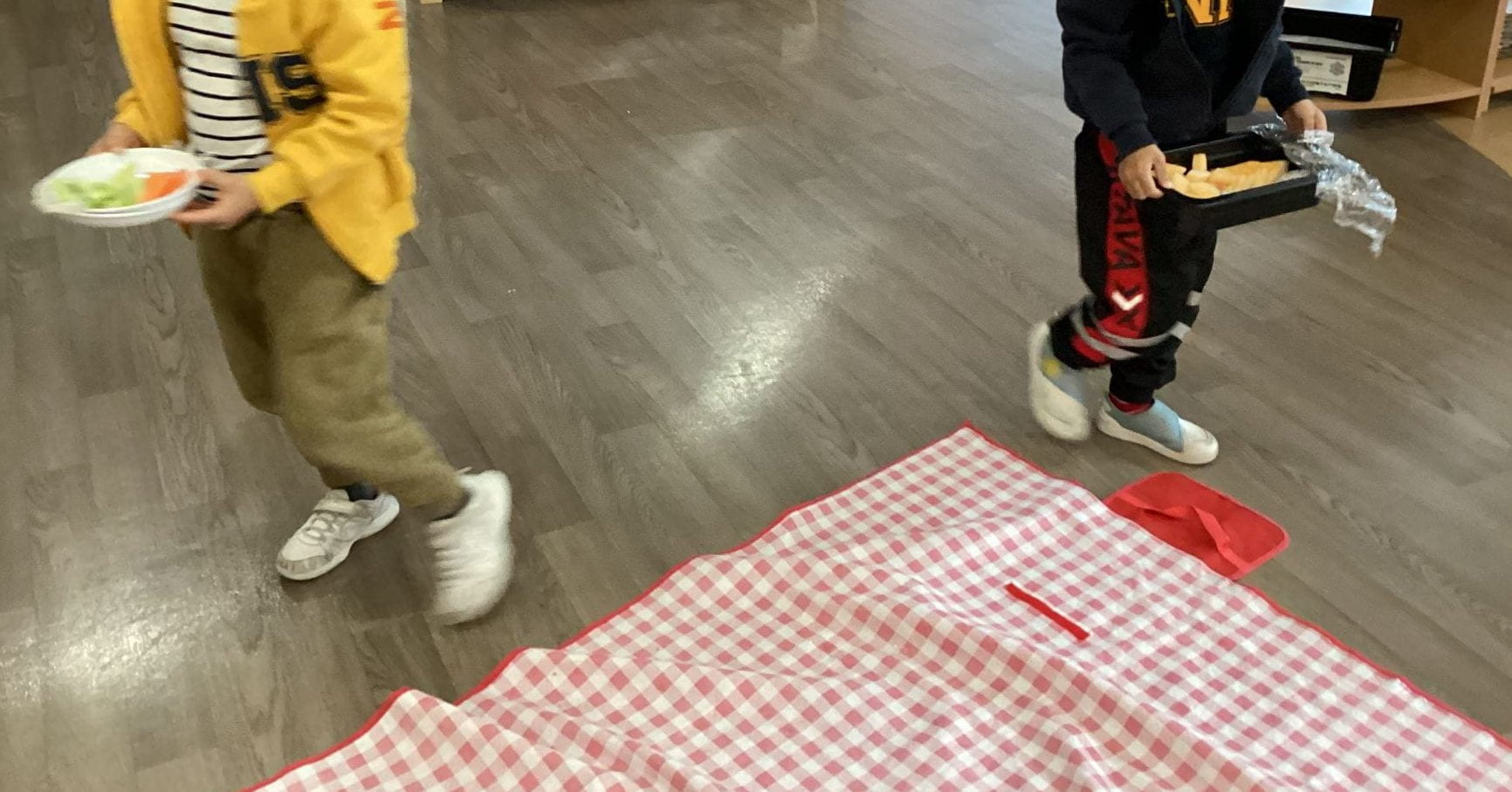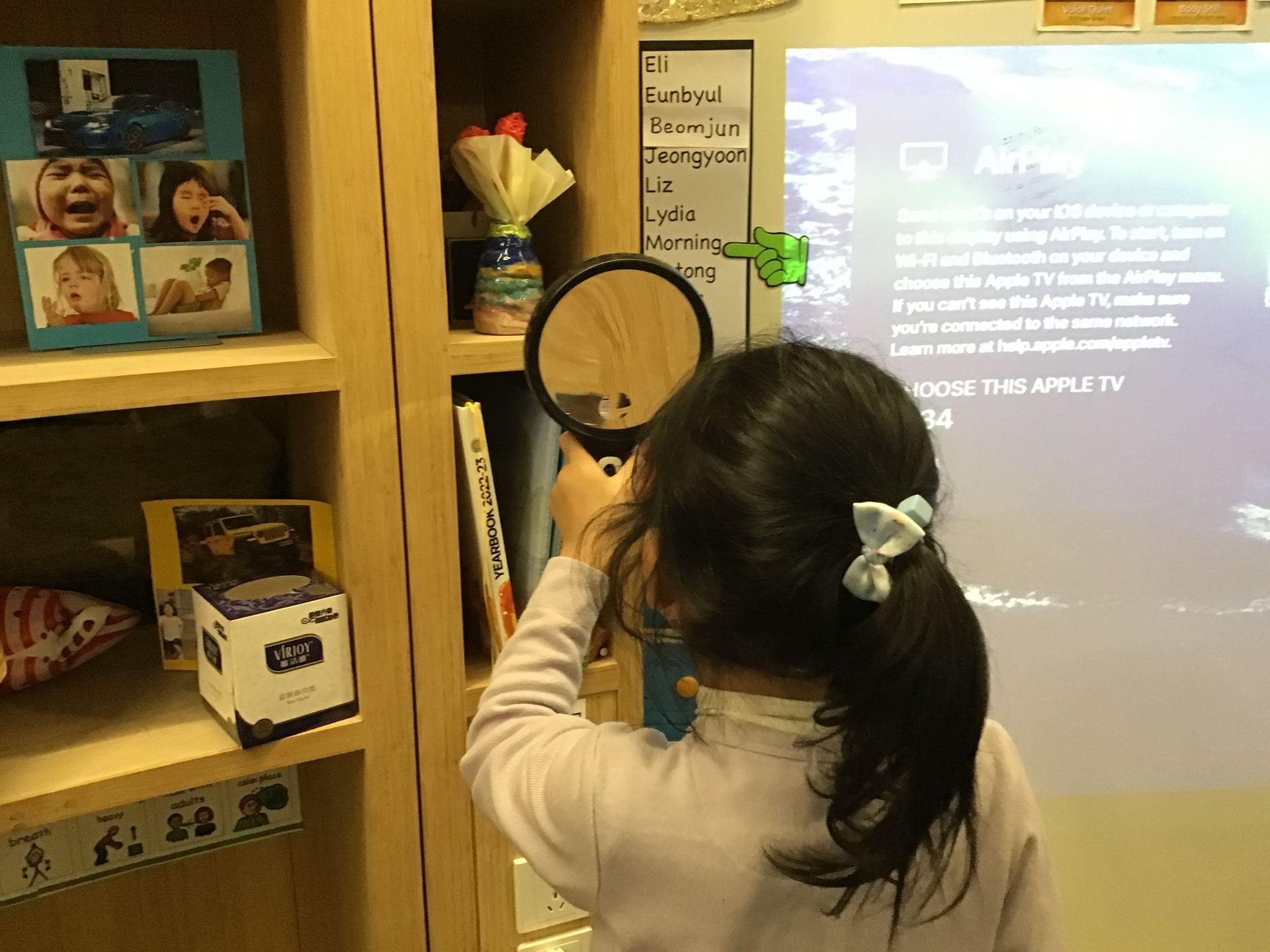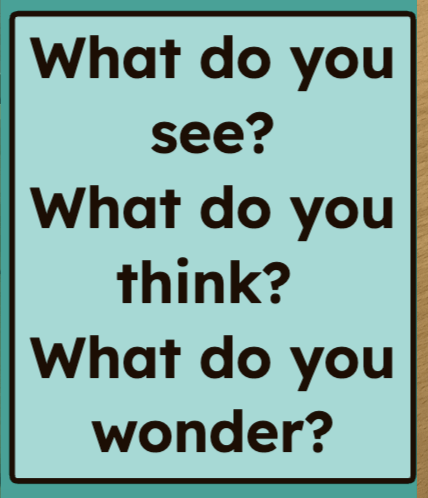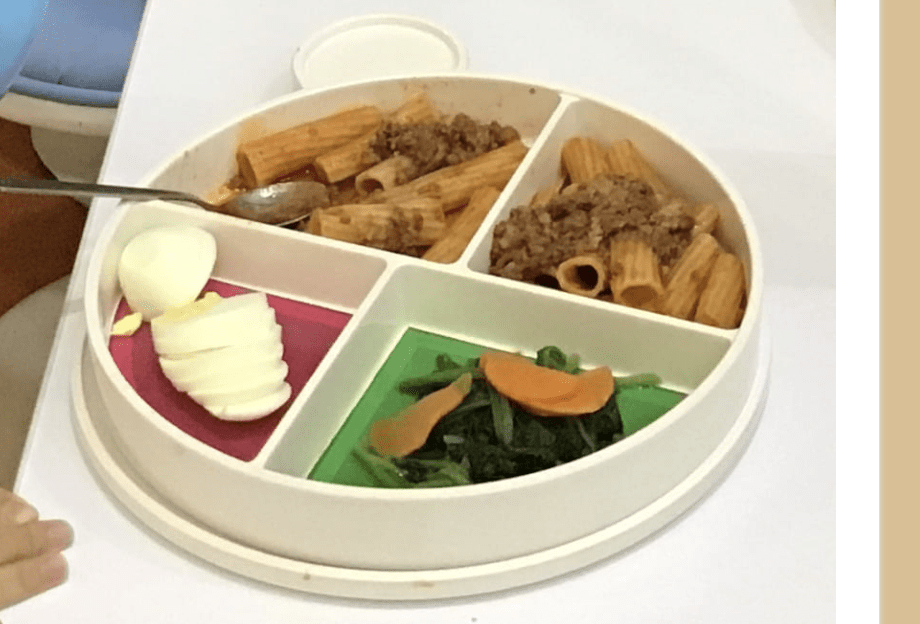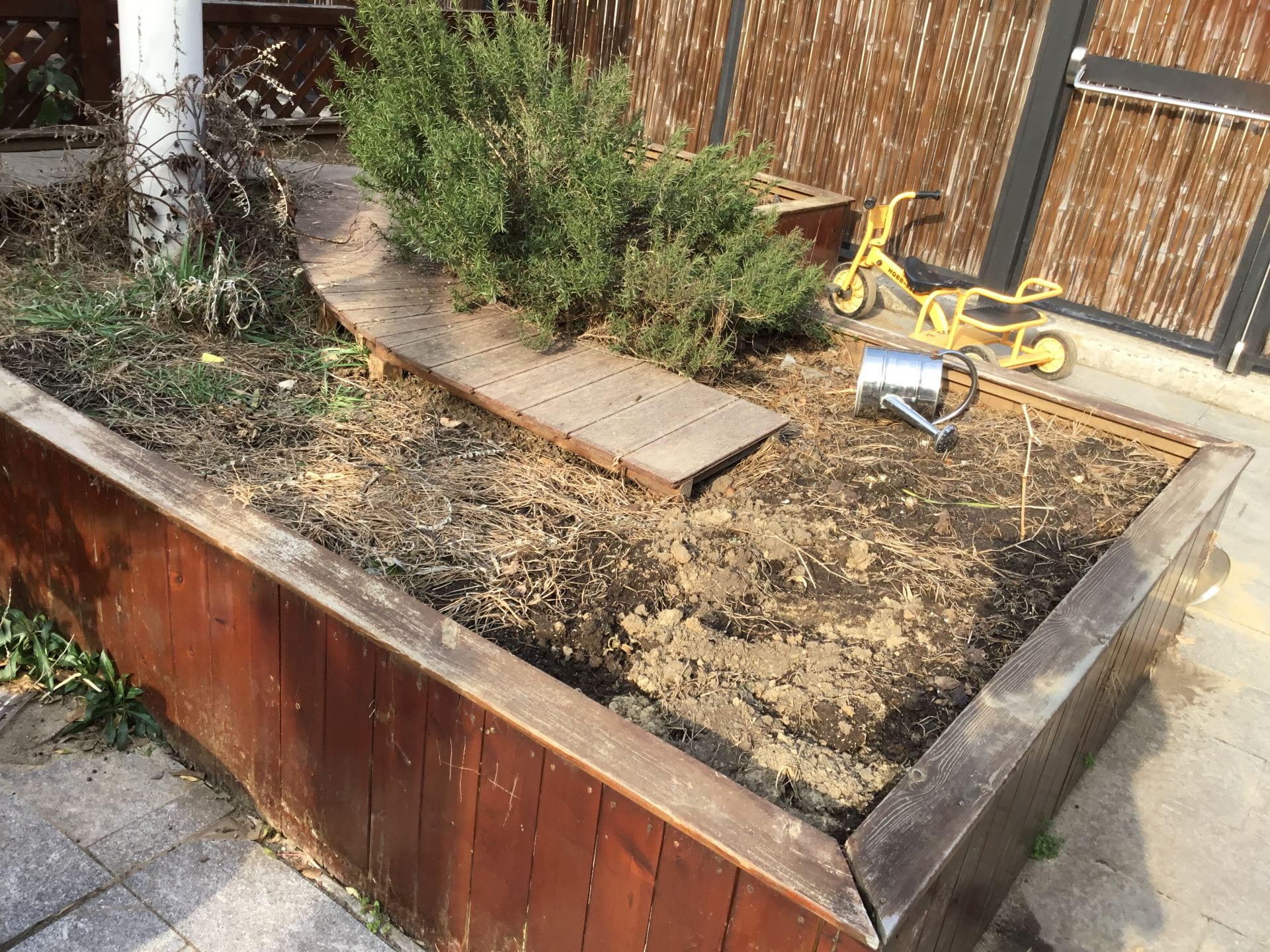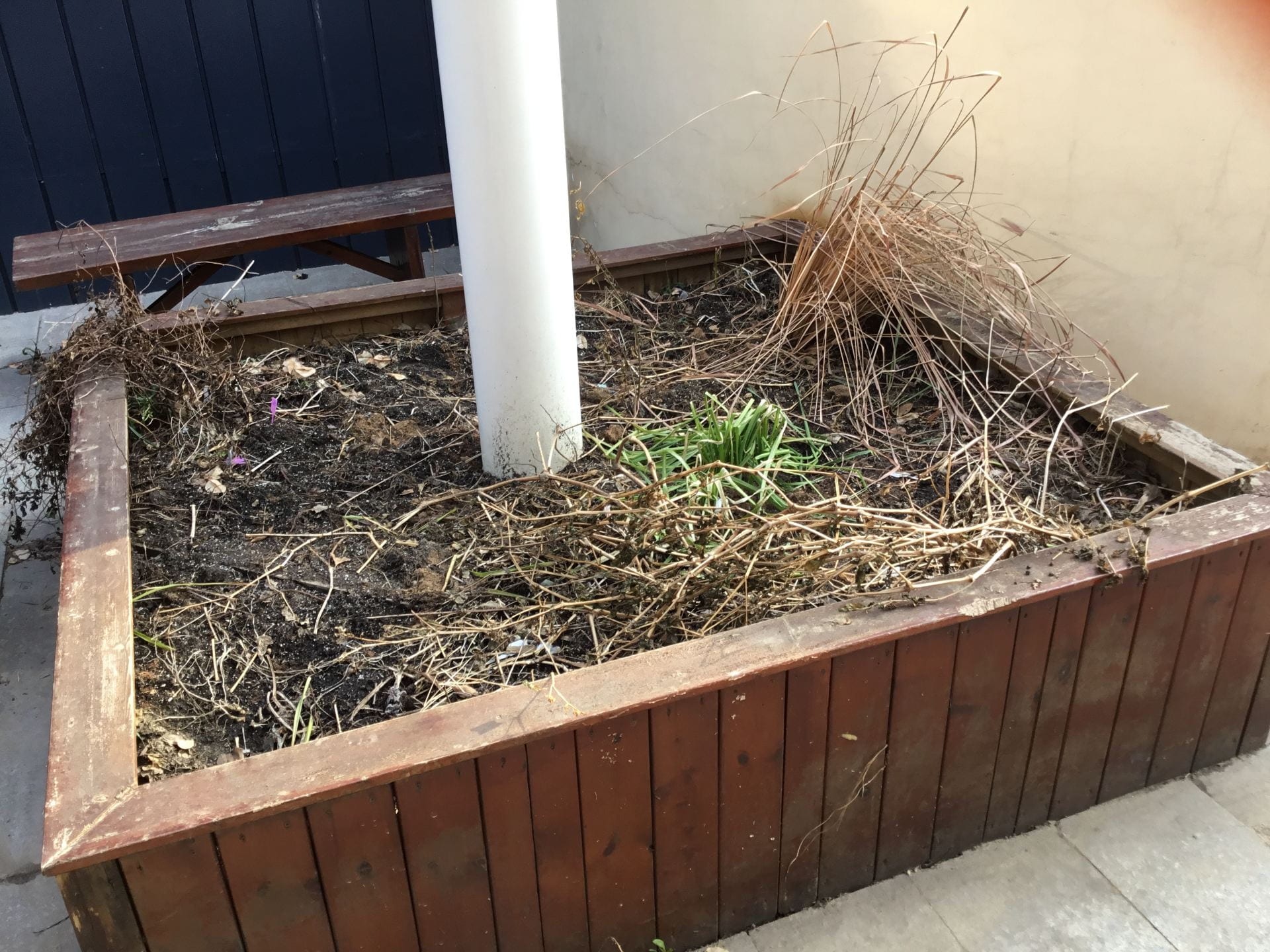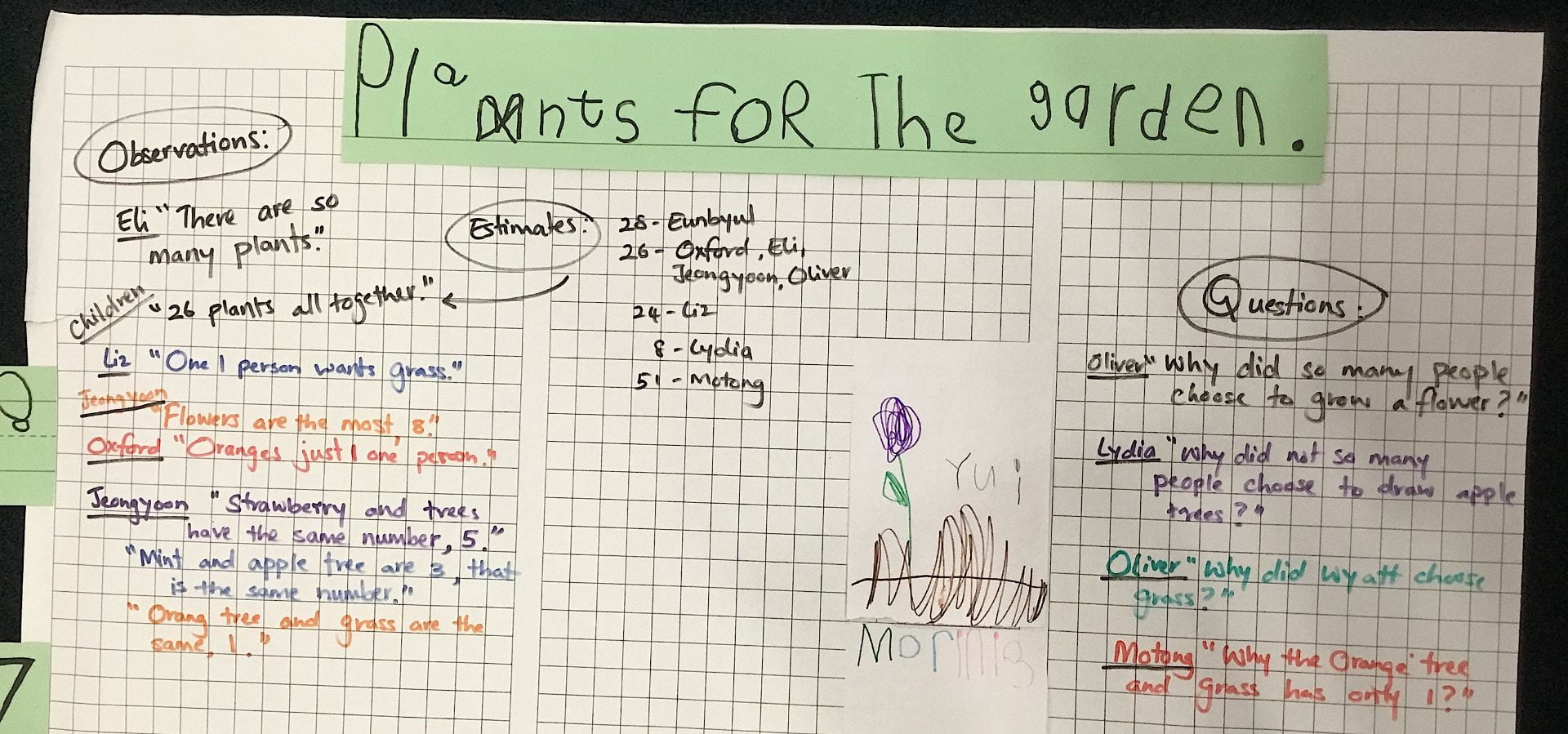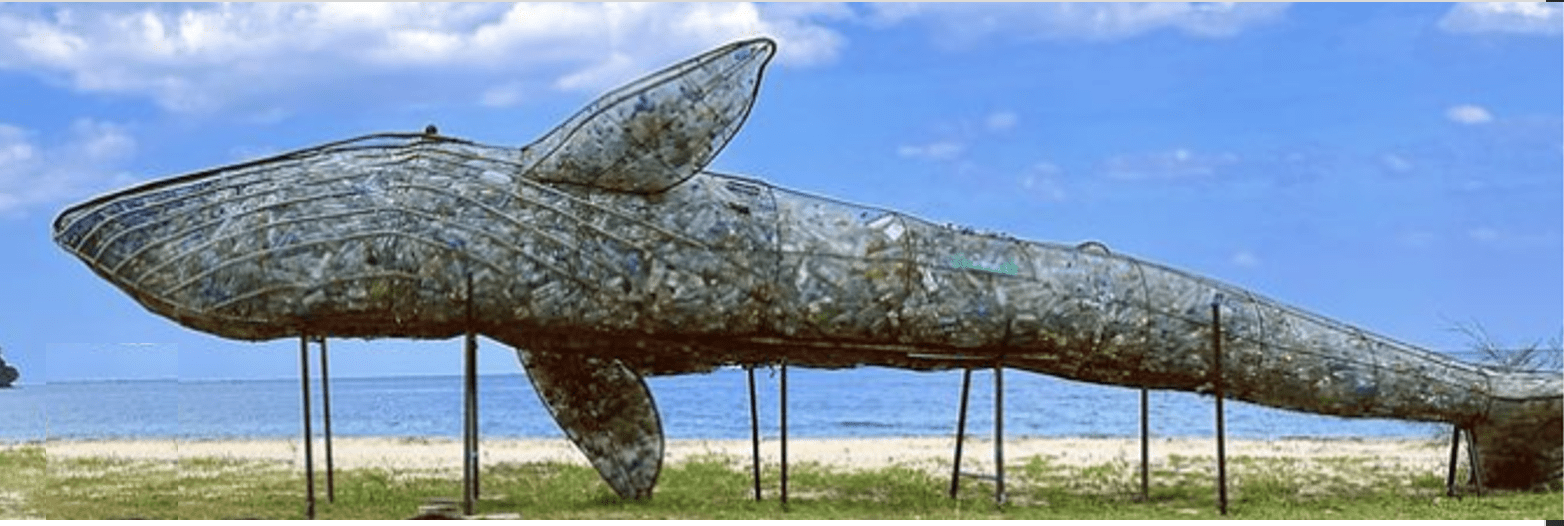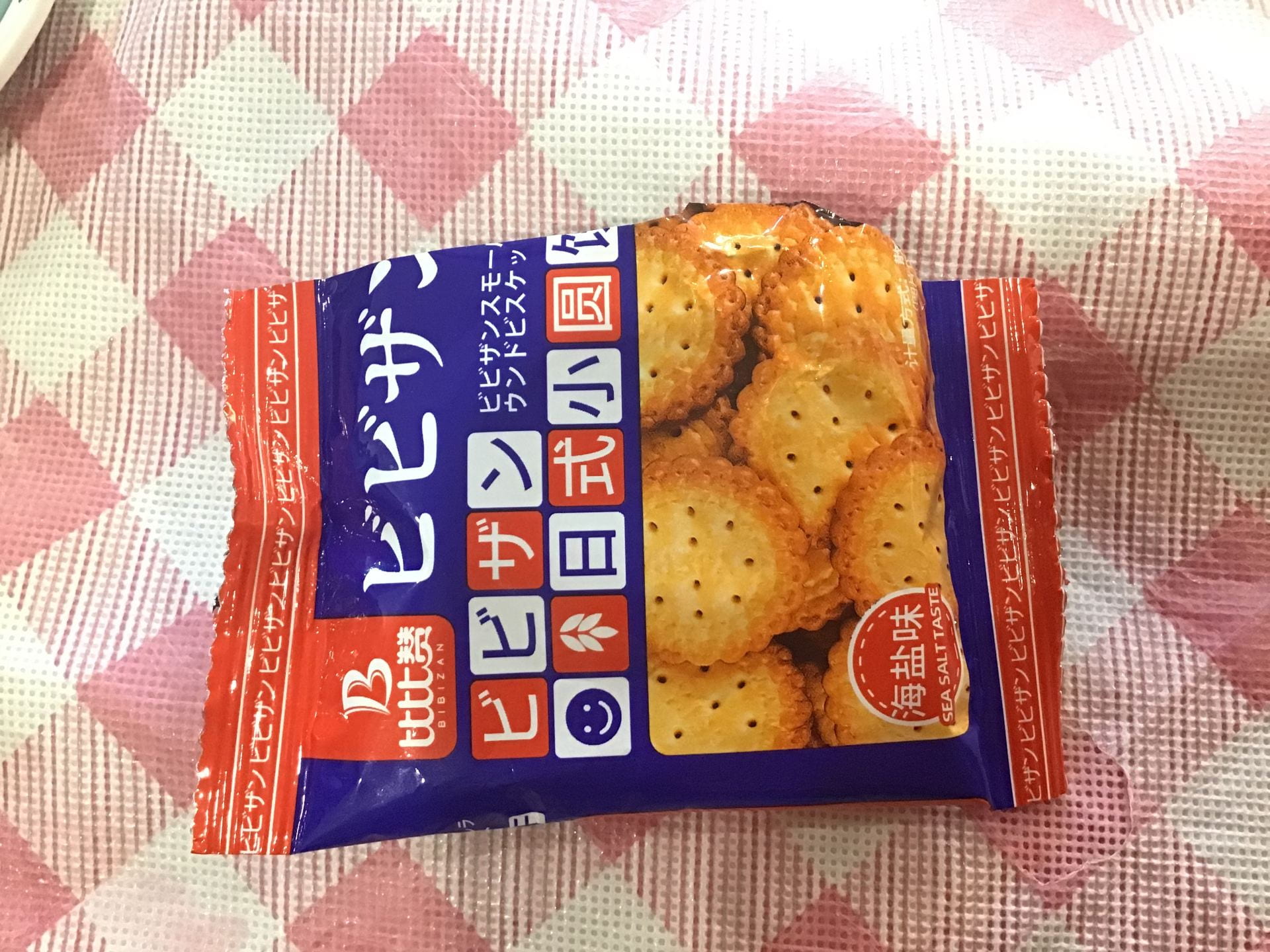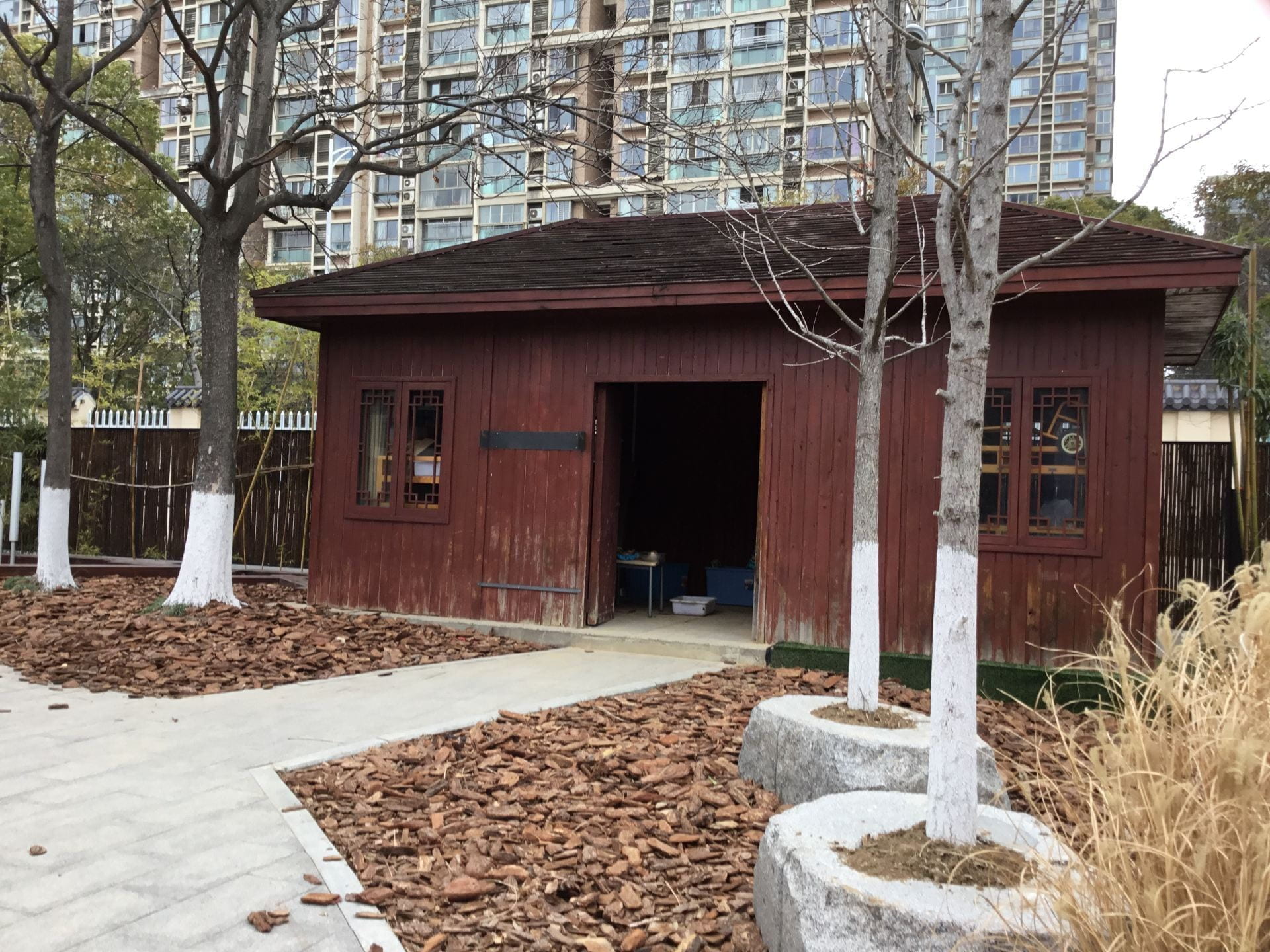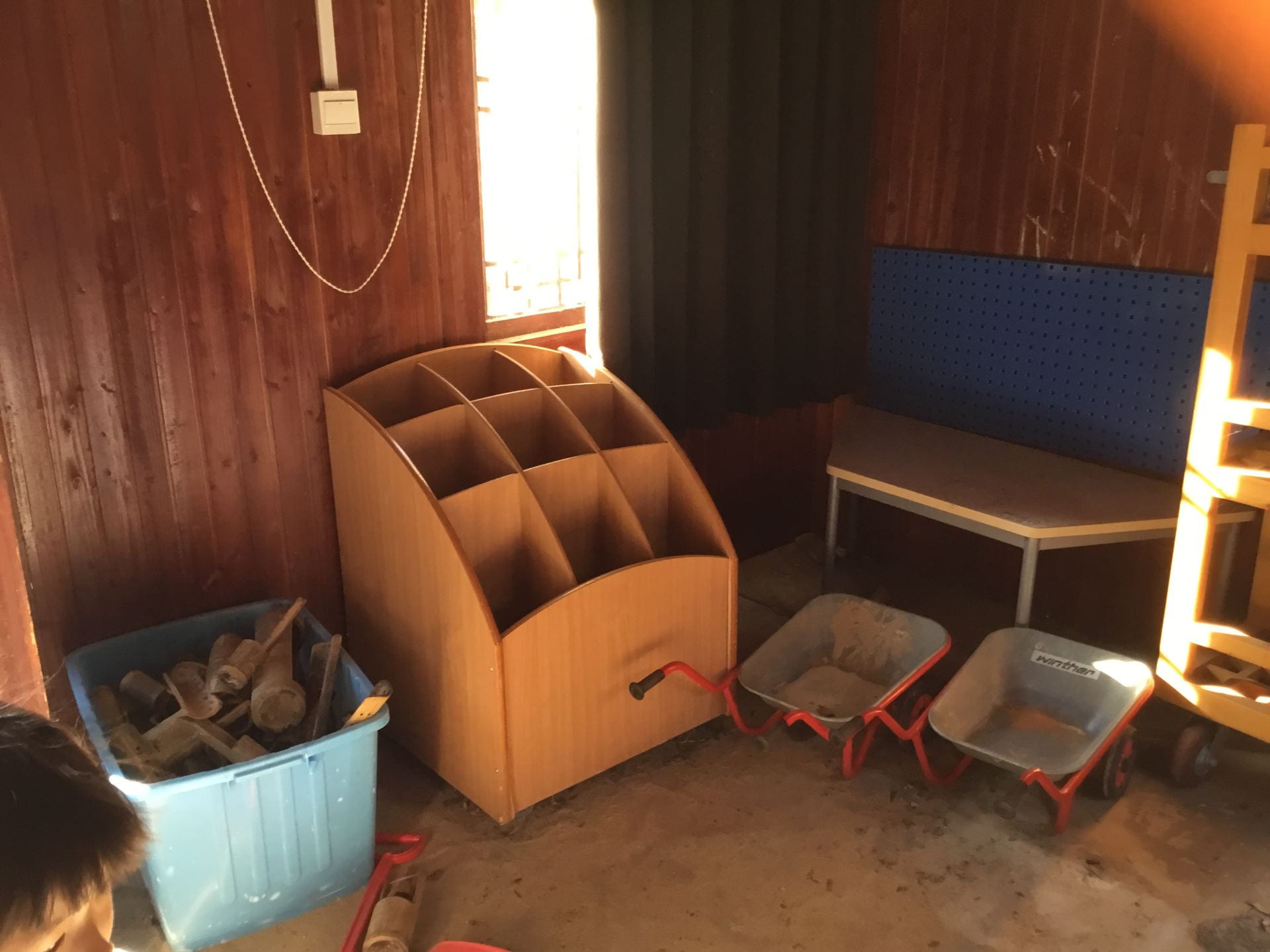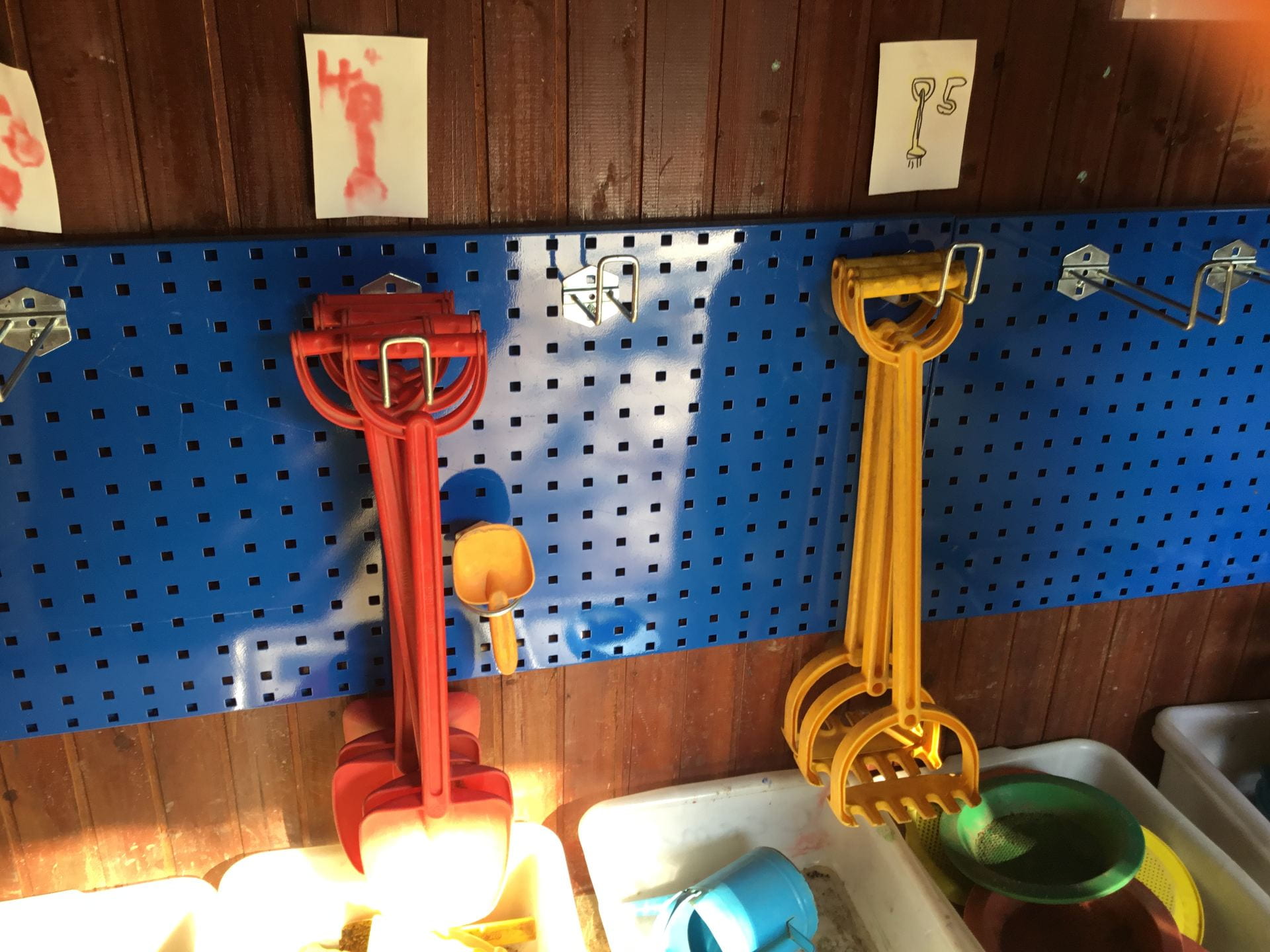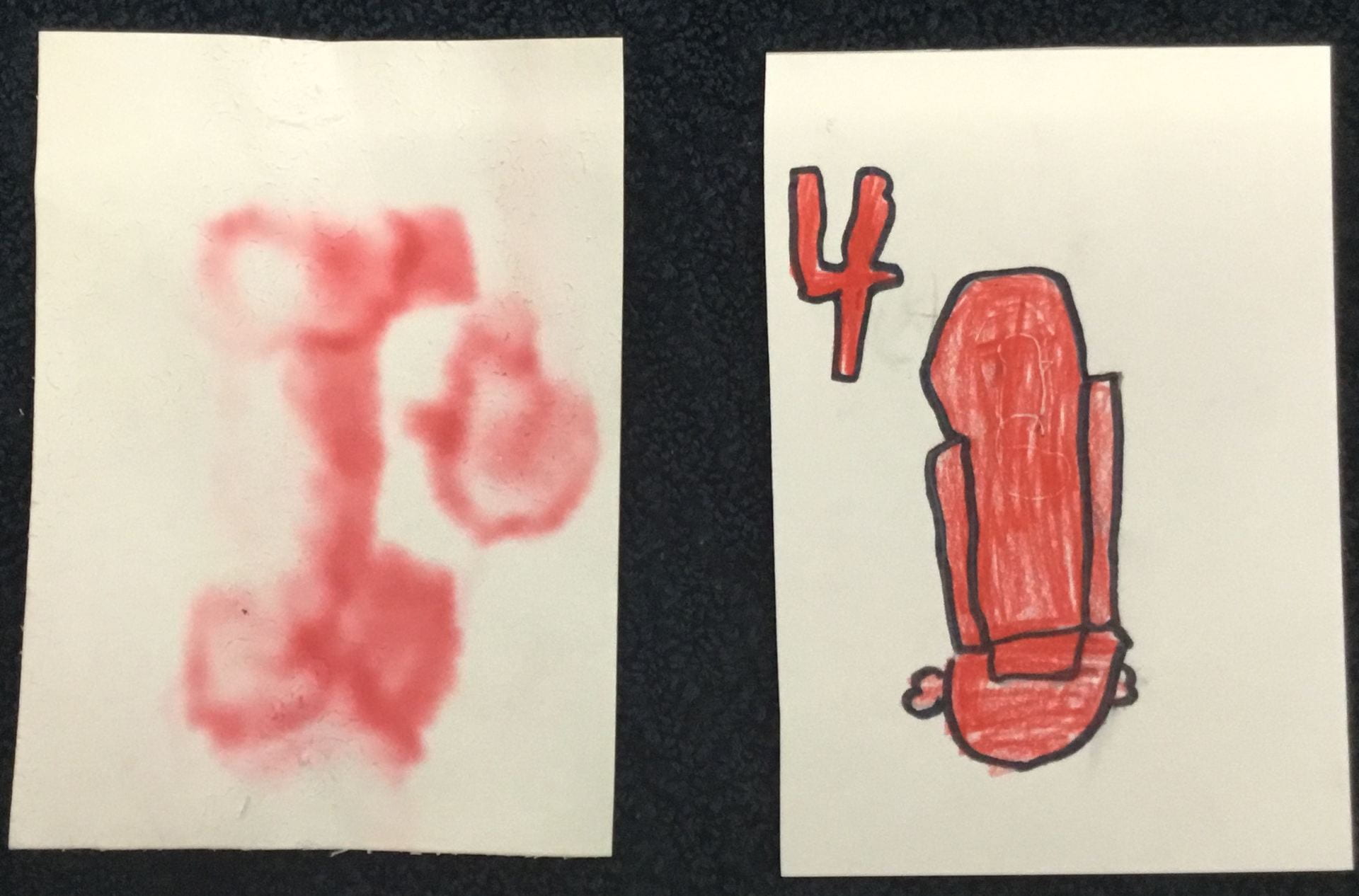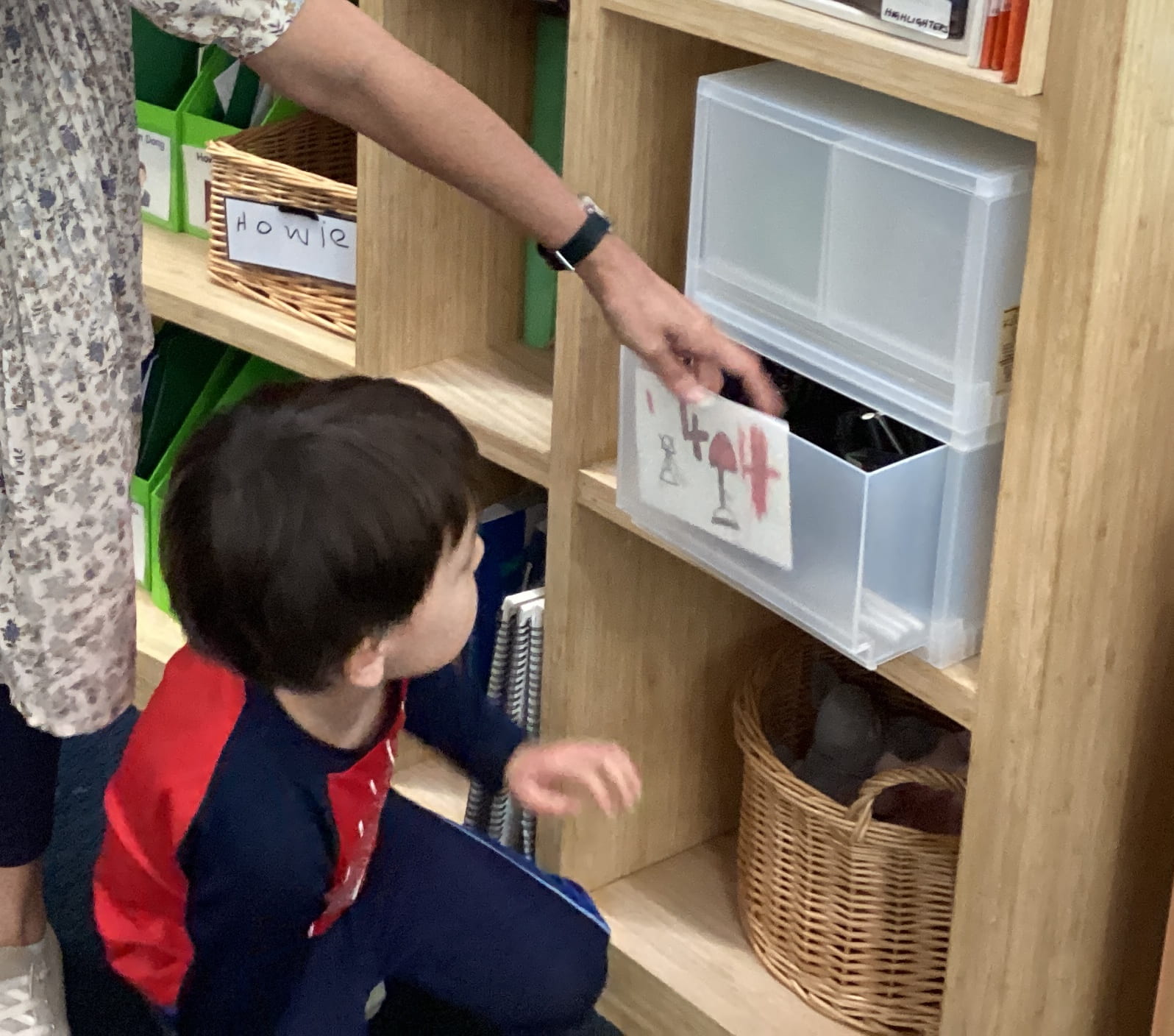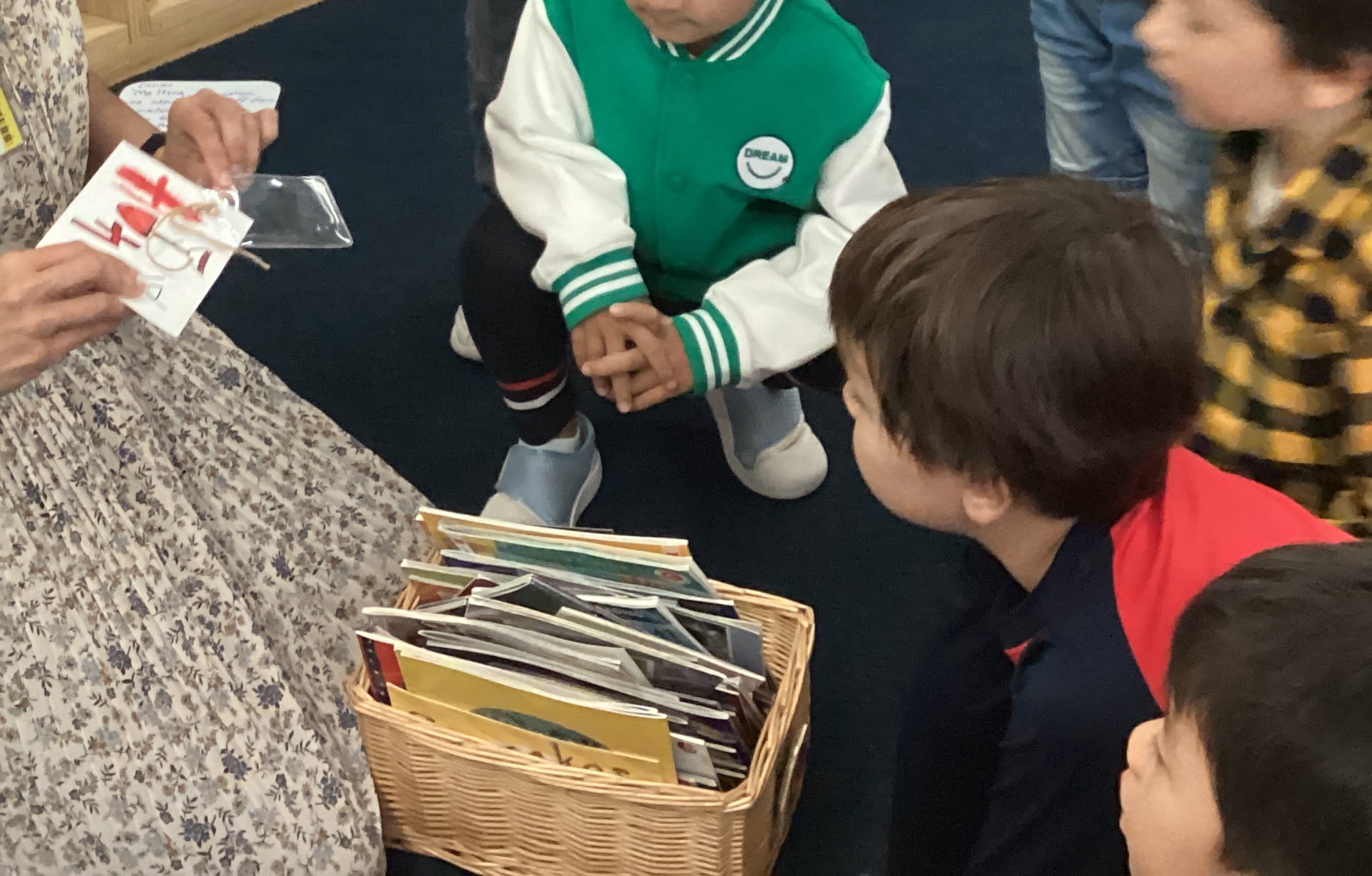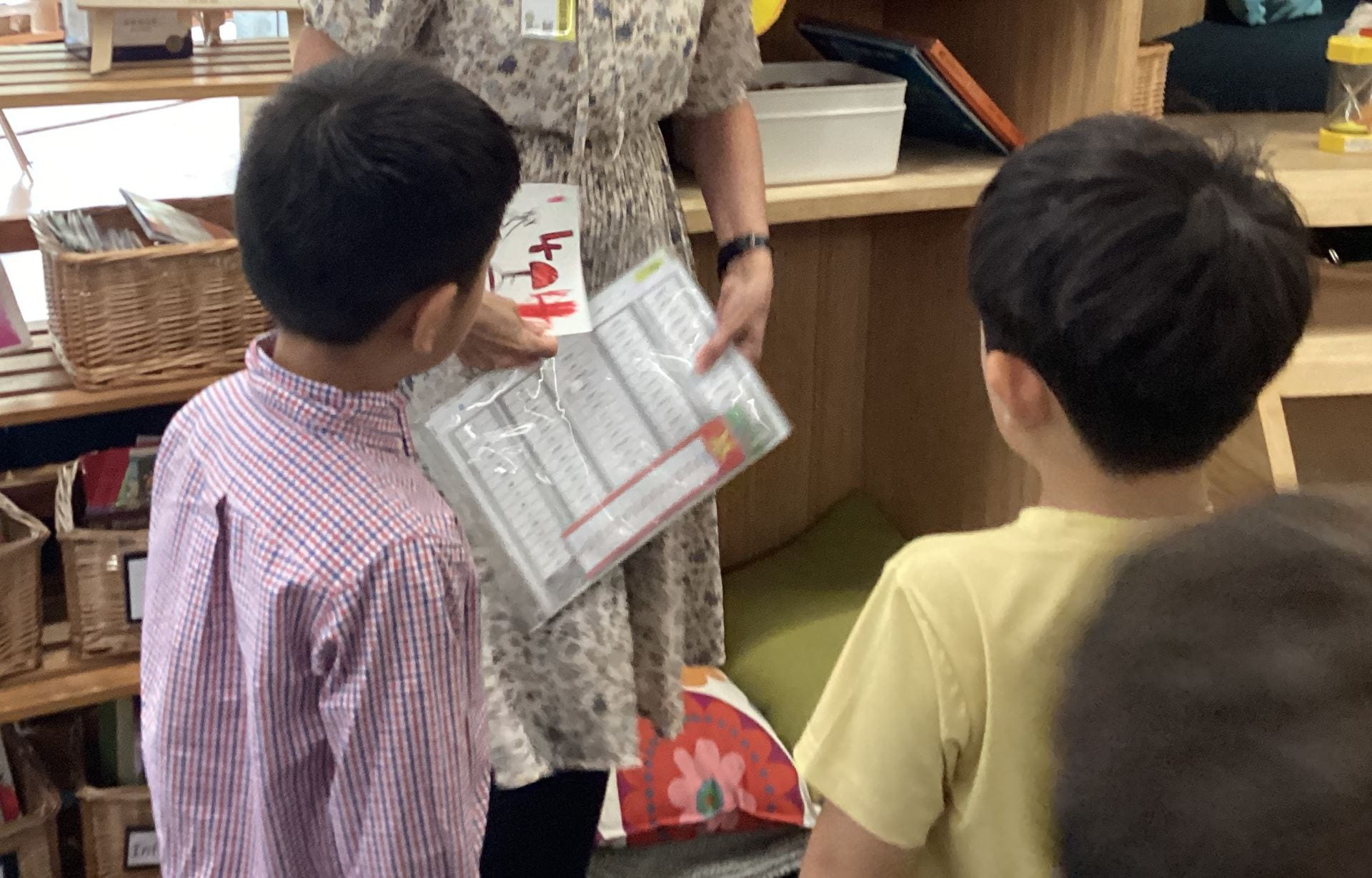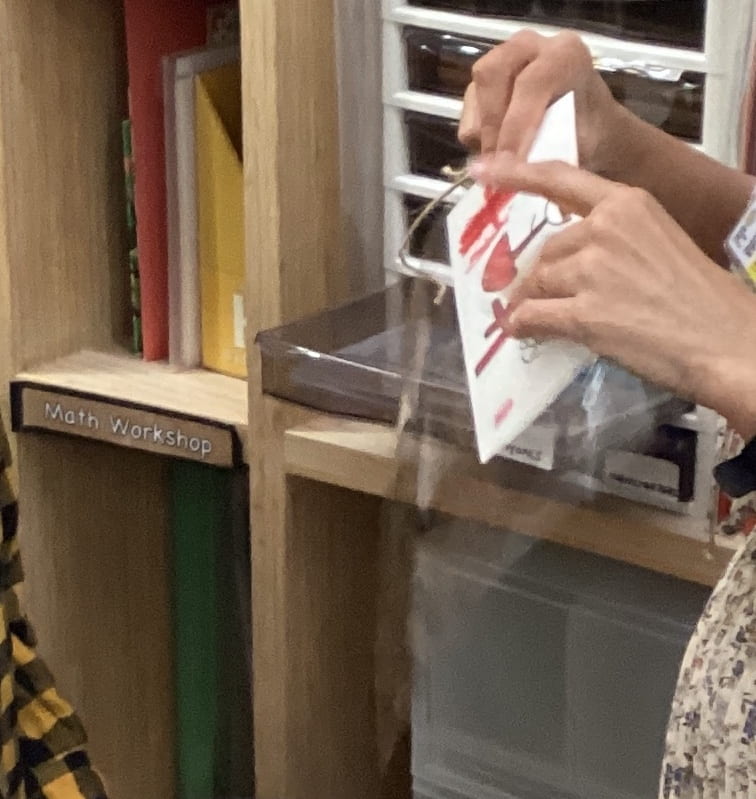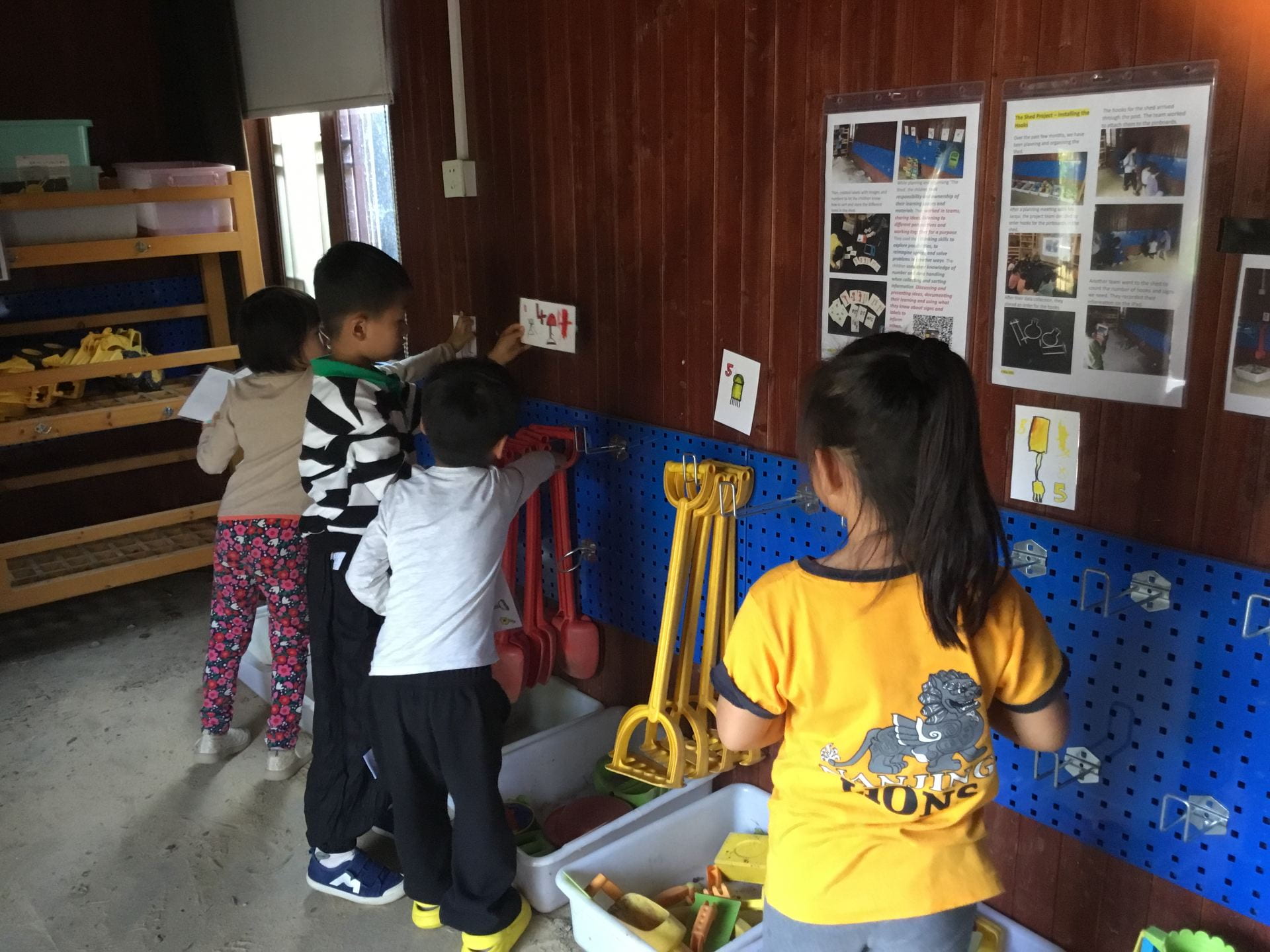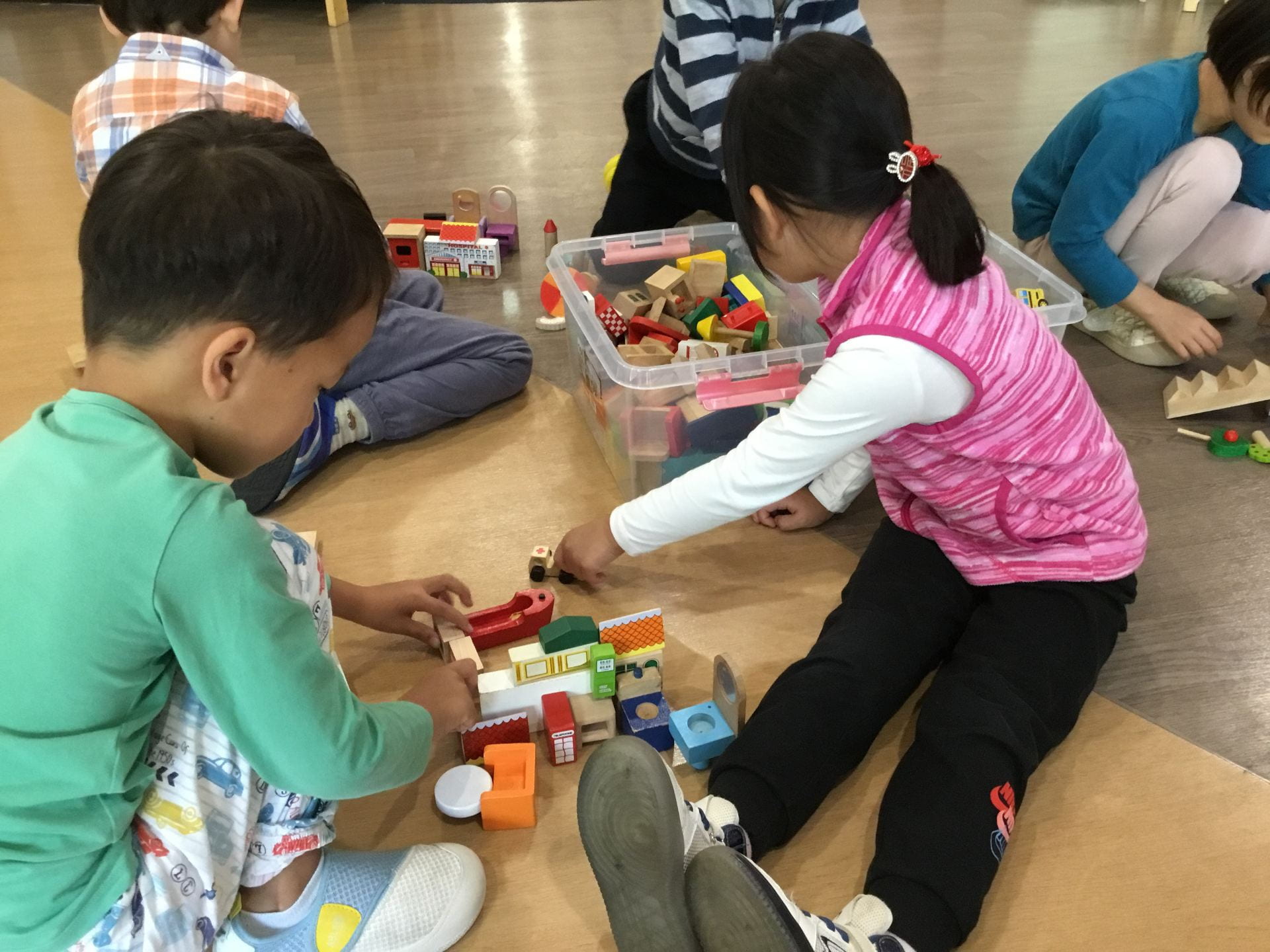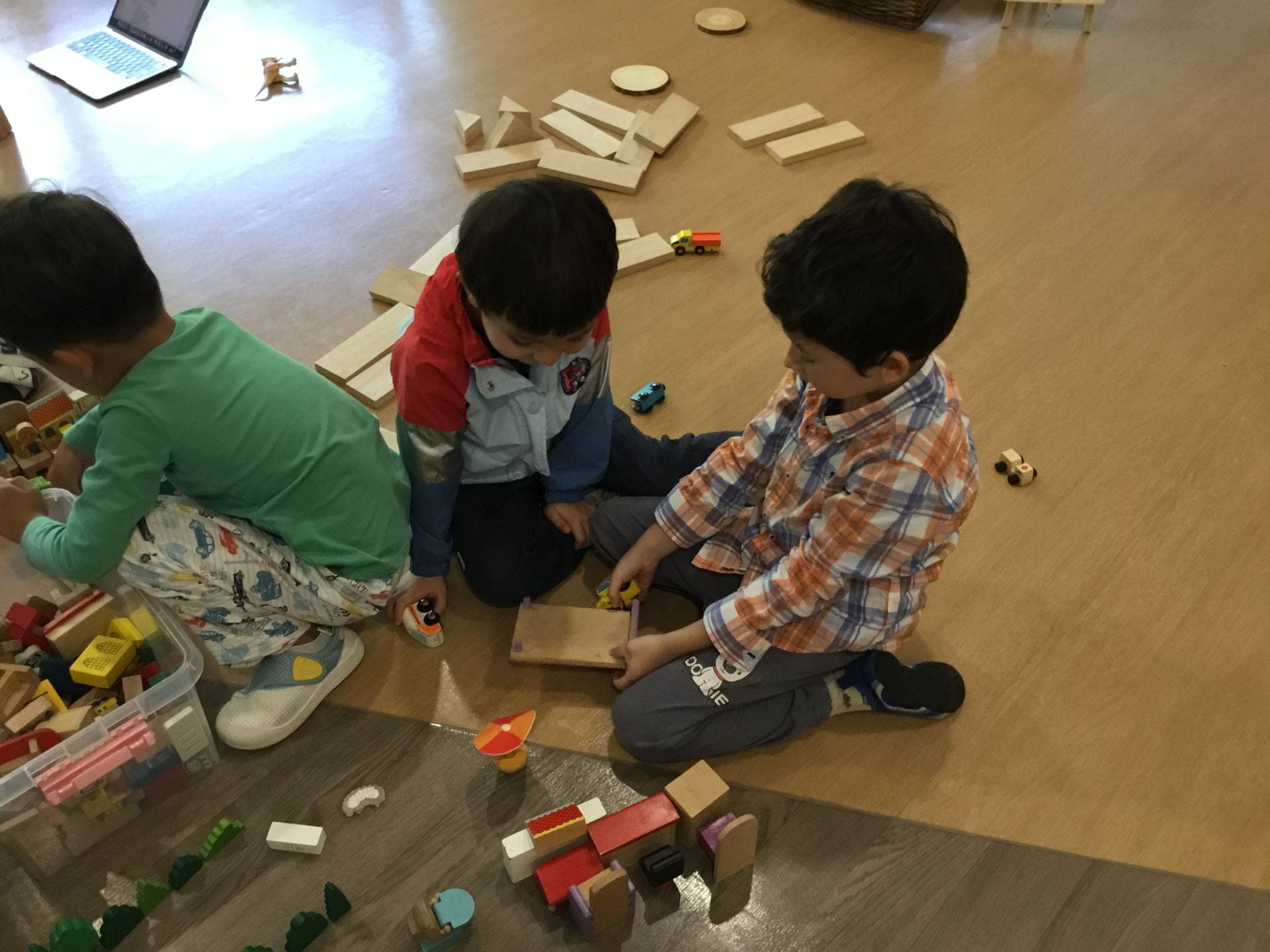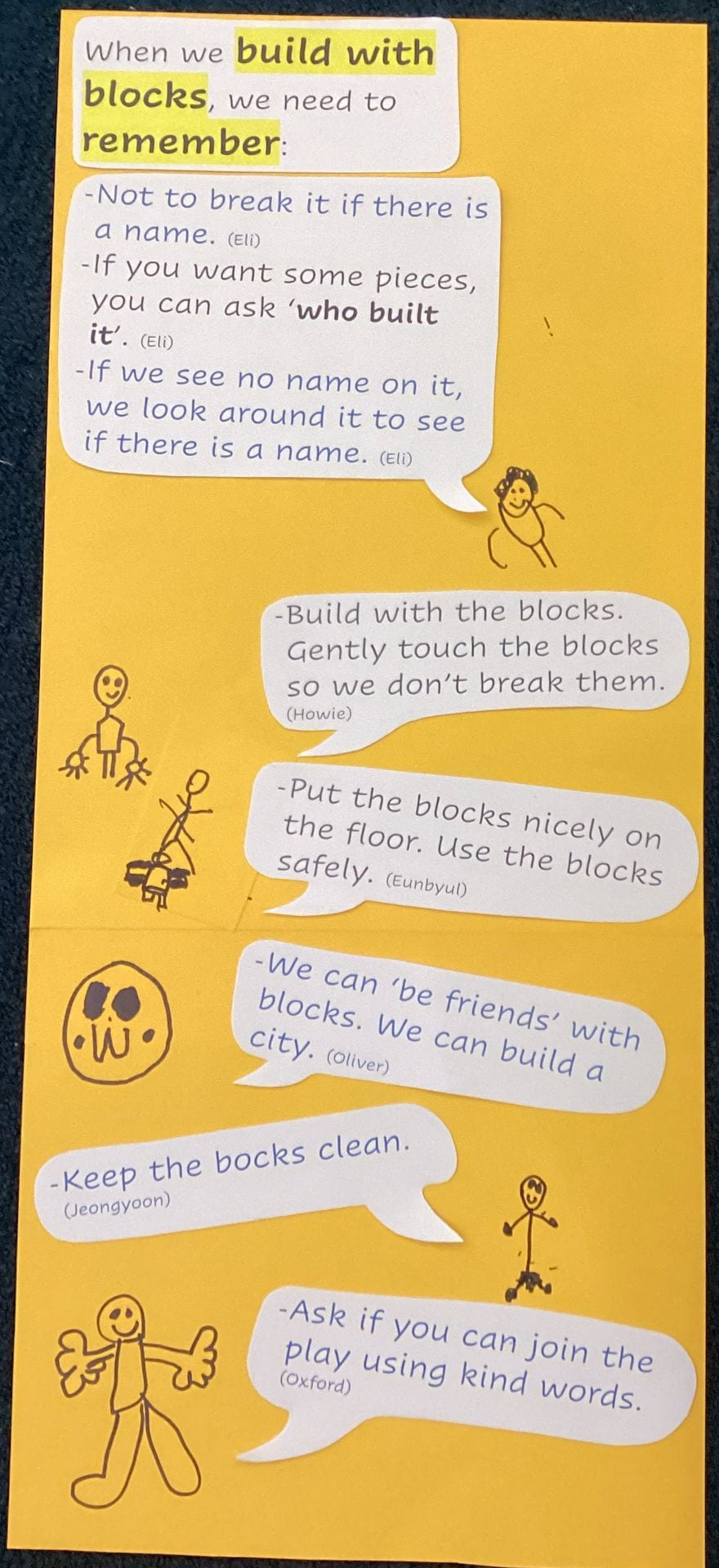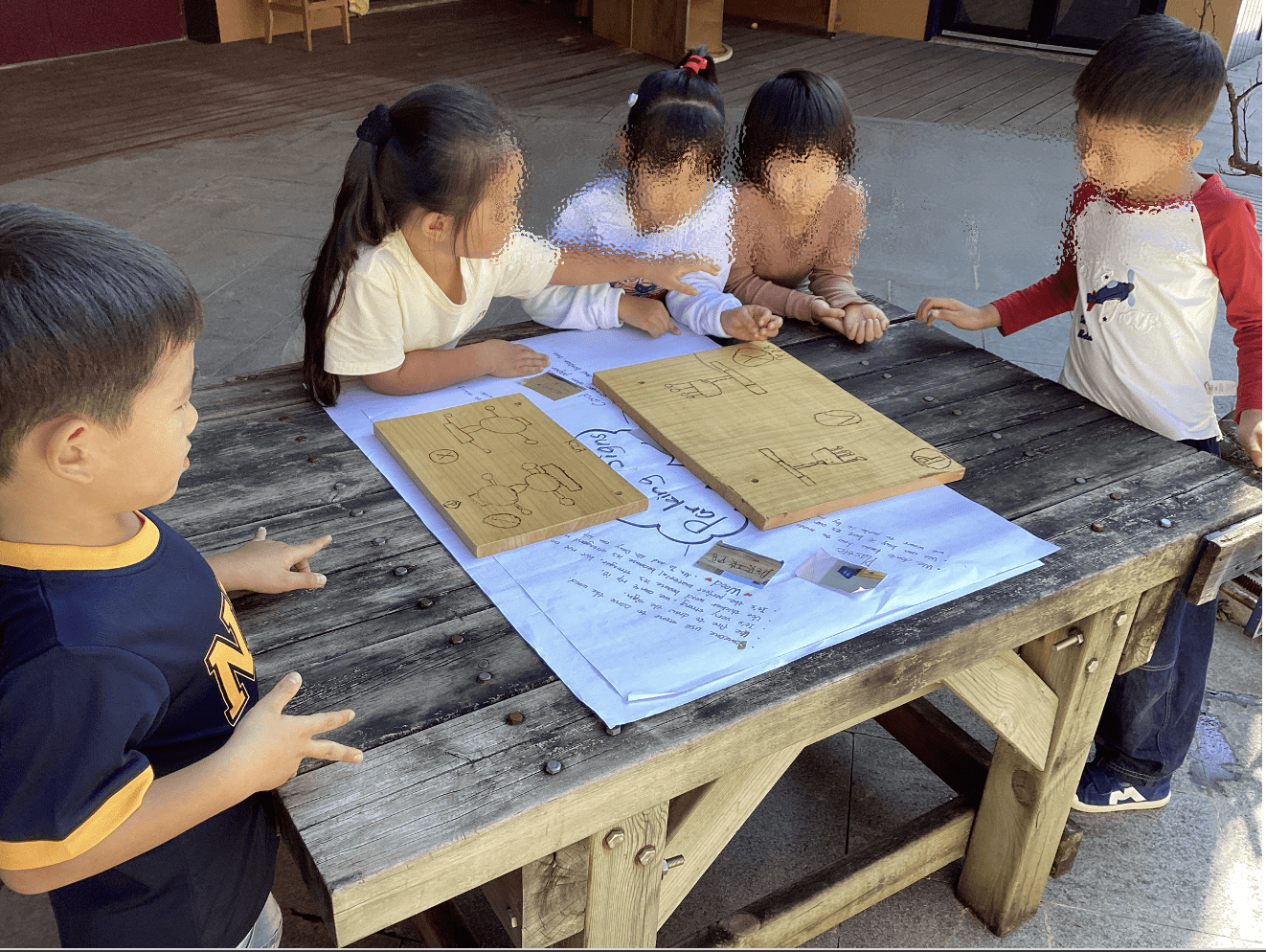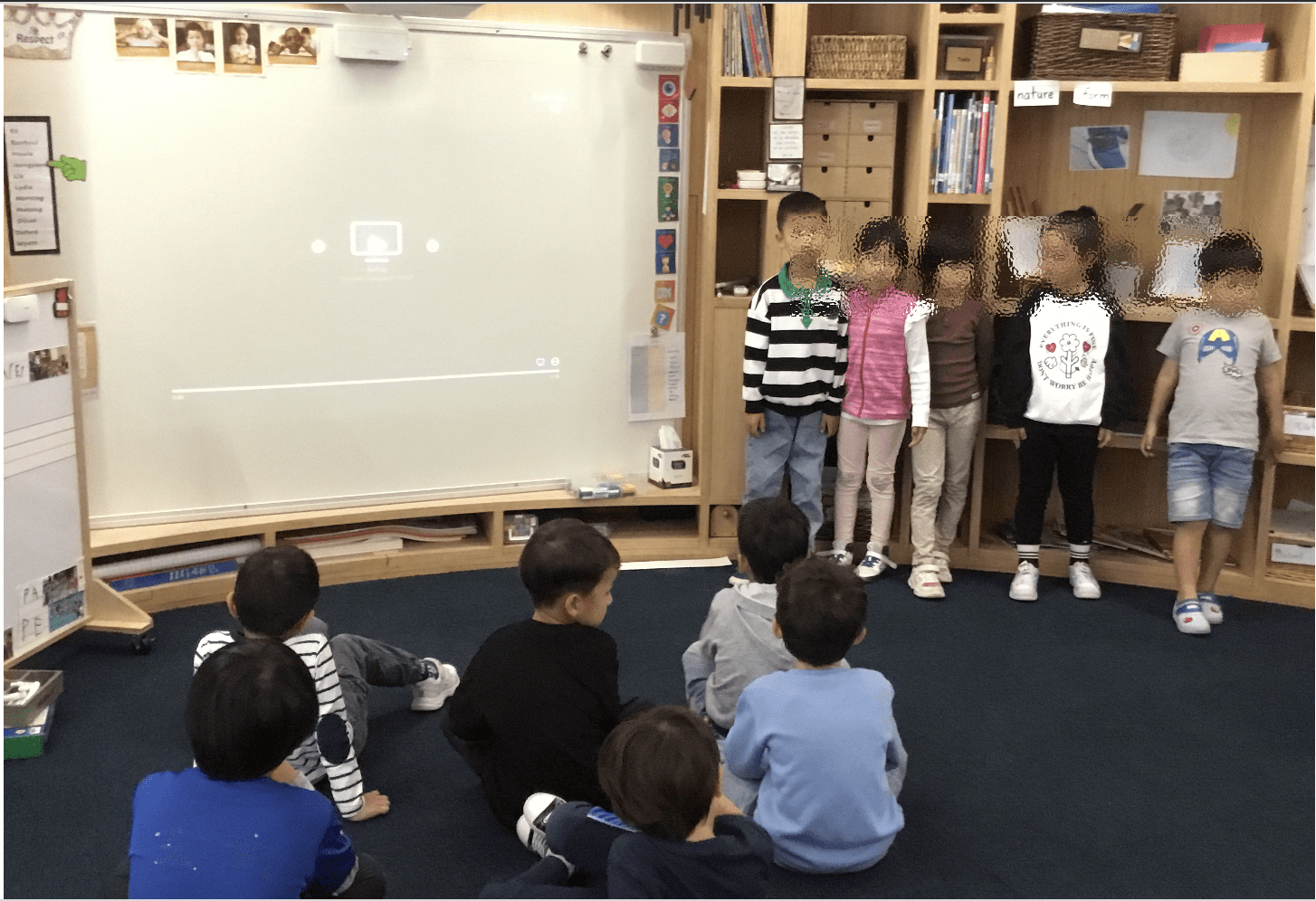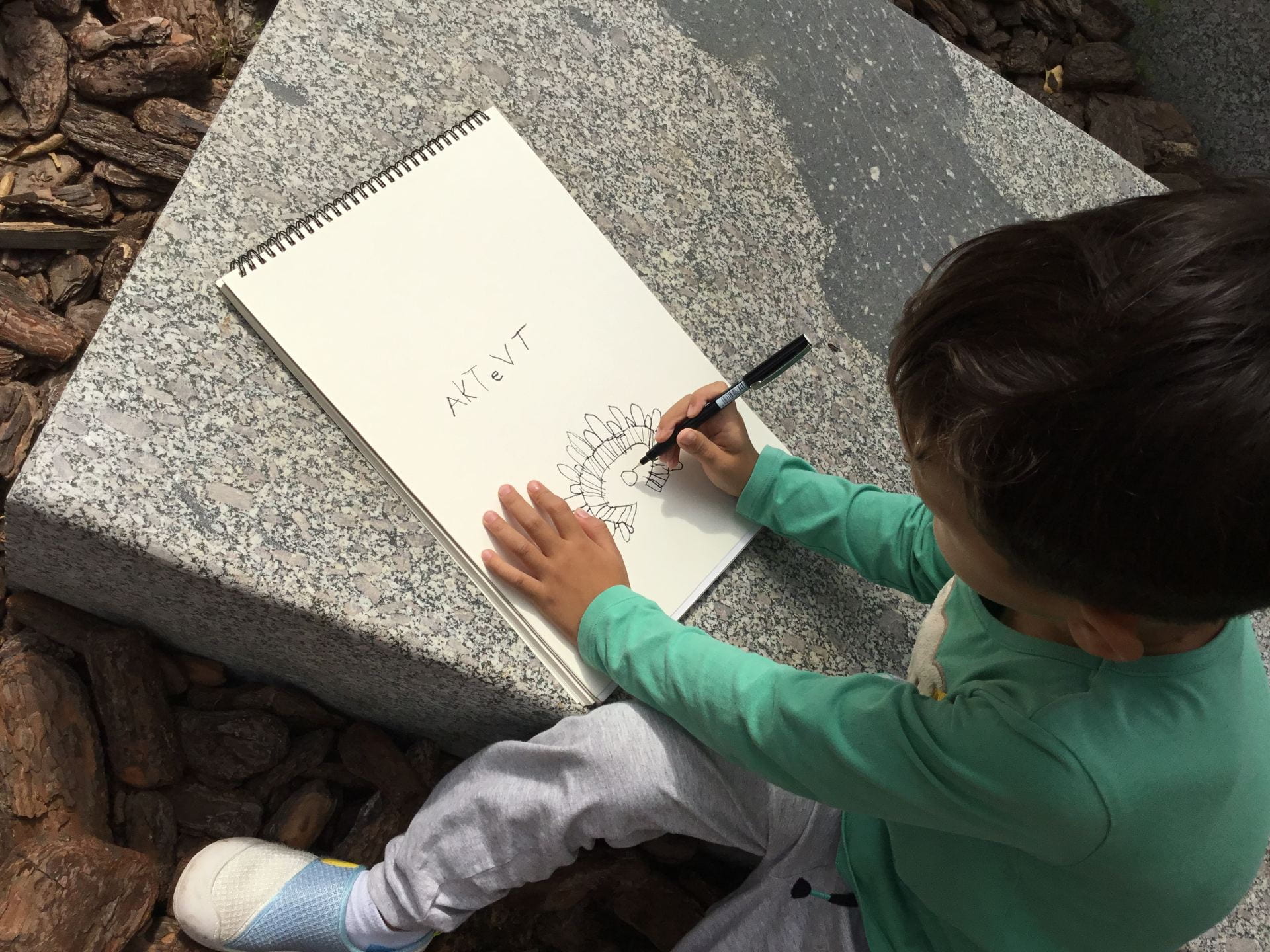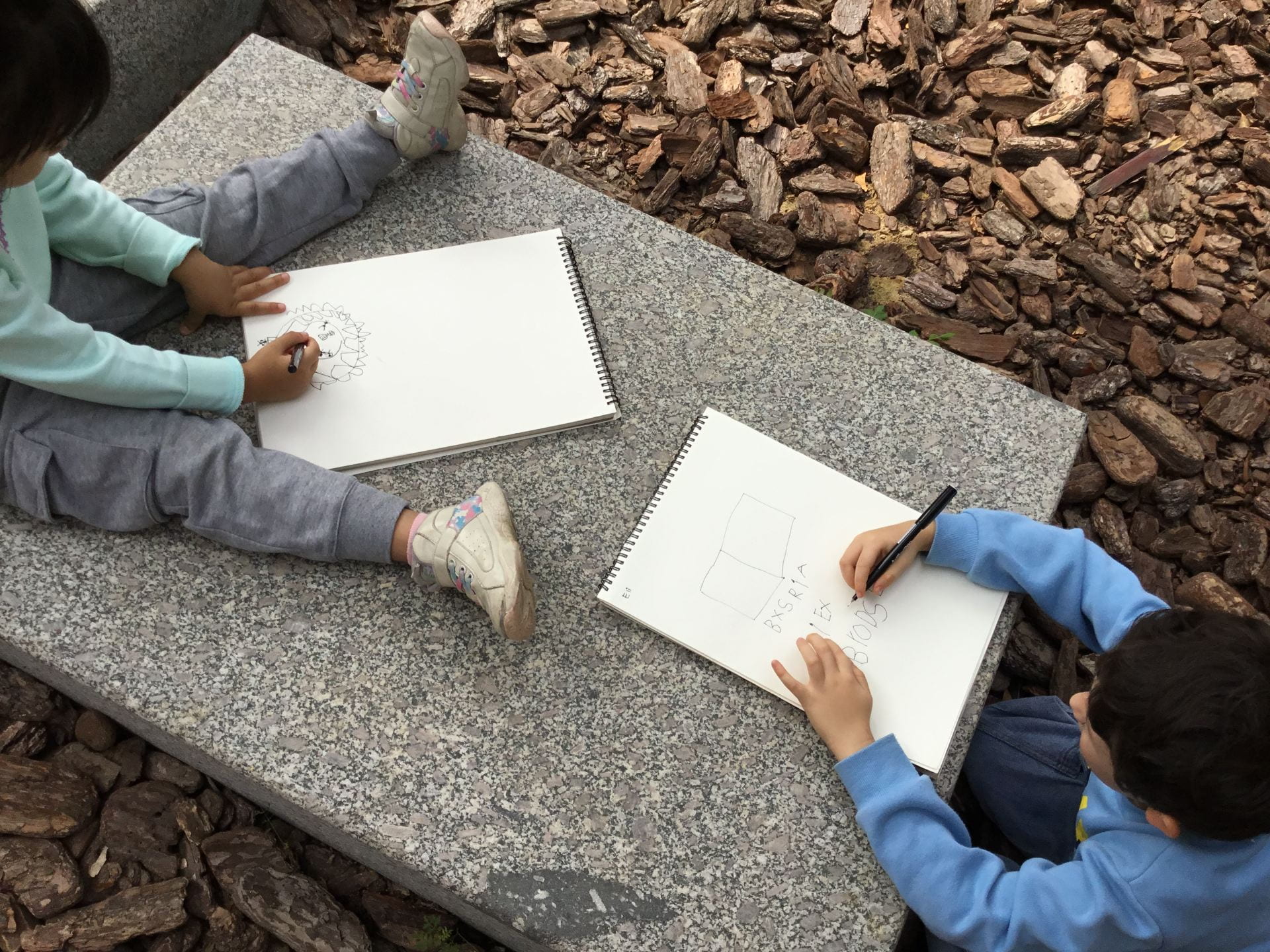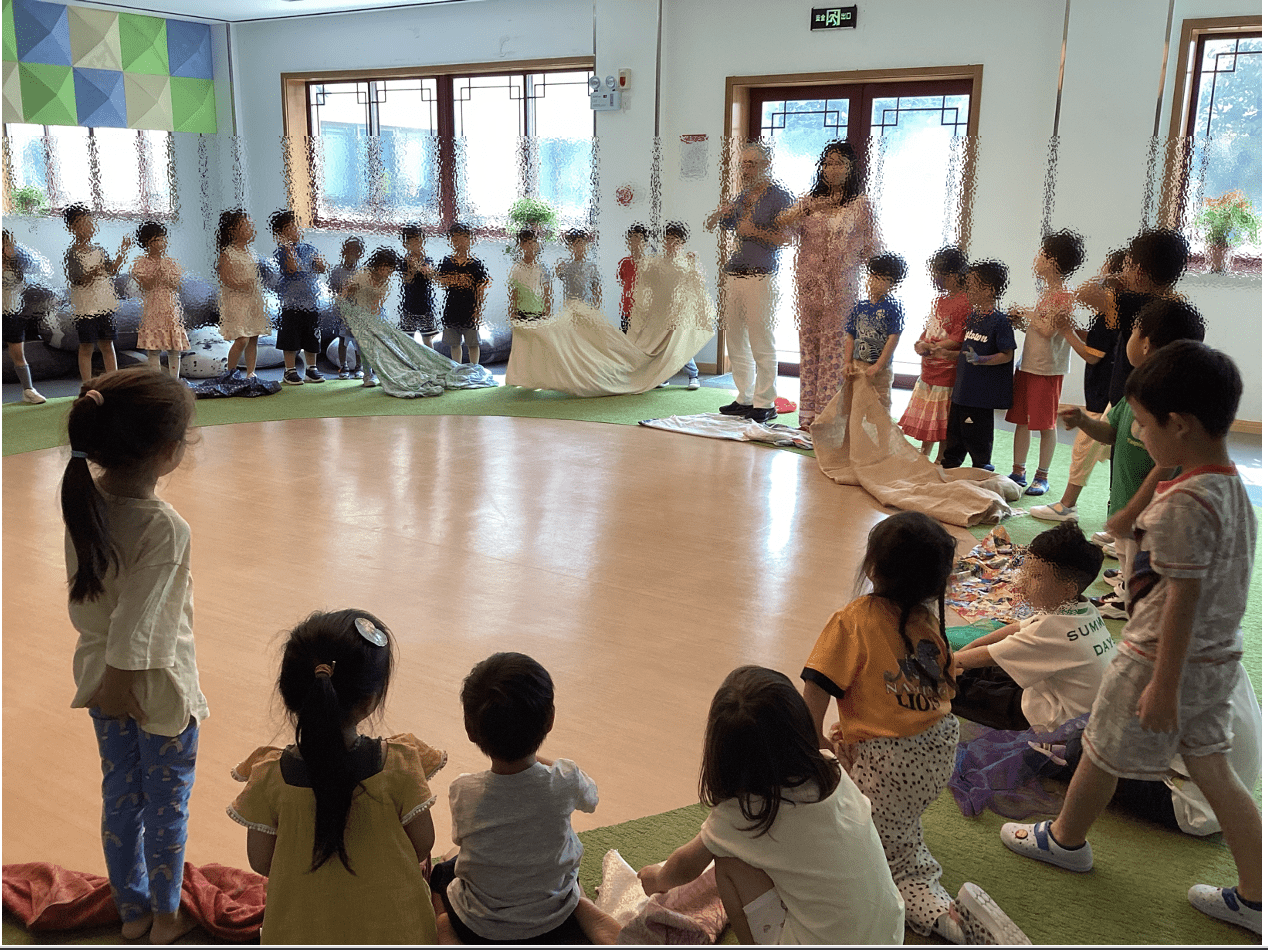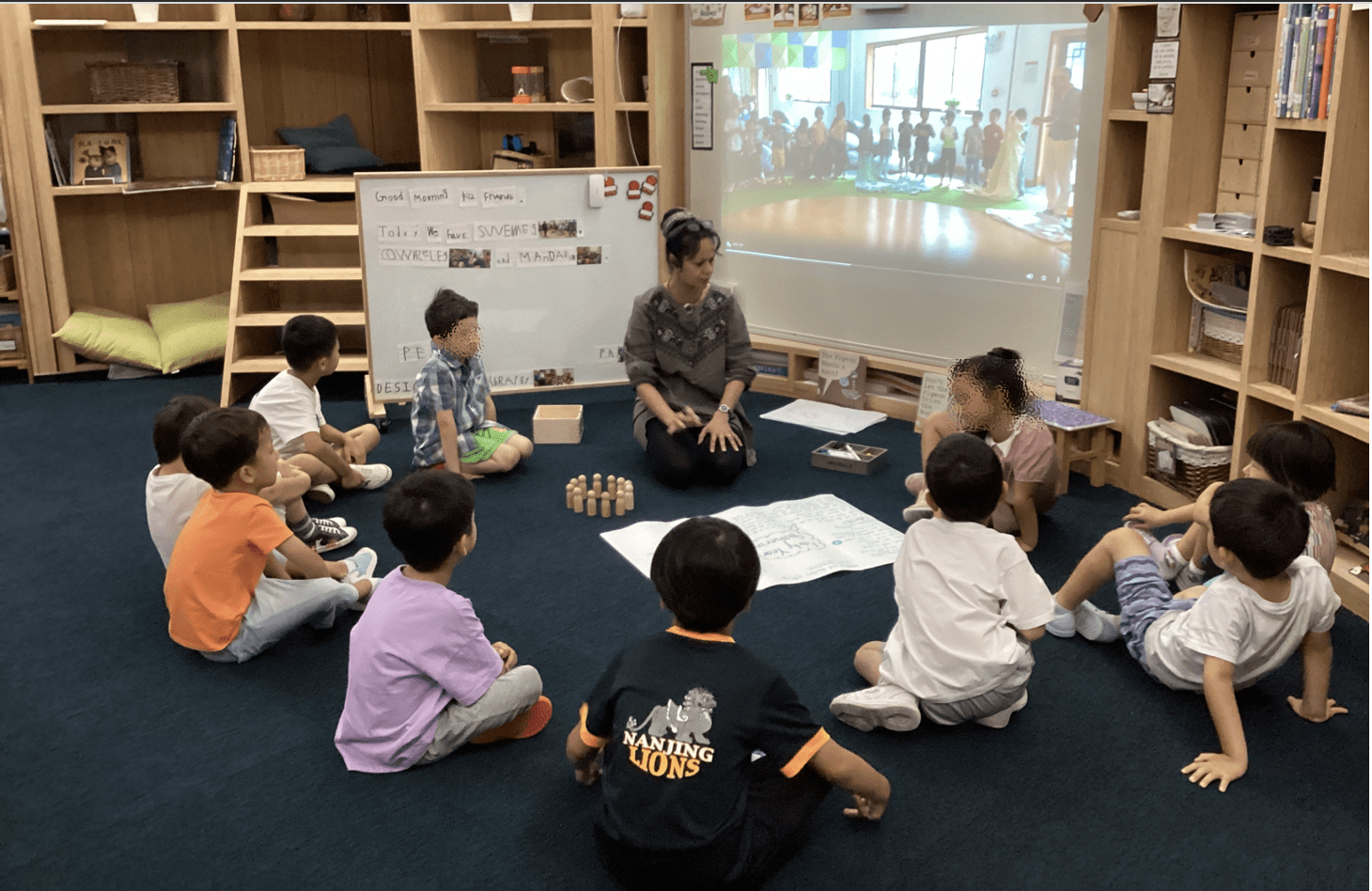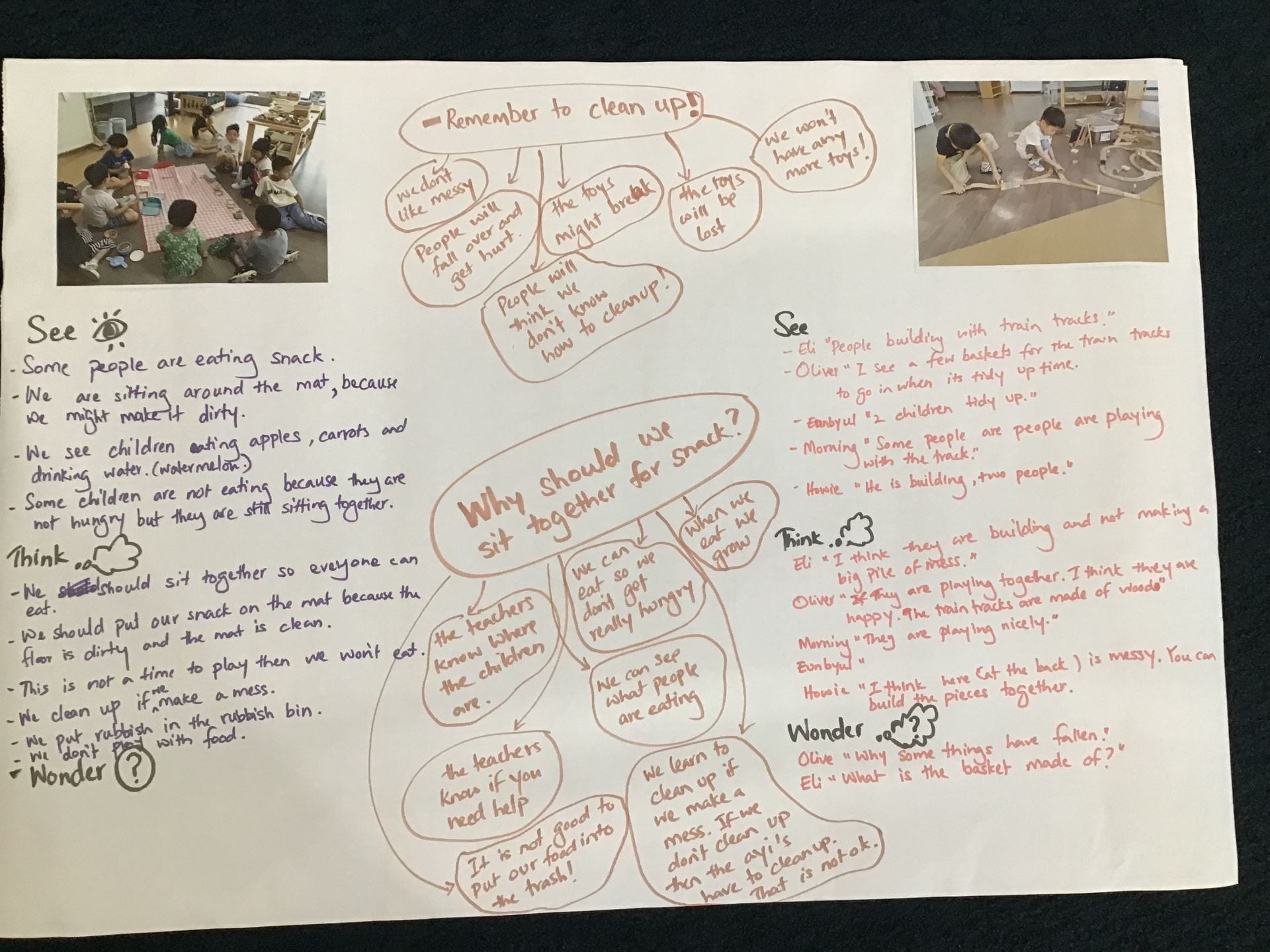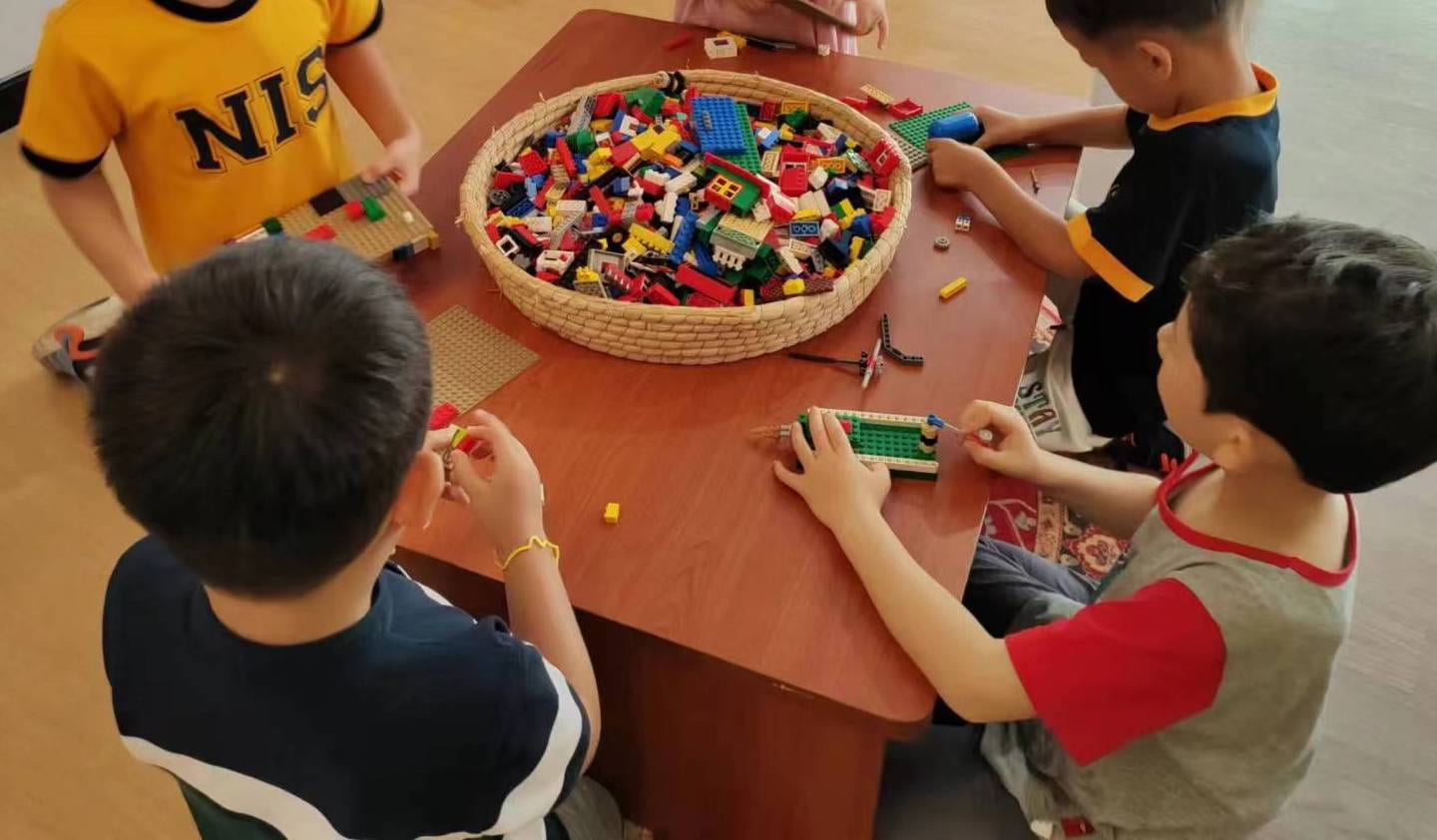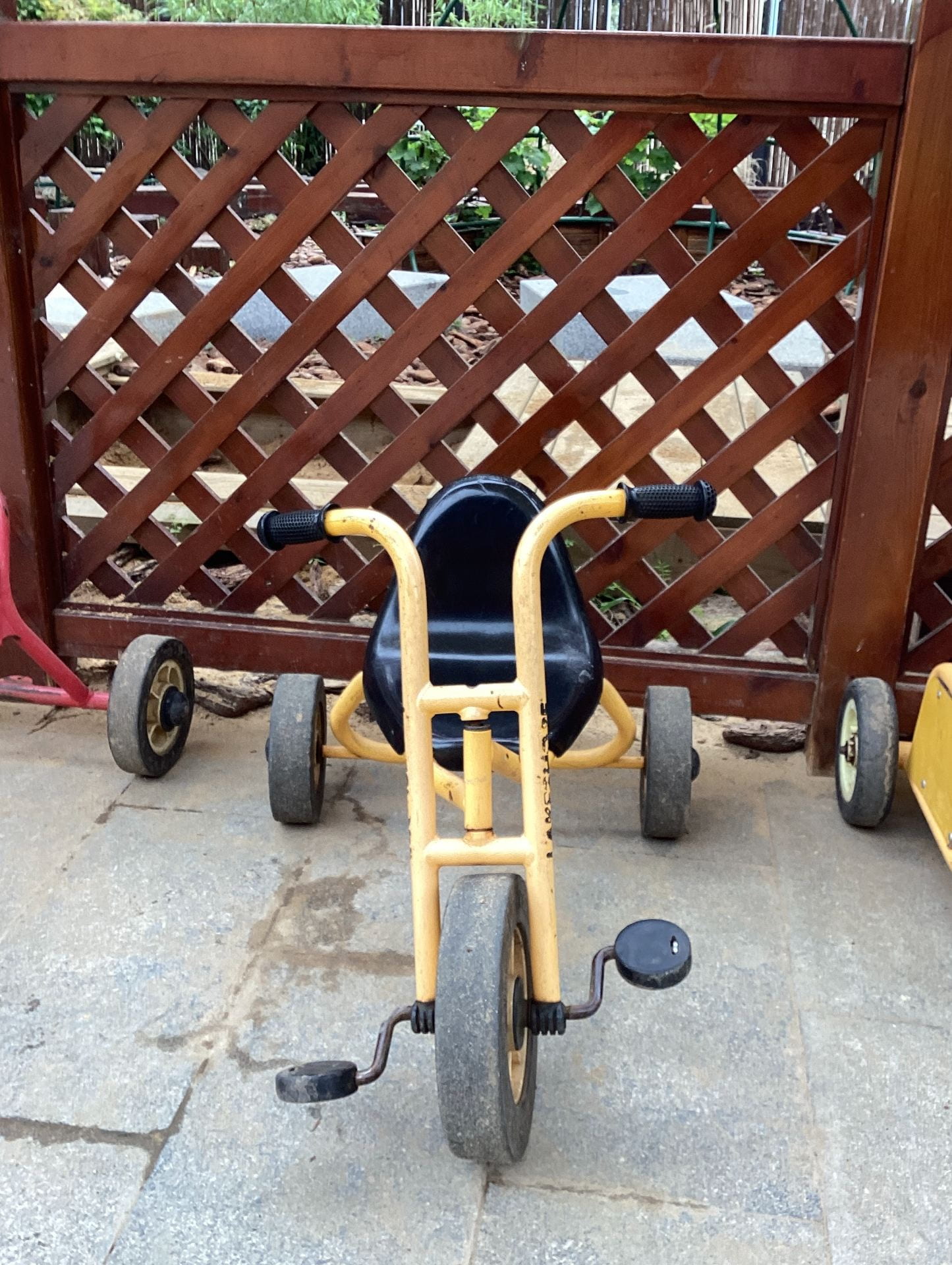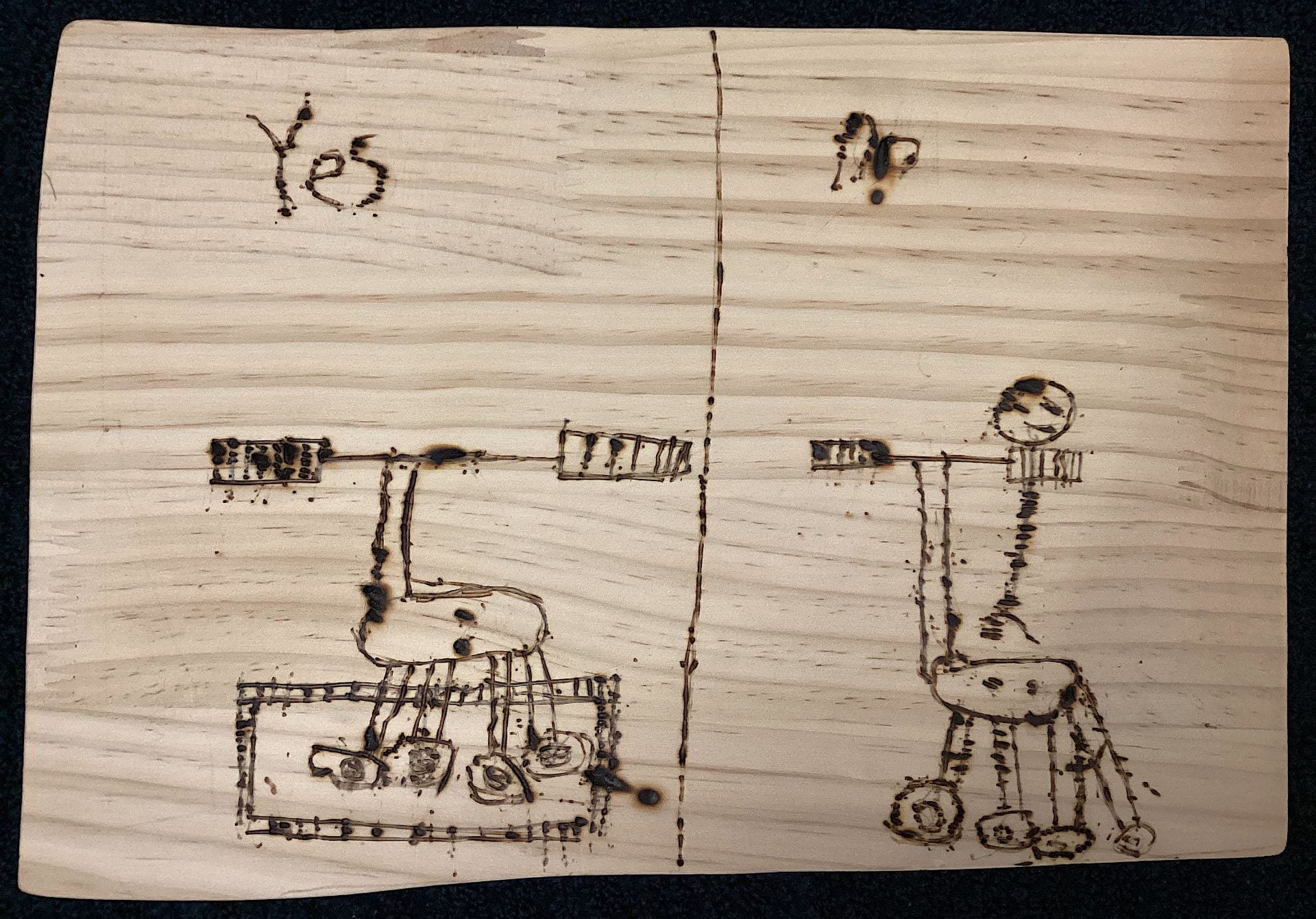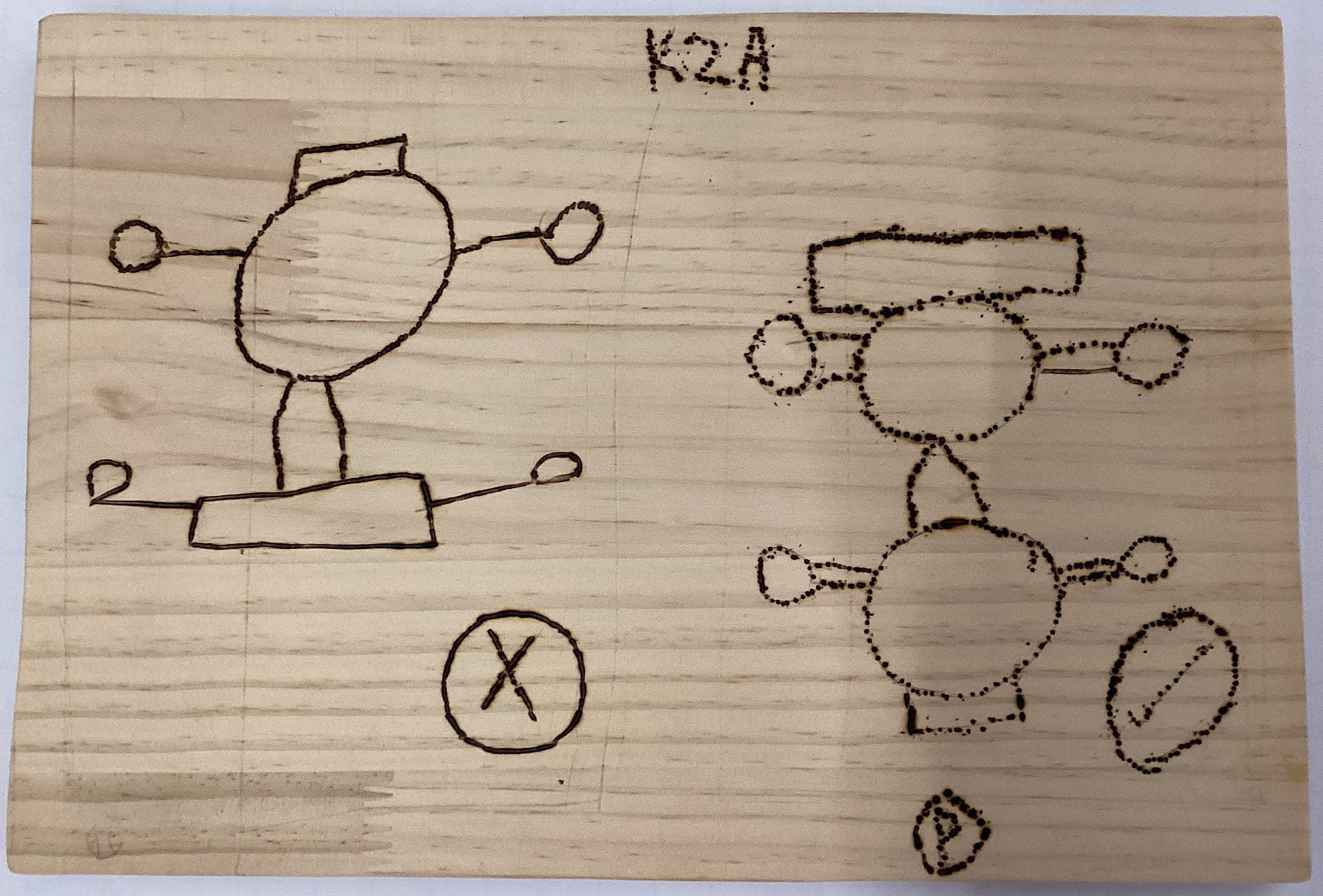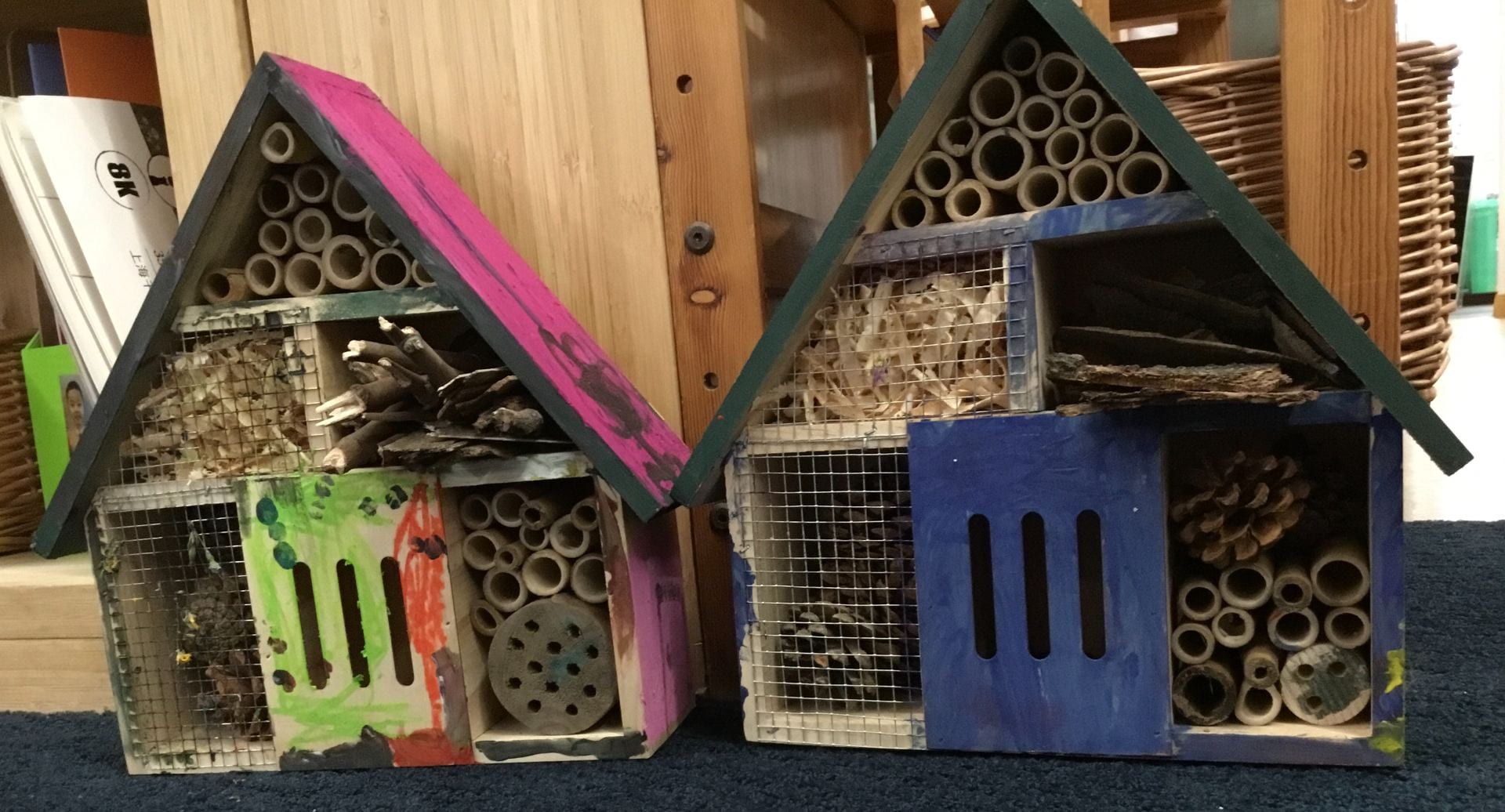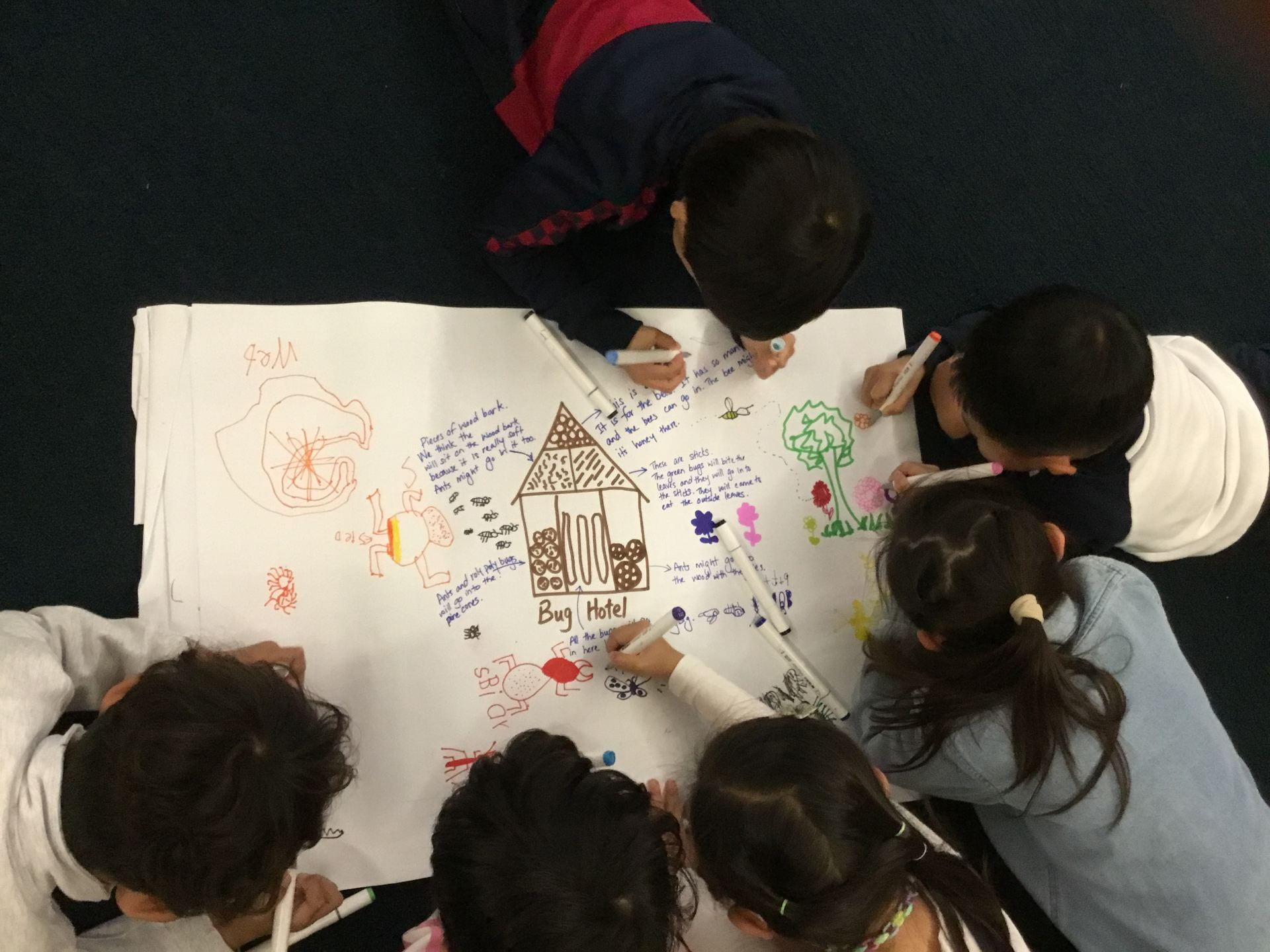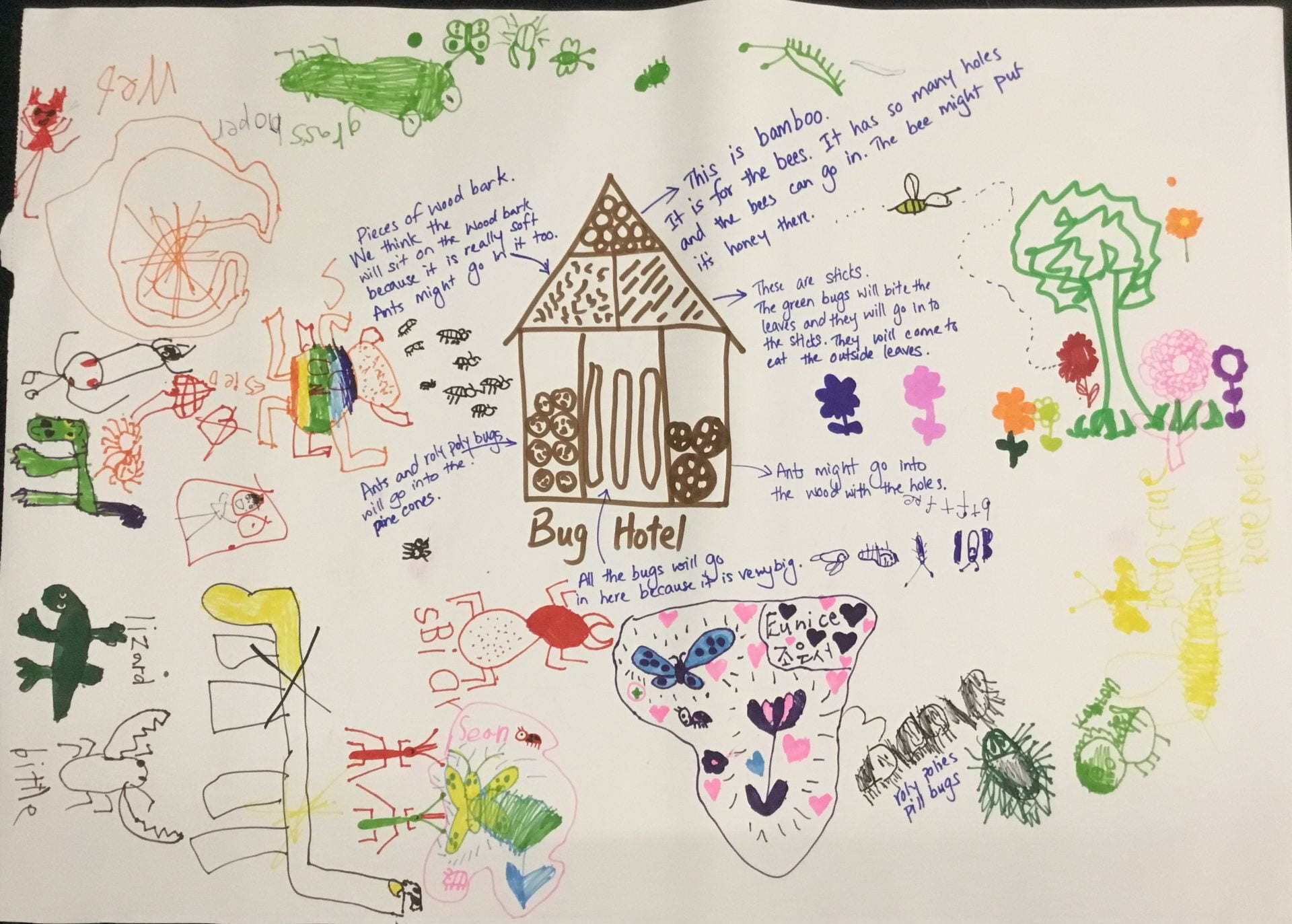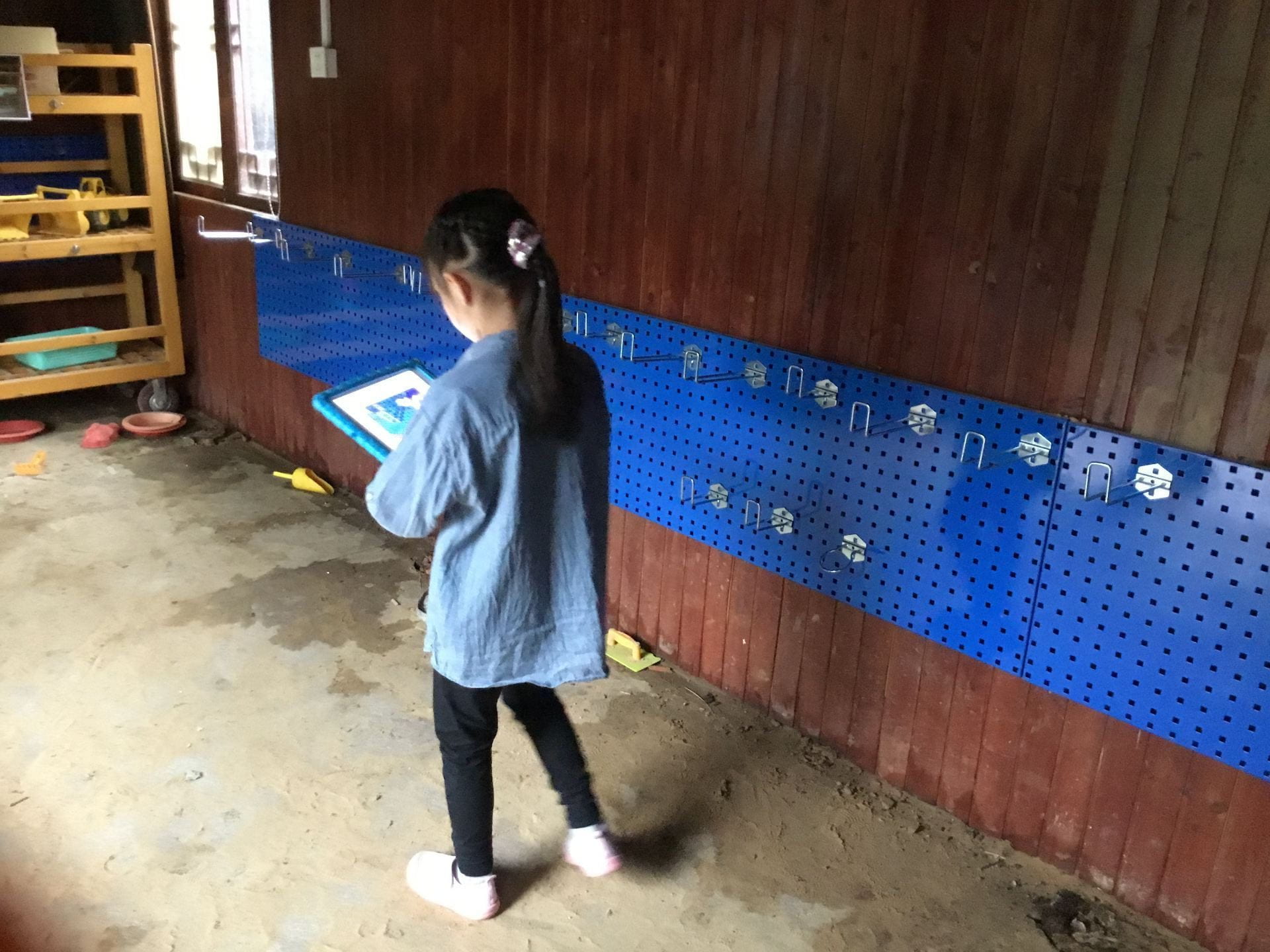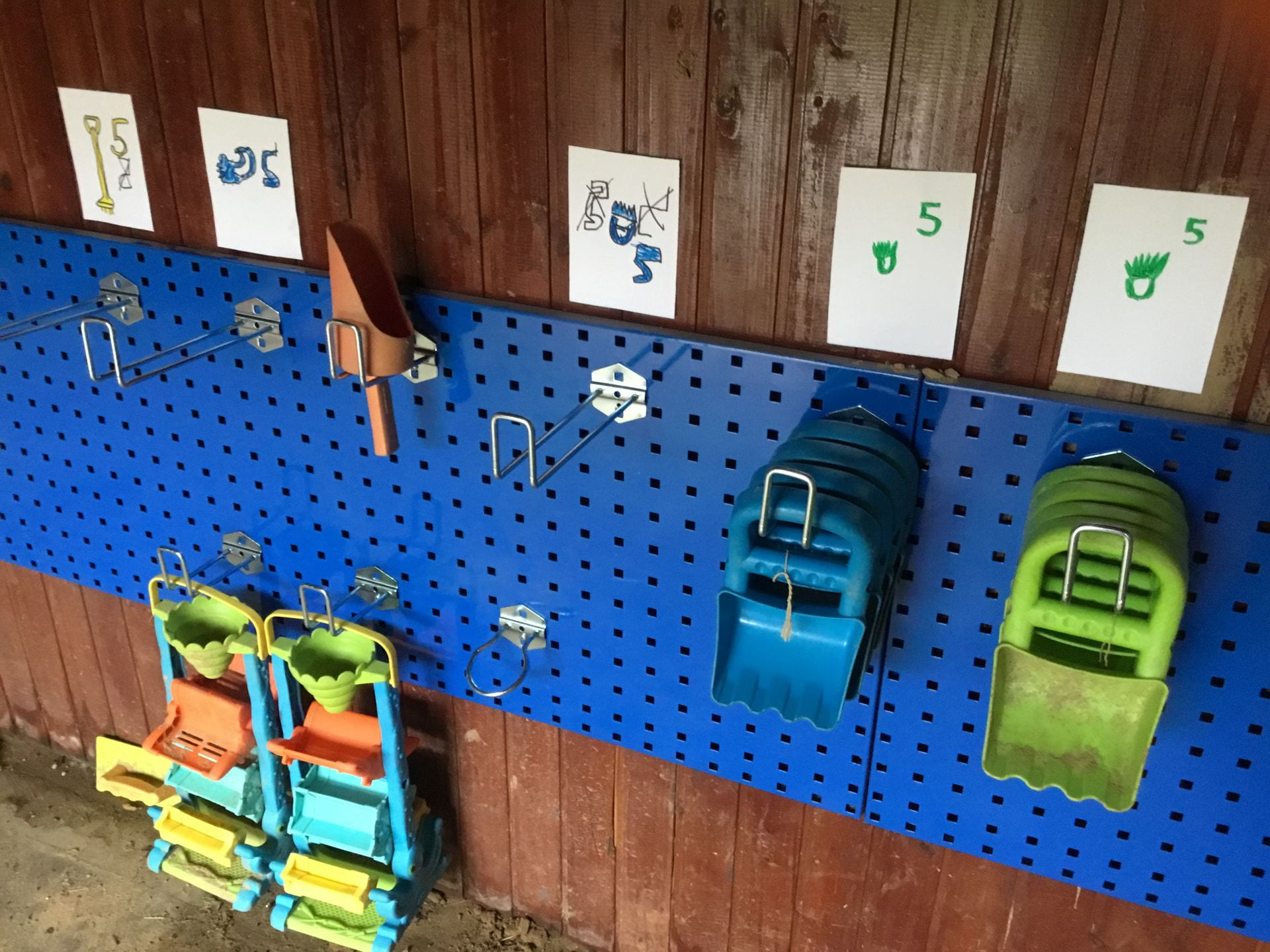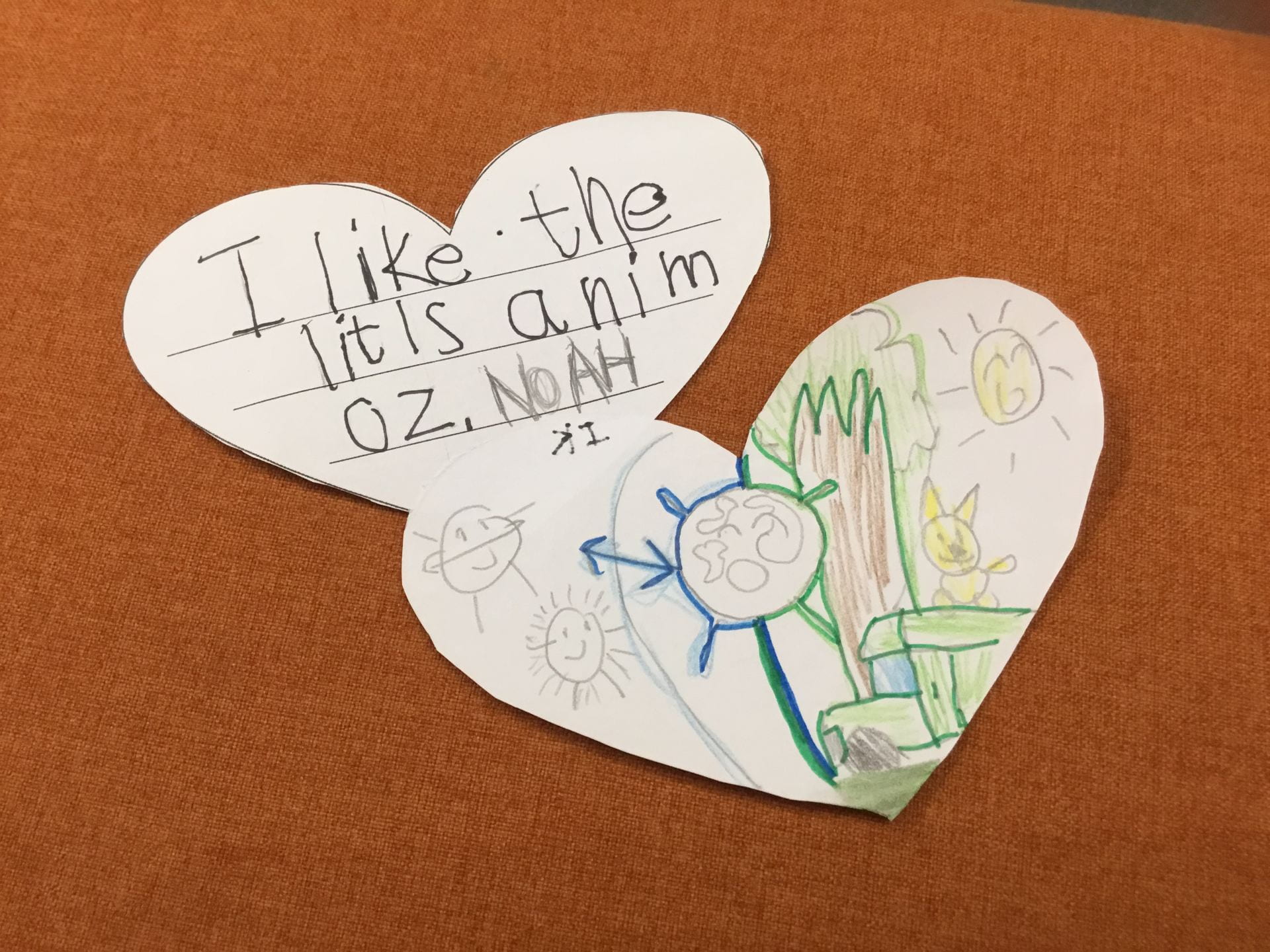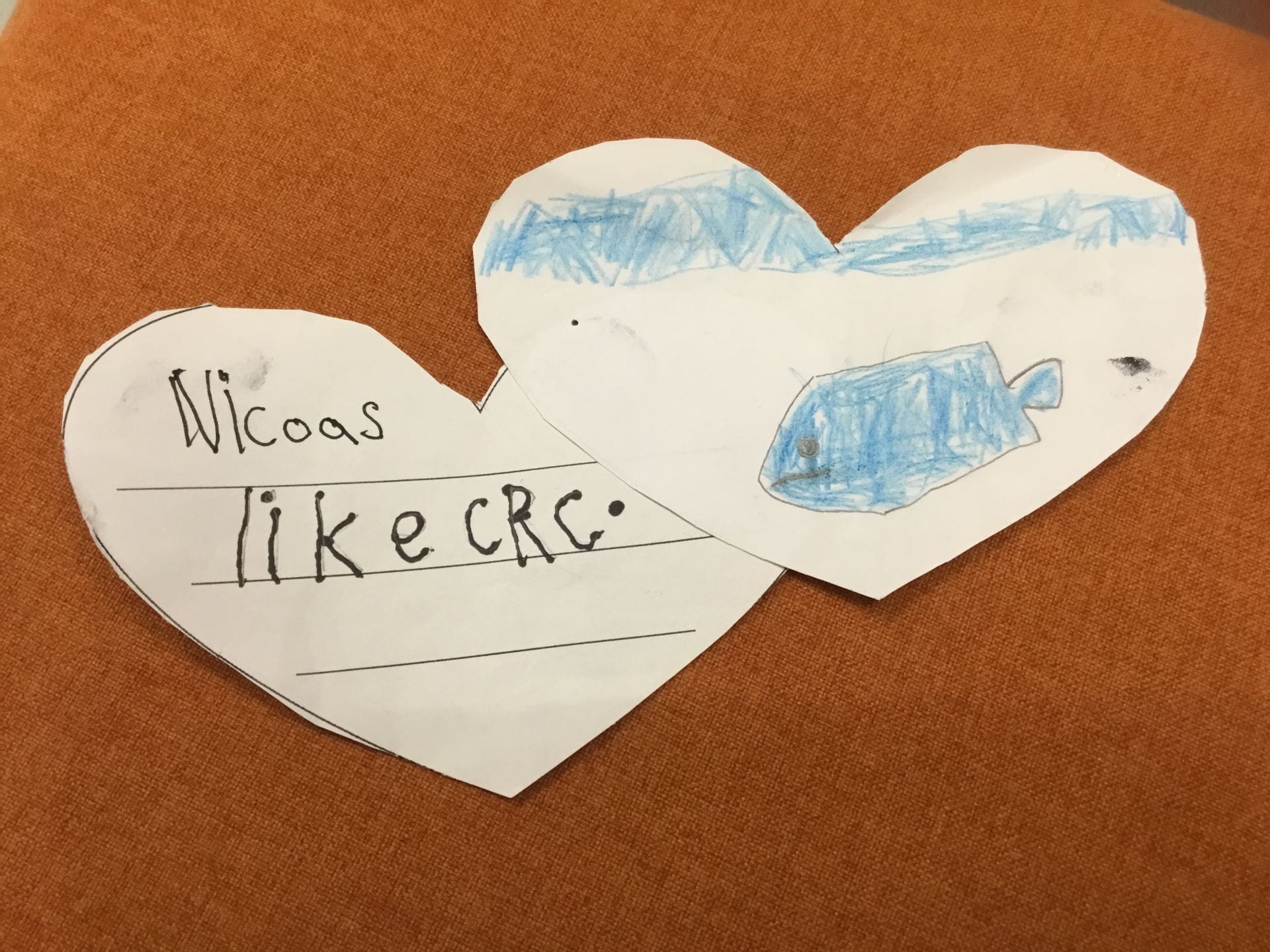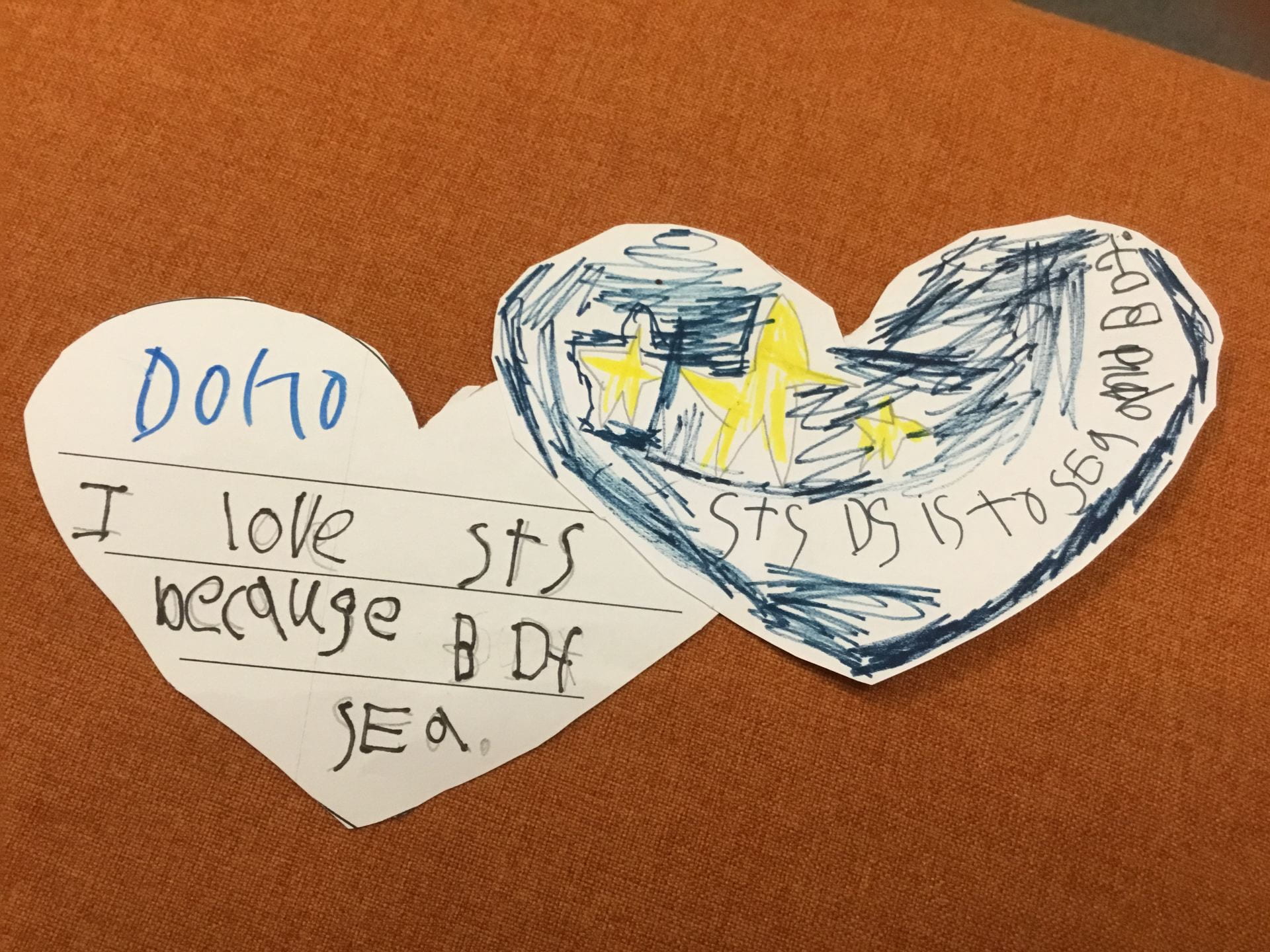Student Presentation on the Recycling Center in Nanjing
Two years ago, Patrick was in K2A. During this time, he was interested in learning about waste and recycling and made a presentation to his class after conducting his research. Patrick is now in grade 2. He recently visited a waste recycling center in Nanjing in response to a unit of study in class and was excited to return to K2 to share what he had learned during his visit.
Oliver, who was in K2A the previous year, had created a poster about waste disposal while learning about recycling. Patrick referred to Oliver’s poster, explaining which items could be disposed of in the different coloured recycling bins. The children have noticed some of these bins around the school campus and were eager to learn more about their function in recycling.
Patrick shared many different photographs of the recycling center, providing explanations on the Process of transporting and sorting materials such as paper, food and plastic waste. He was excited to talk about how long it takes for materials such as paper, fabric and plastic to decompose.
The next day, we revisited Patrick’s presentation.
- Suzy “It is the machine.”
- Riccardo “He said it is so stinky.”
- Suzy “They take long to disappear.”
- Jacob “In soil. They will disappear in the soil. How many years it takes to disappear.”
- Suzy “Cardboard is harder than paper so it has the different number. It takes longer to disappear than paper.”
- Suzy “This is for the trees.”
- Isabella “This is from the food garbage. Its good for the plants.”
- Riccardo “So they can grow up big like the trees.”
- Jacob “I put the new soil in the new plants in the NIS garden, before K2. Ms. Hannah let me help she, I was putting new soil because then the trees will be grown up.”
- Evan “The things get grabbed and it takes it away.”
- Isabella “It can carry the weight of two elephants.”
- Ciel “This is wood. This is to make something new. Maybe wooden chairs.”
- Jacob “Wooden tables. Some people can make wood chairs and wood tables and something else with wood.”
- Riccardo “And have glass waste.”
- Junsu “This is cans. This is waste cans.”
- Jacob “It will make it into new bottles. Someone will use the fire to make it like disappear, then you can make the new bottle.”
- Suzy “They are recycling it.”
- Mohammad “This garbage. This is bad. Water bottle in garbage.”
- Suzy “Patrick wanted the NIS to be not so stinky. Too many trash. The children are making the trash because they have a lot of trash in their hands from the paper and bottles.”
- Jacob “And some cans. And wood and cans.”
- Suzy “He wants us not to make so many trash.”
Ms. Shemo showed the children her snack bag. It was made of plastic.
- Suzy “Because you have the plastic bag which is going to be the trash.”
- Jacob “Even the tissue.”
- Suzy “Ms. Shemo will throw the plastic bag in the bin and then it’s going to be stinky. It is going to take 30 years to disappear.”
- Jacob “If you don’t want to eat the bread, then it will be in the trash too.”
- Riccardo “You can buy a snack box to carry it to school.”
- Jacob “You can wash it then”
Ms. Hannah “Do you notice any trash waste around you at home?”
- Riccardo “I don’t have trash at home.”
- Hannah “How do you have no trash? What do you do?
- Riccardo “Its only a little bit because we don’t use so much. Because my mum throws the trash in the other places.”
- Euno “I only have a little bit trash at home because so many trash is waste food. Korean trash is different but here we can find other trash altogether. In Korea trash is not wasted.”
We wonder about the action the children will take in response to Patrick’s presentation on the importance of recycling.

